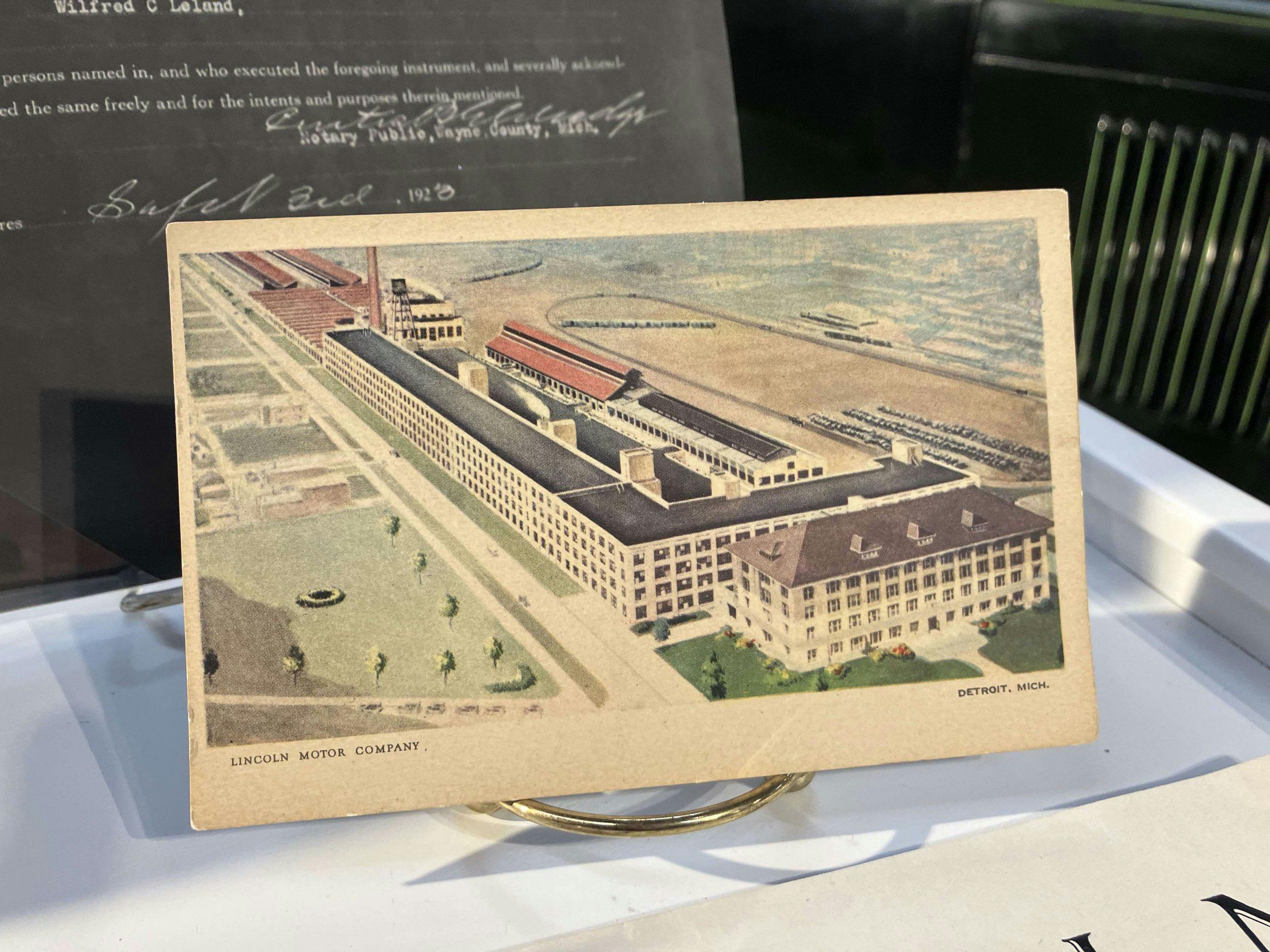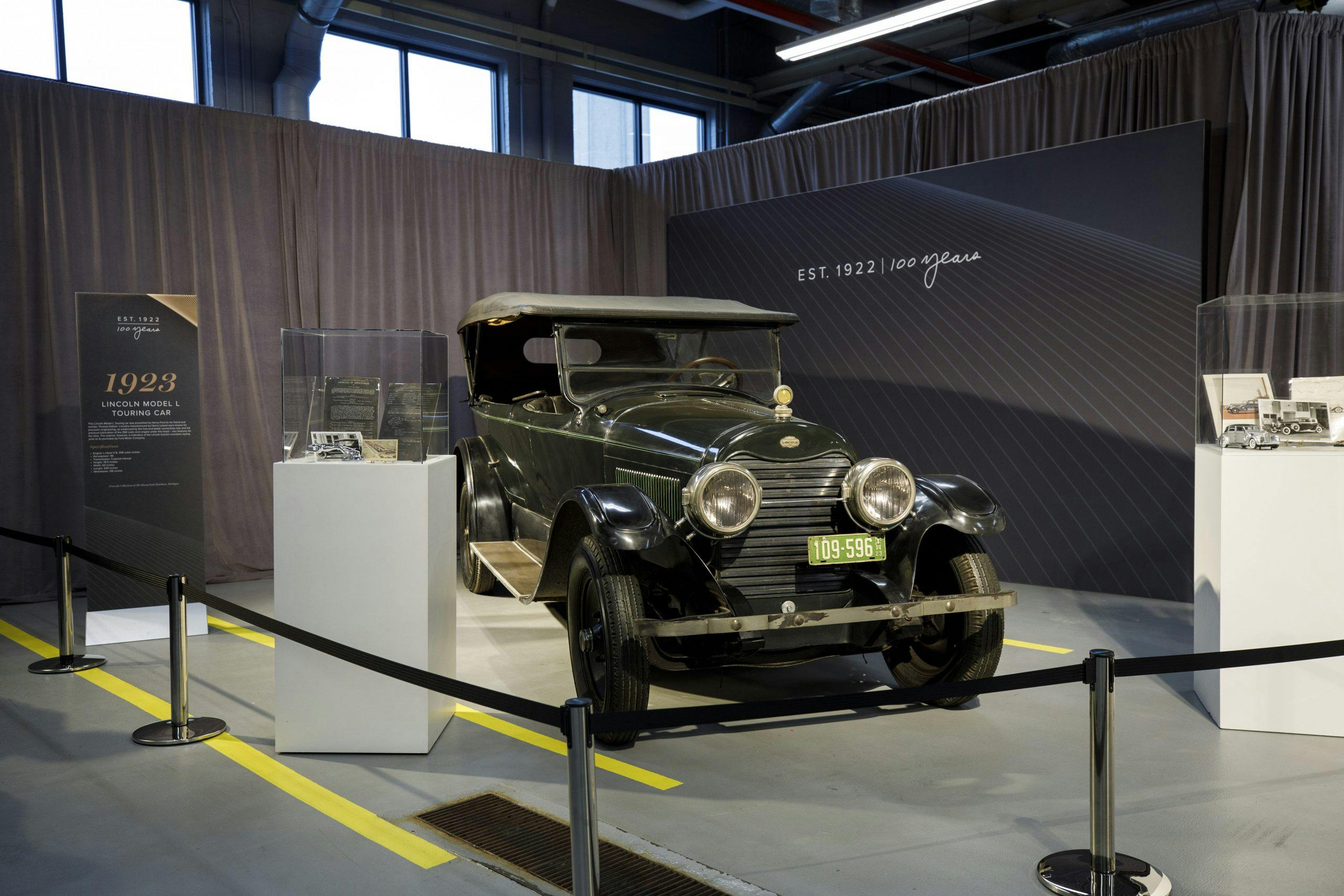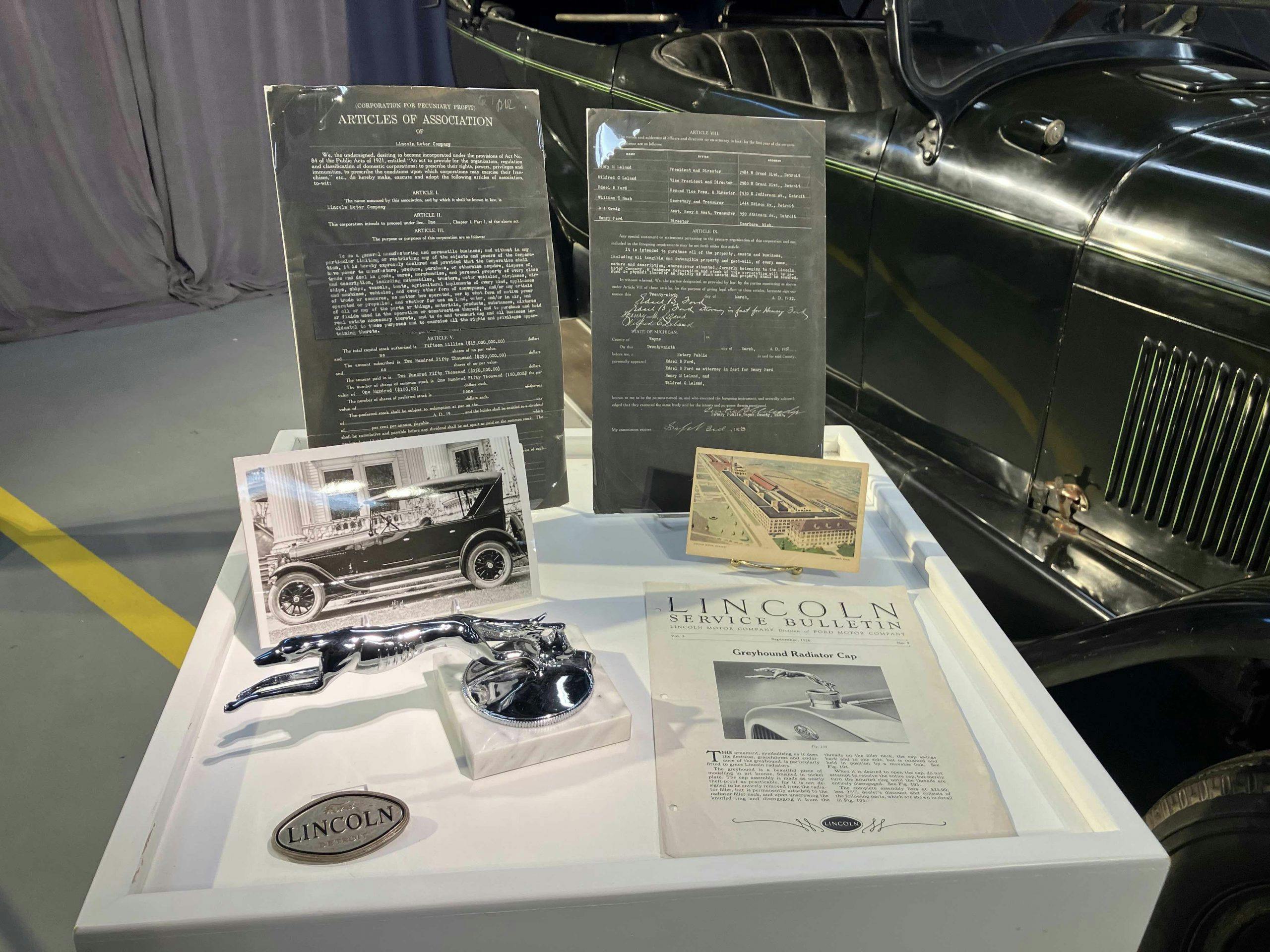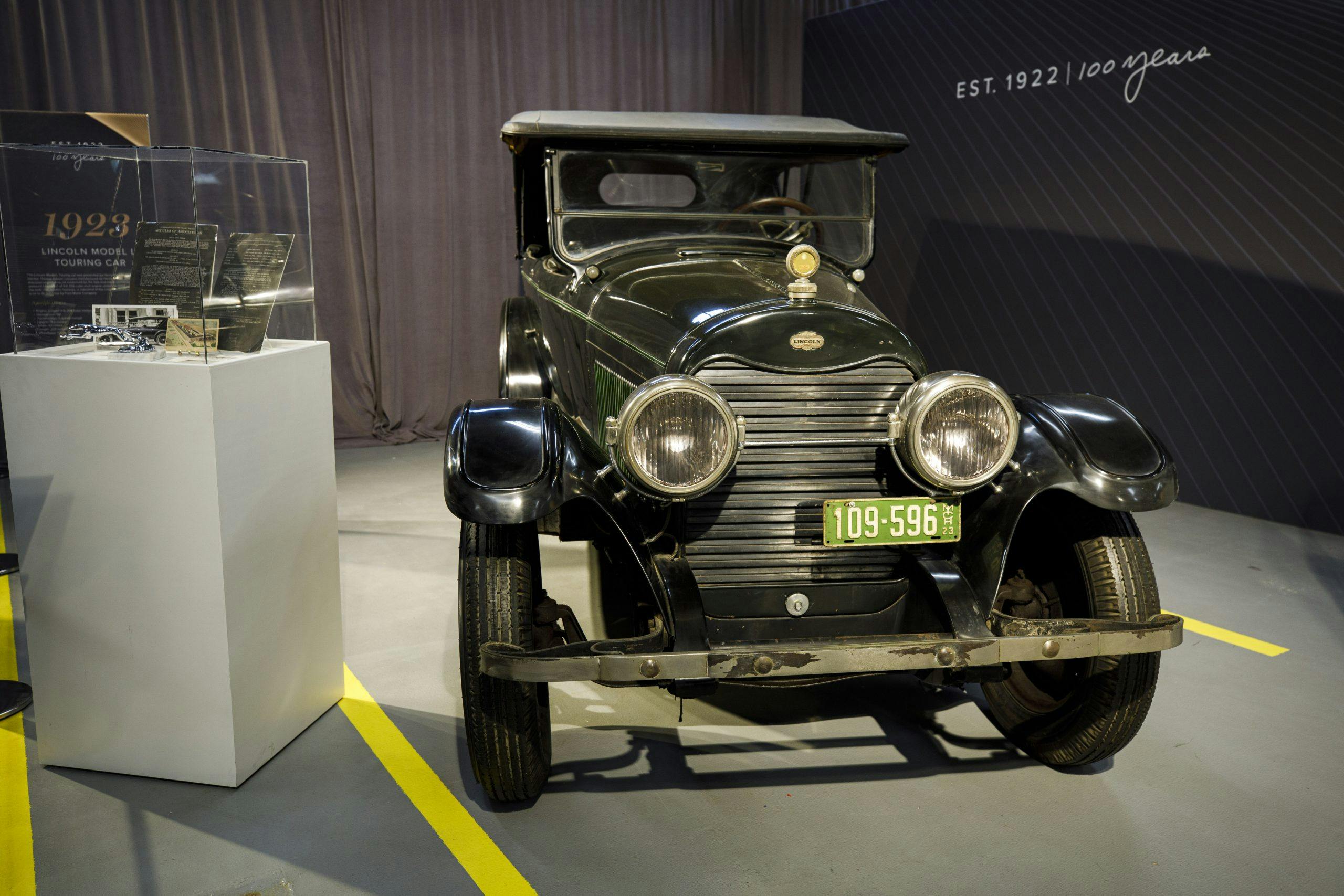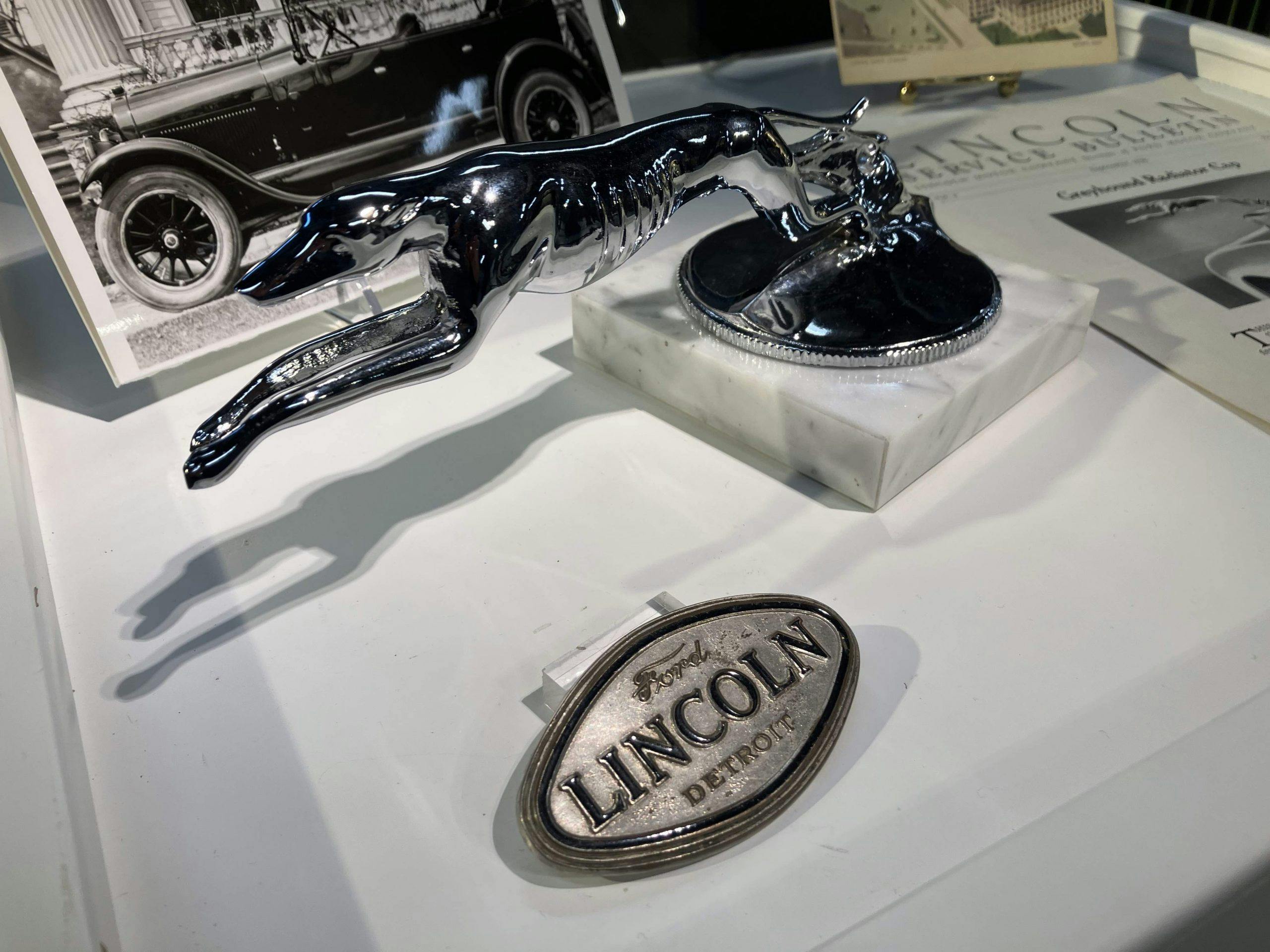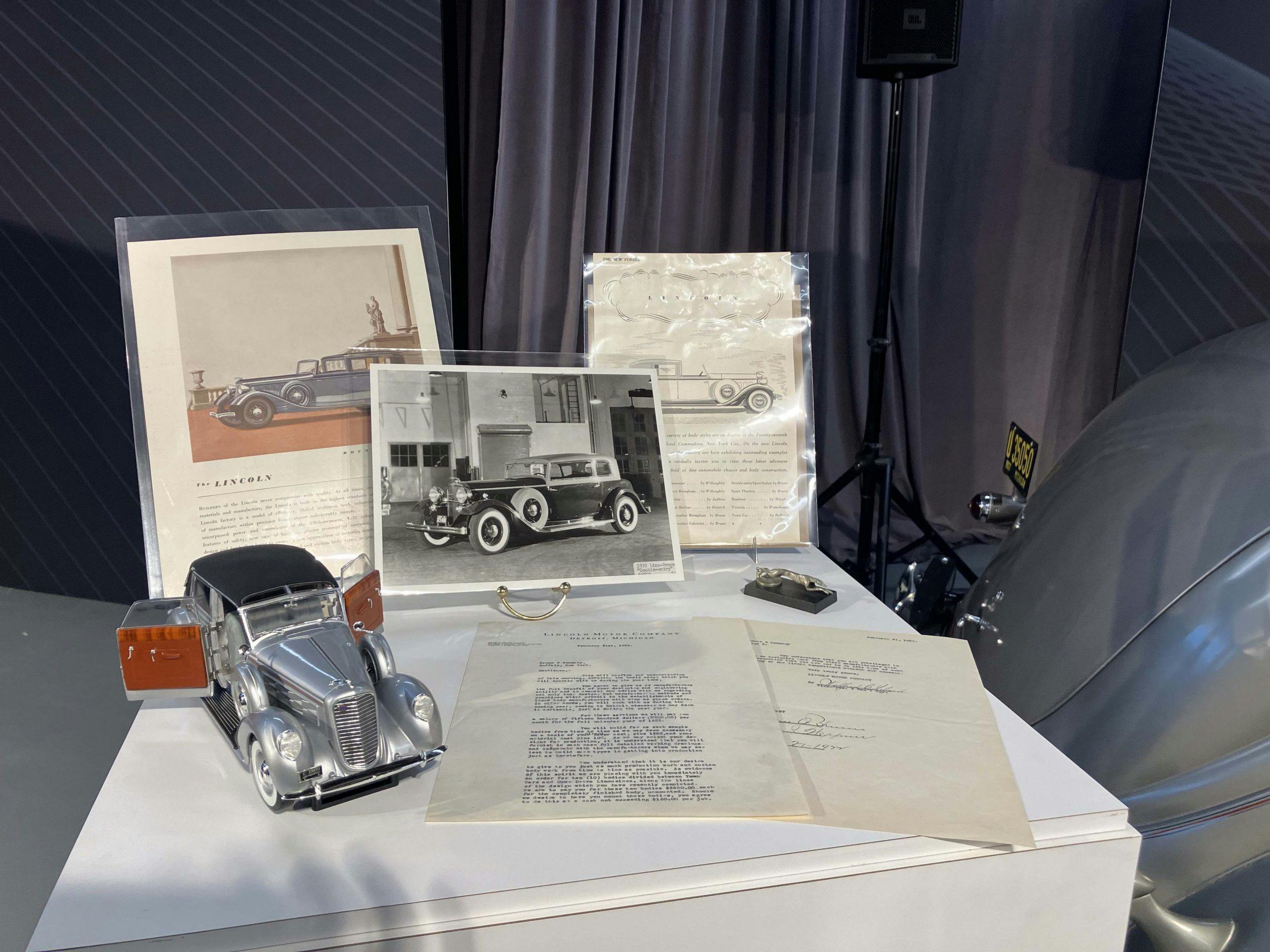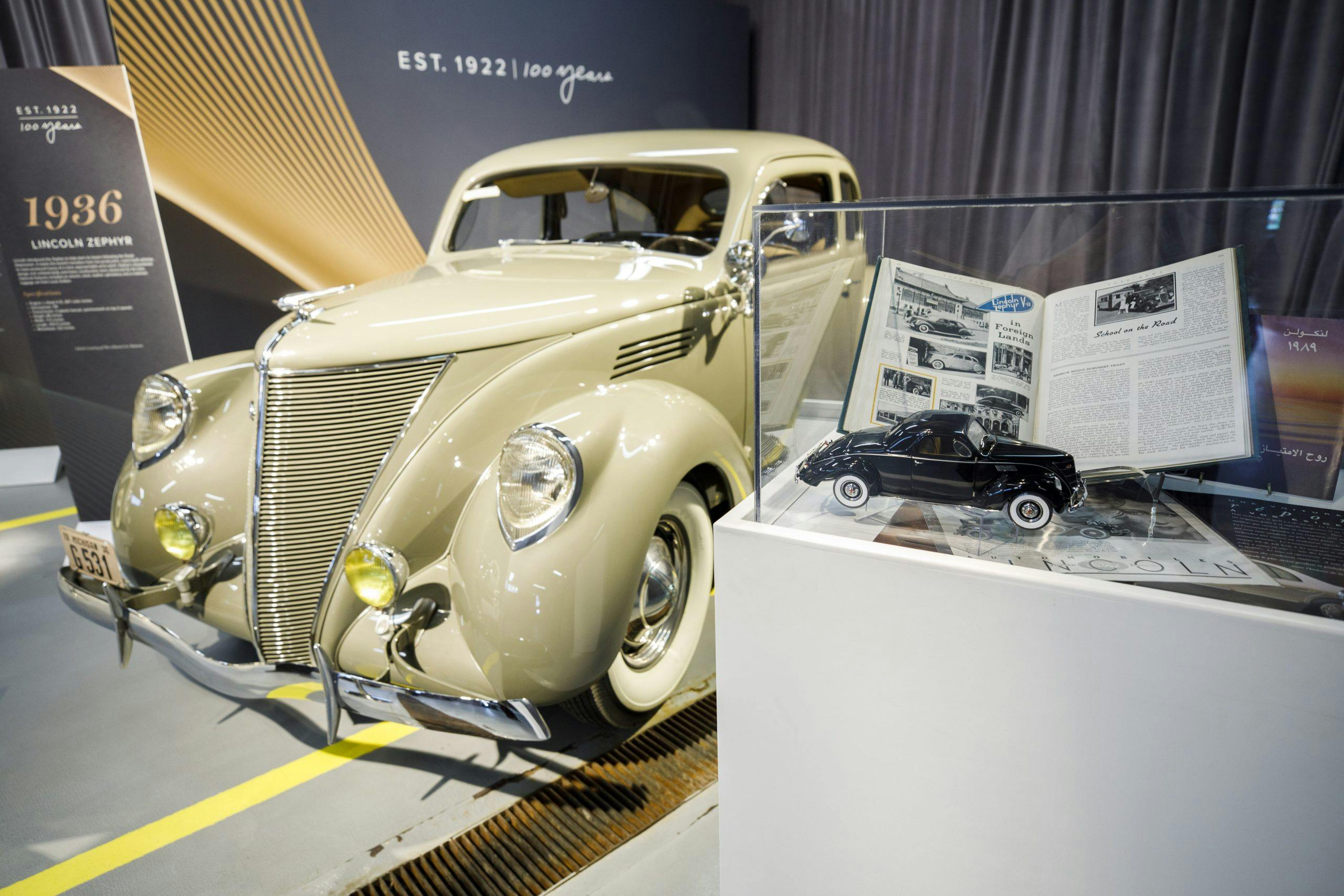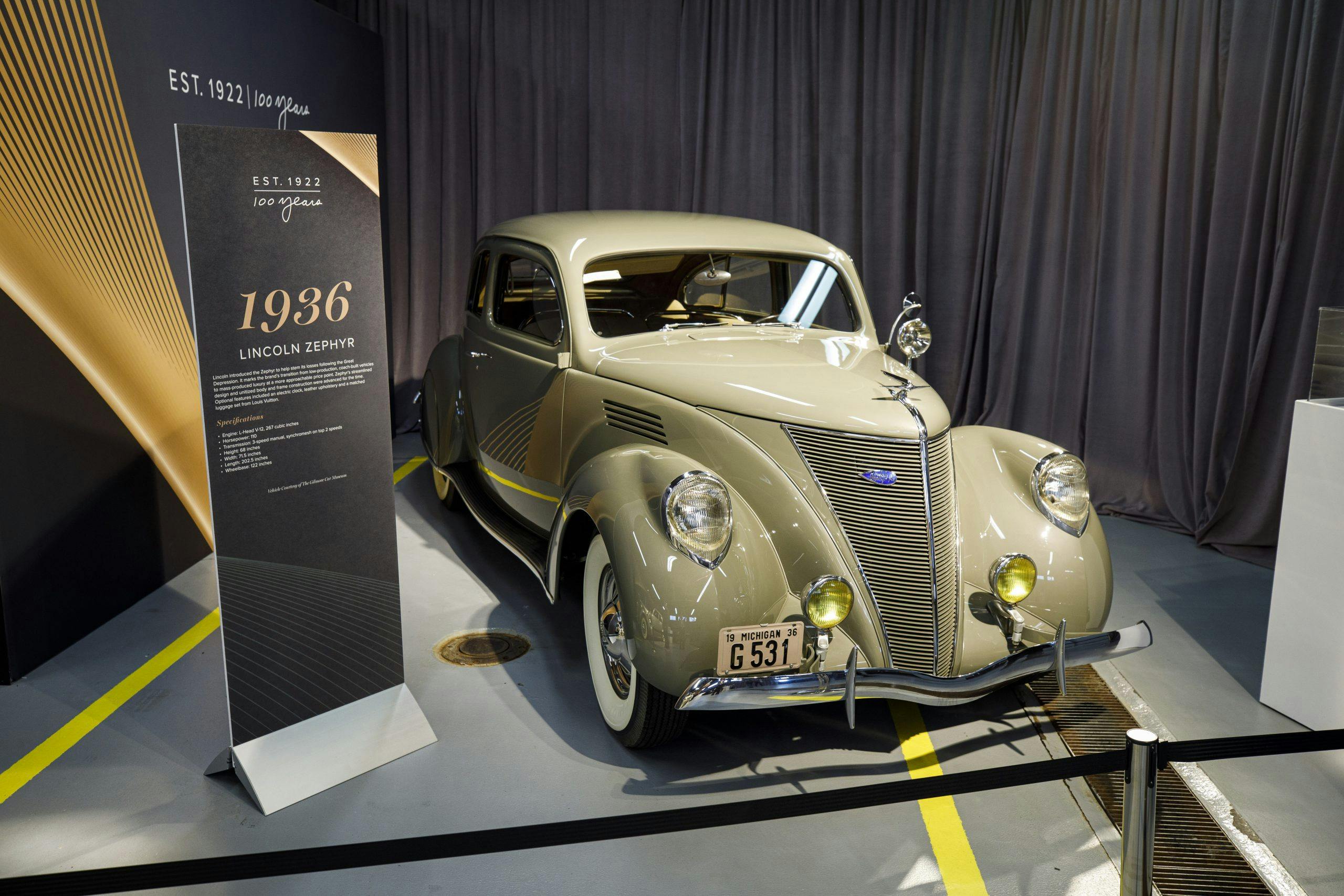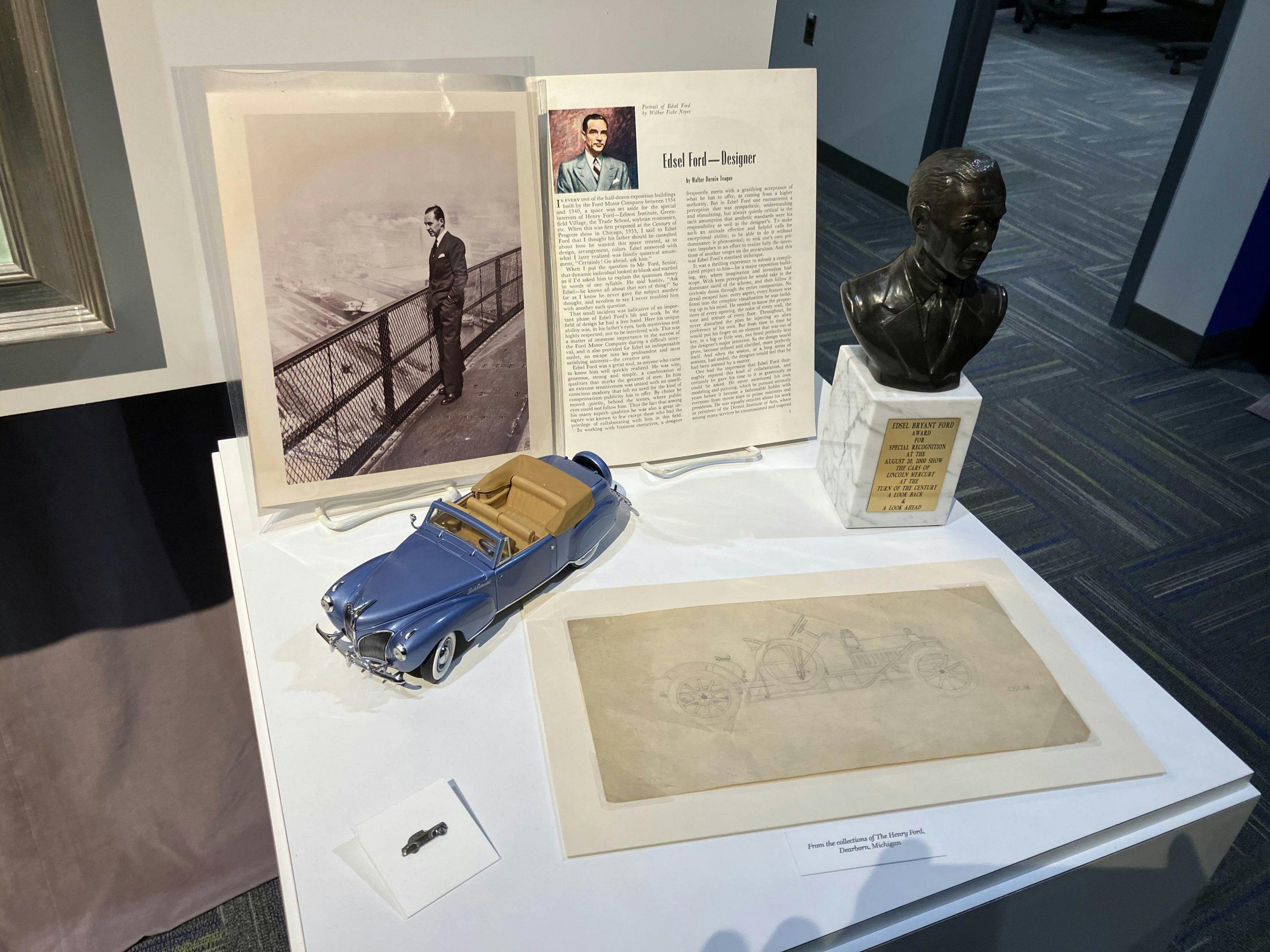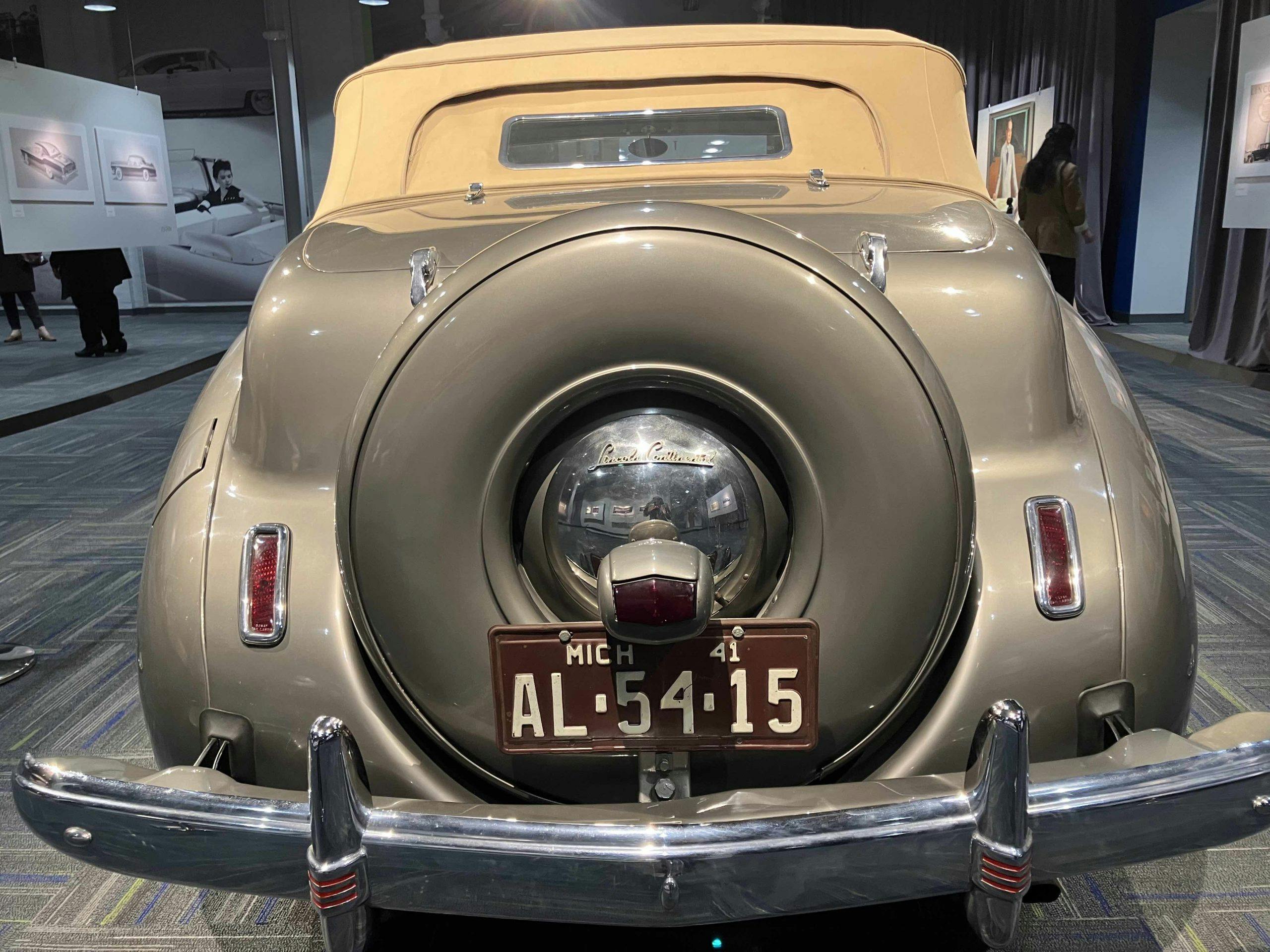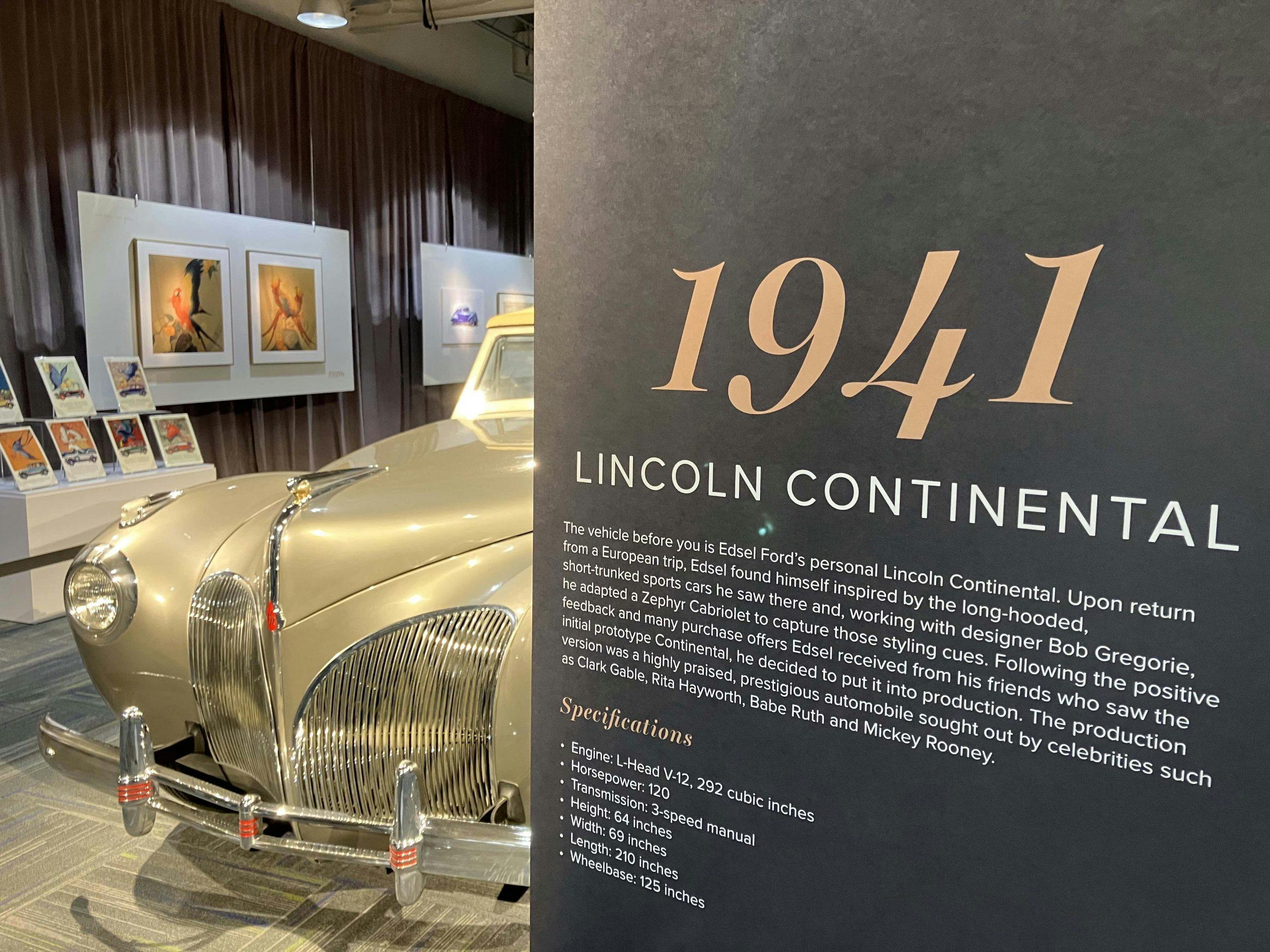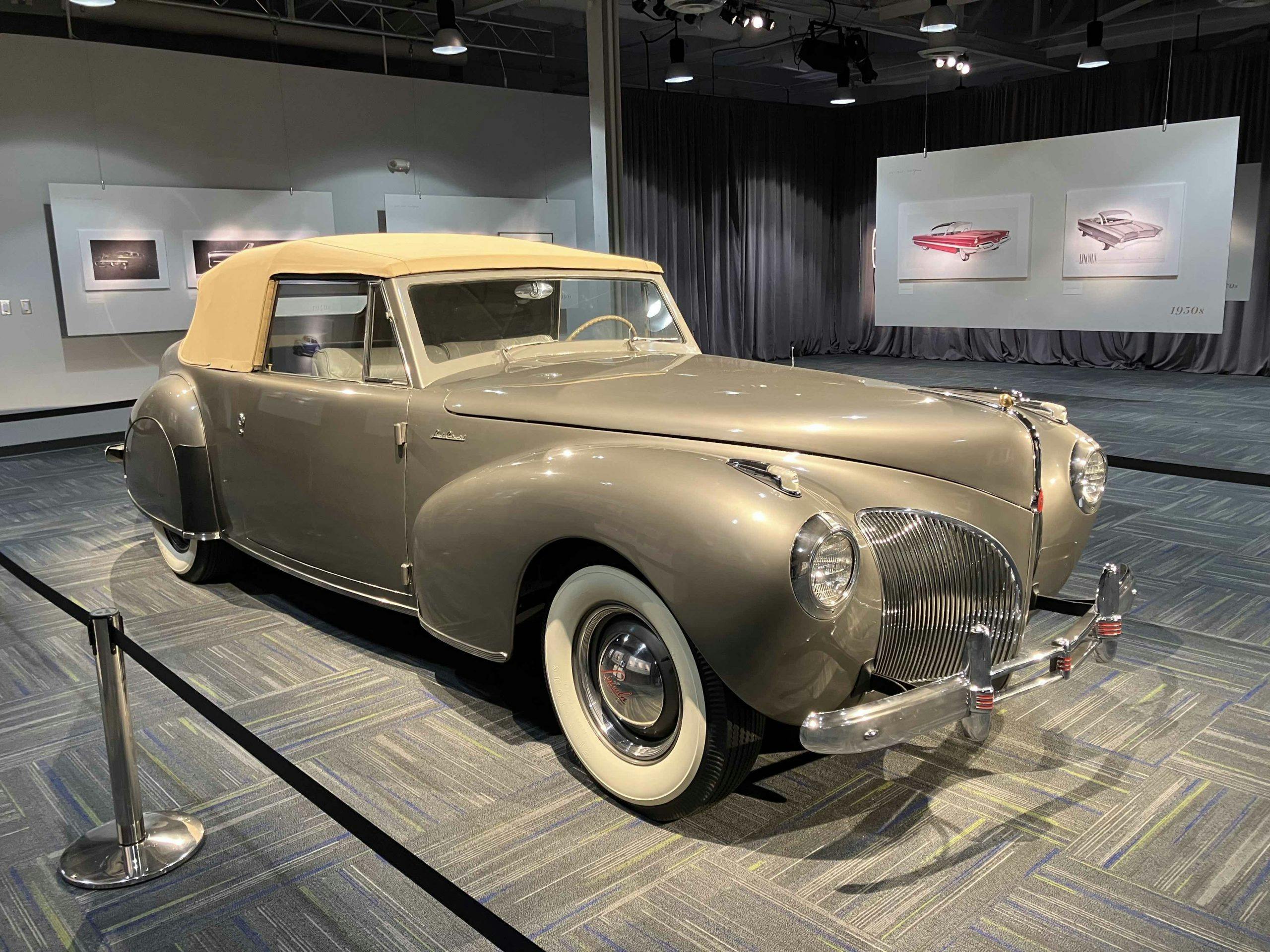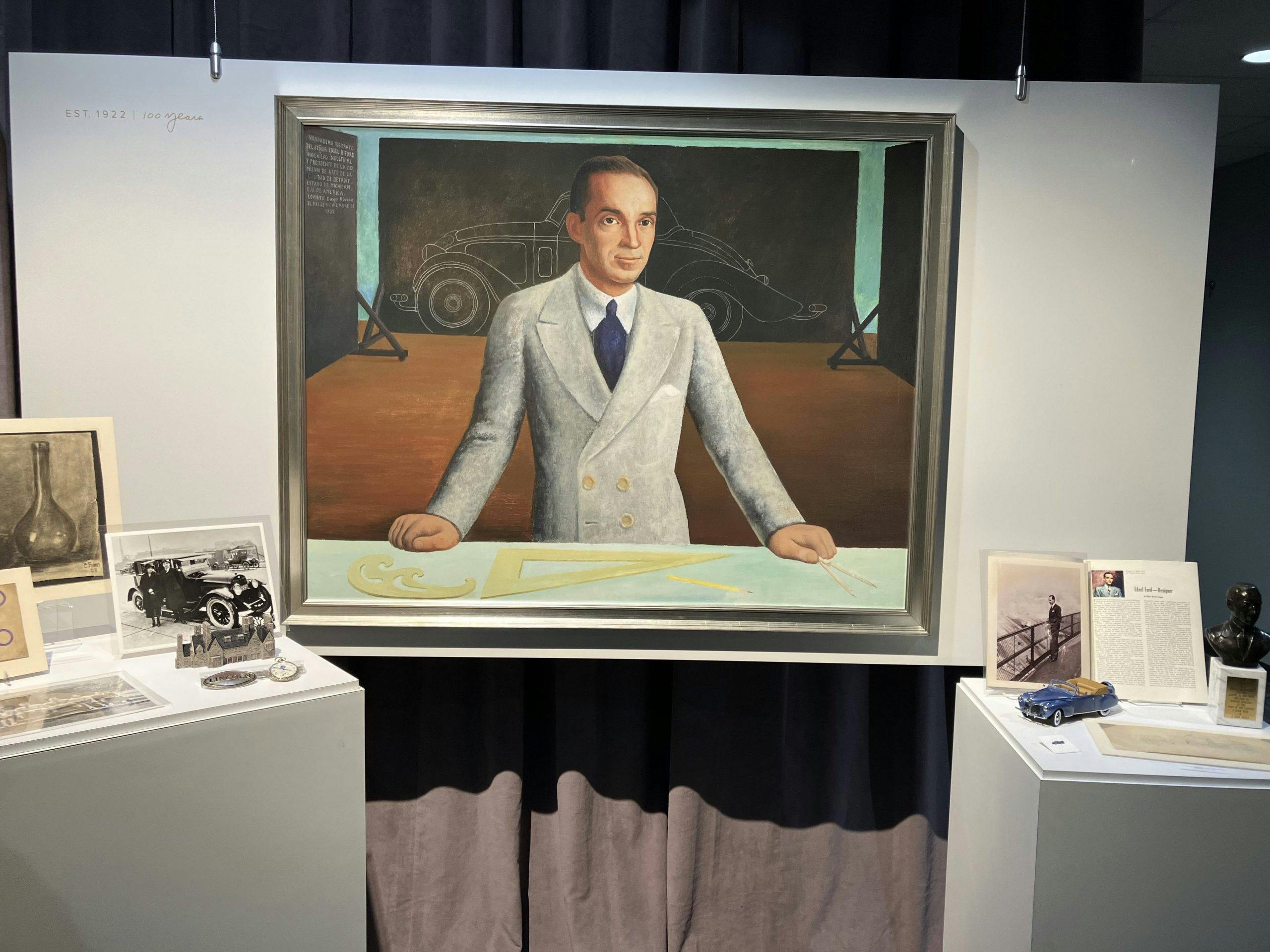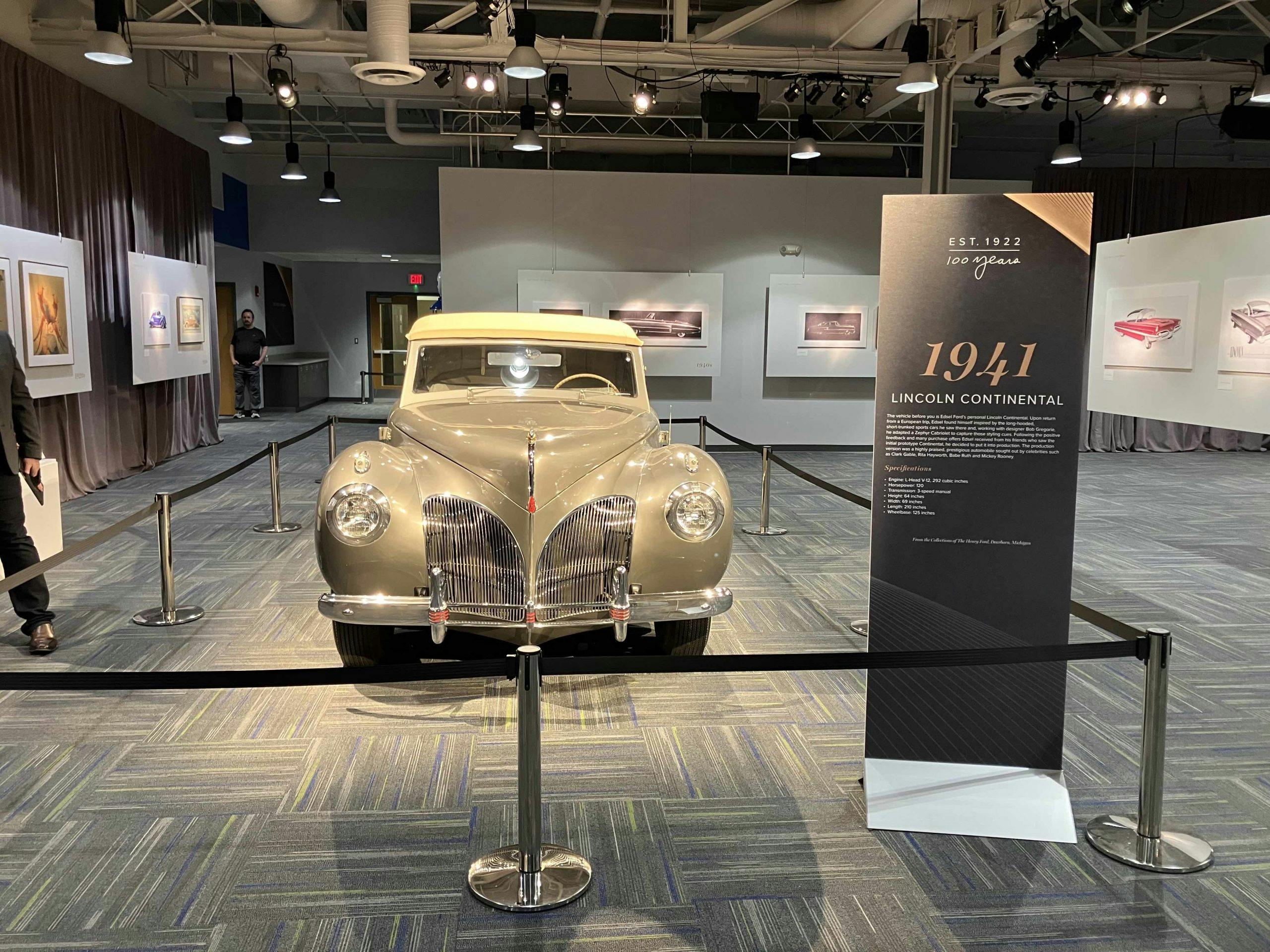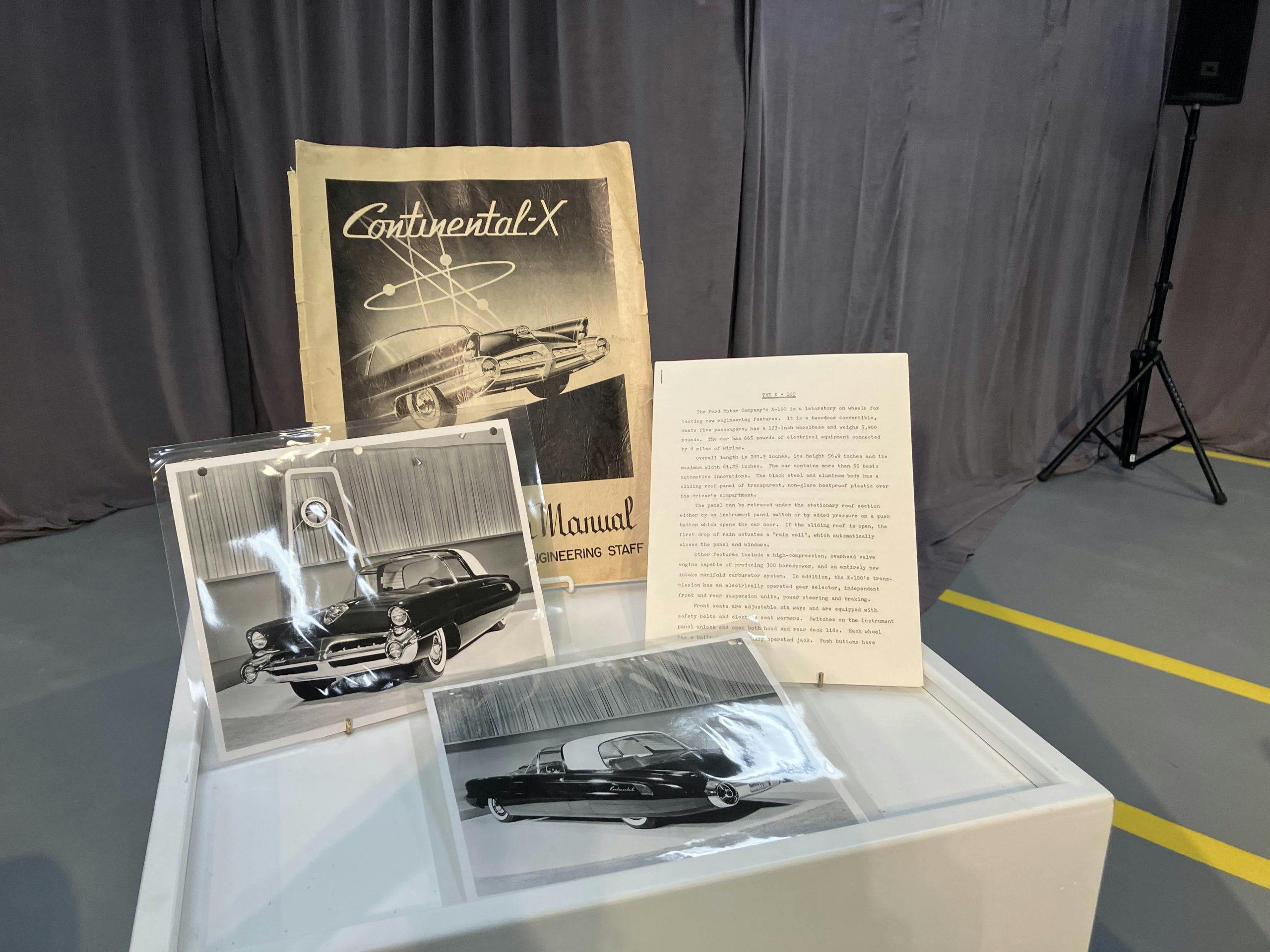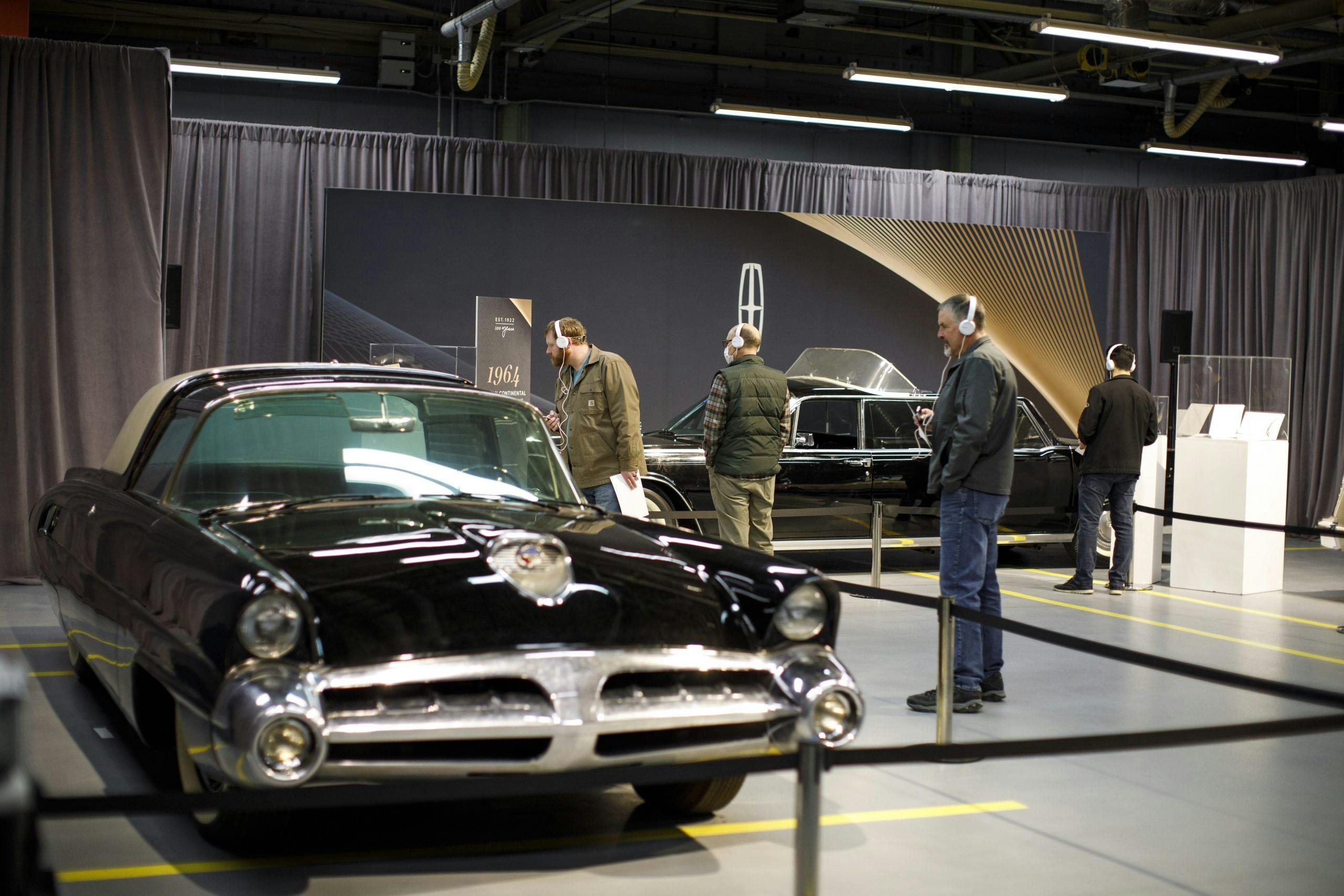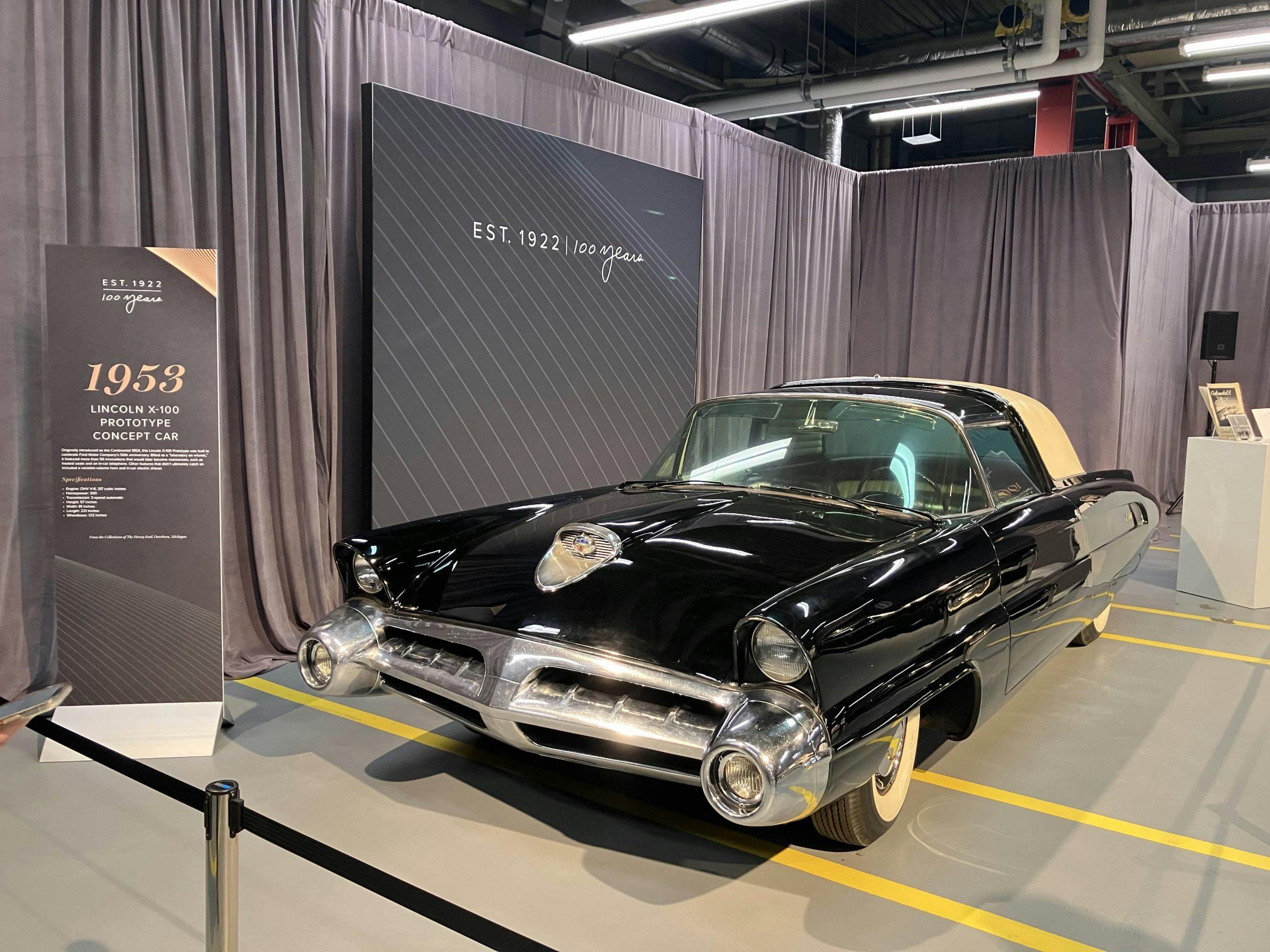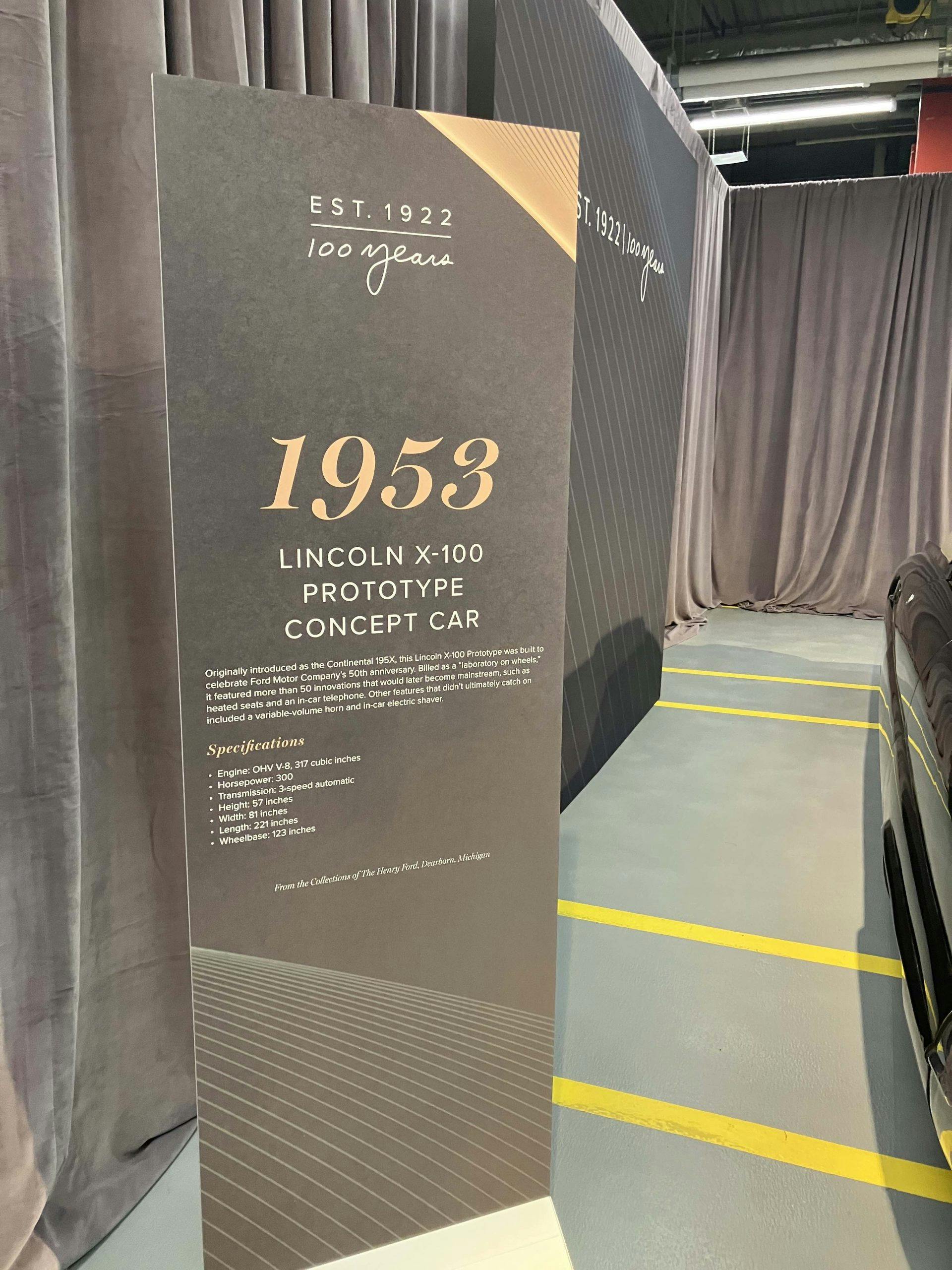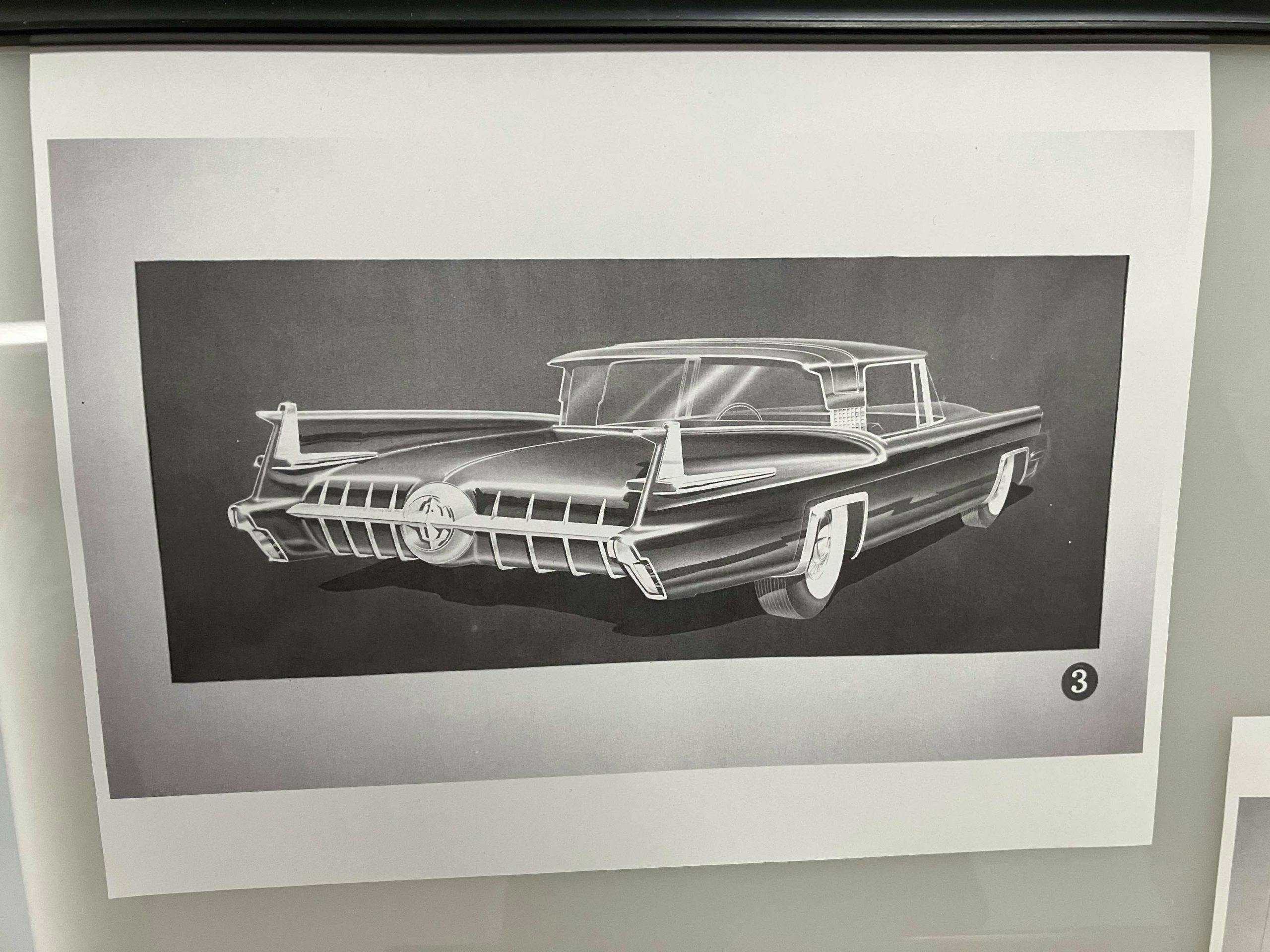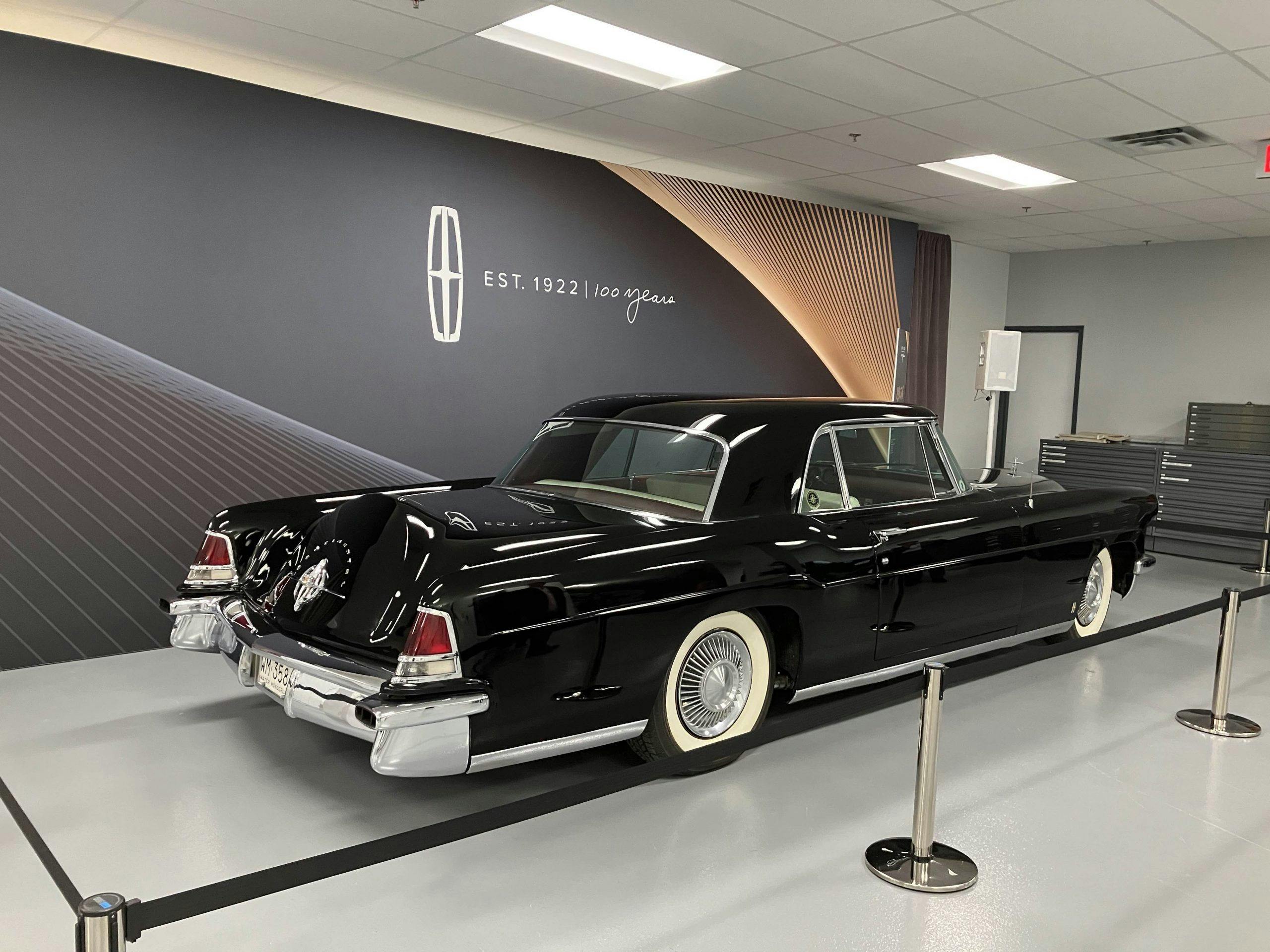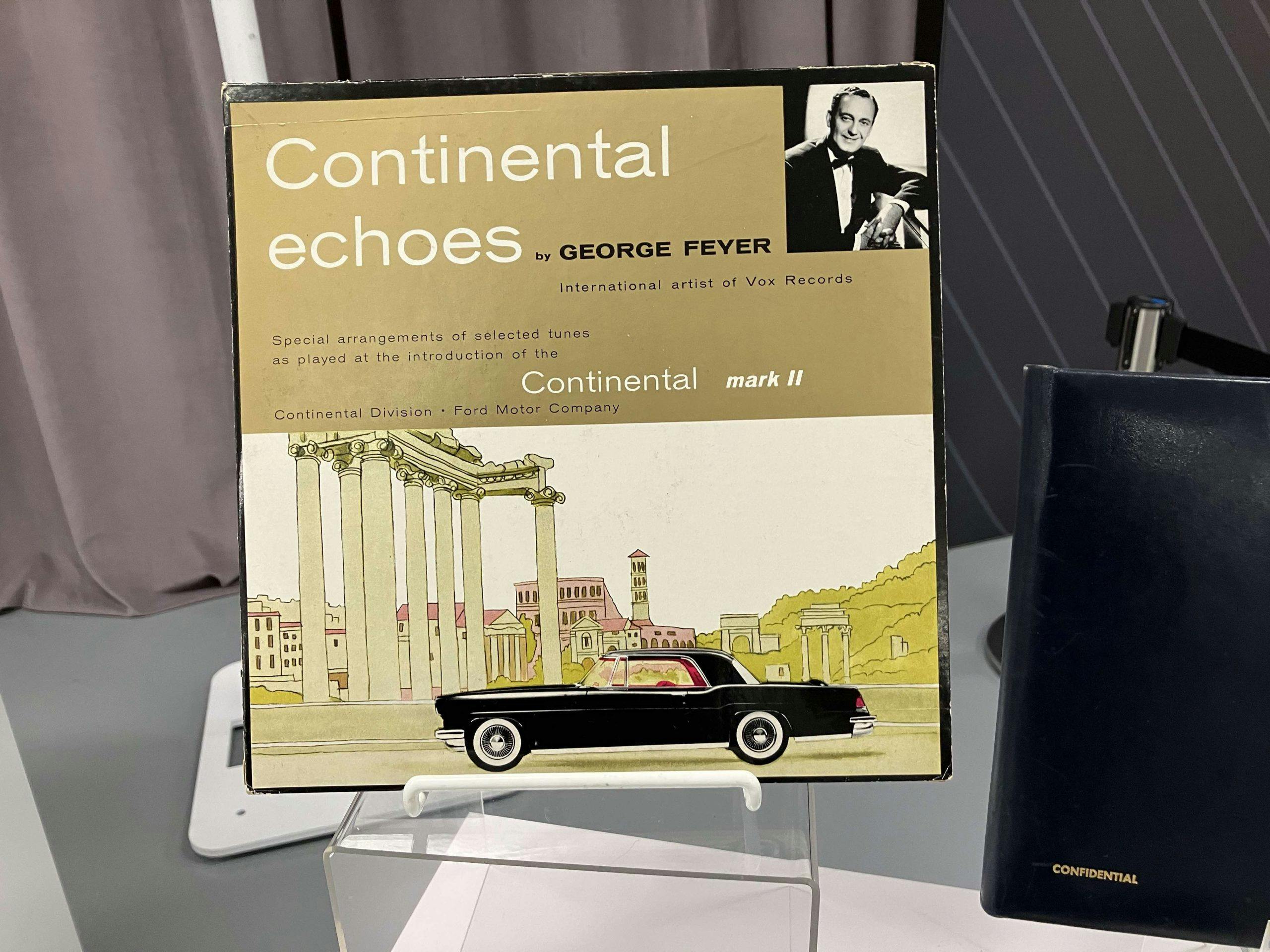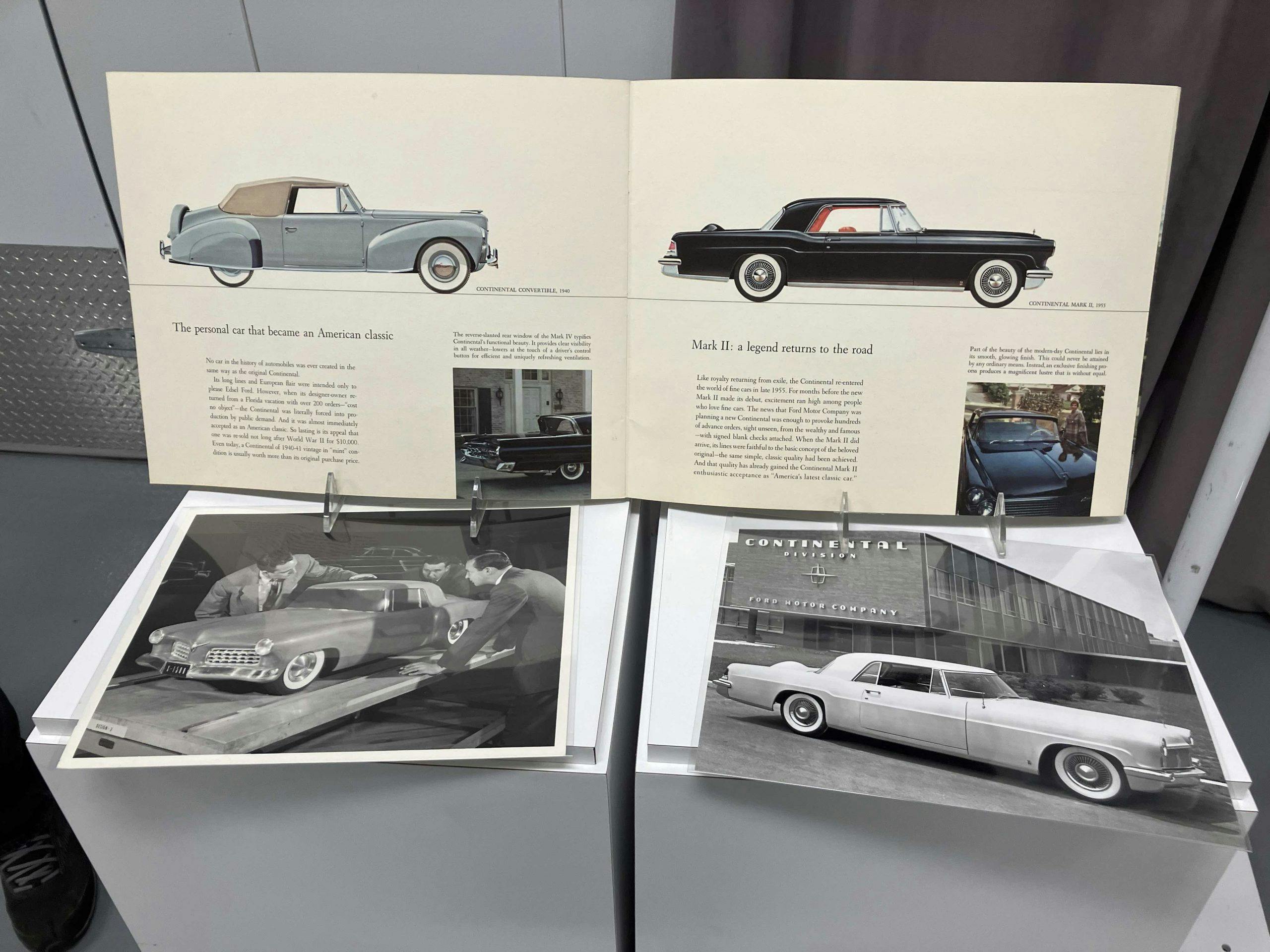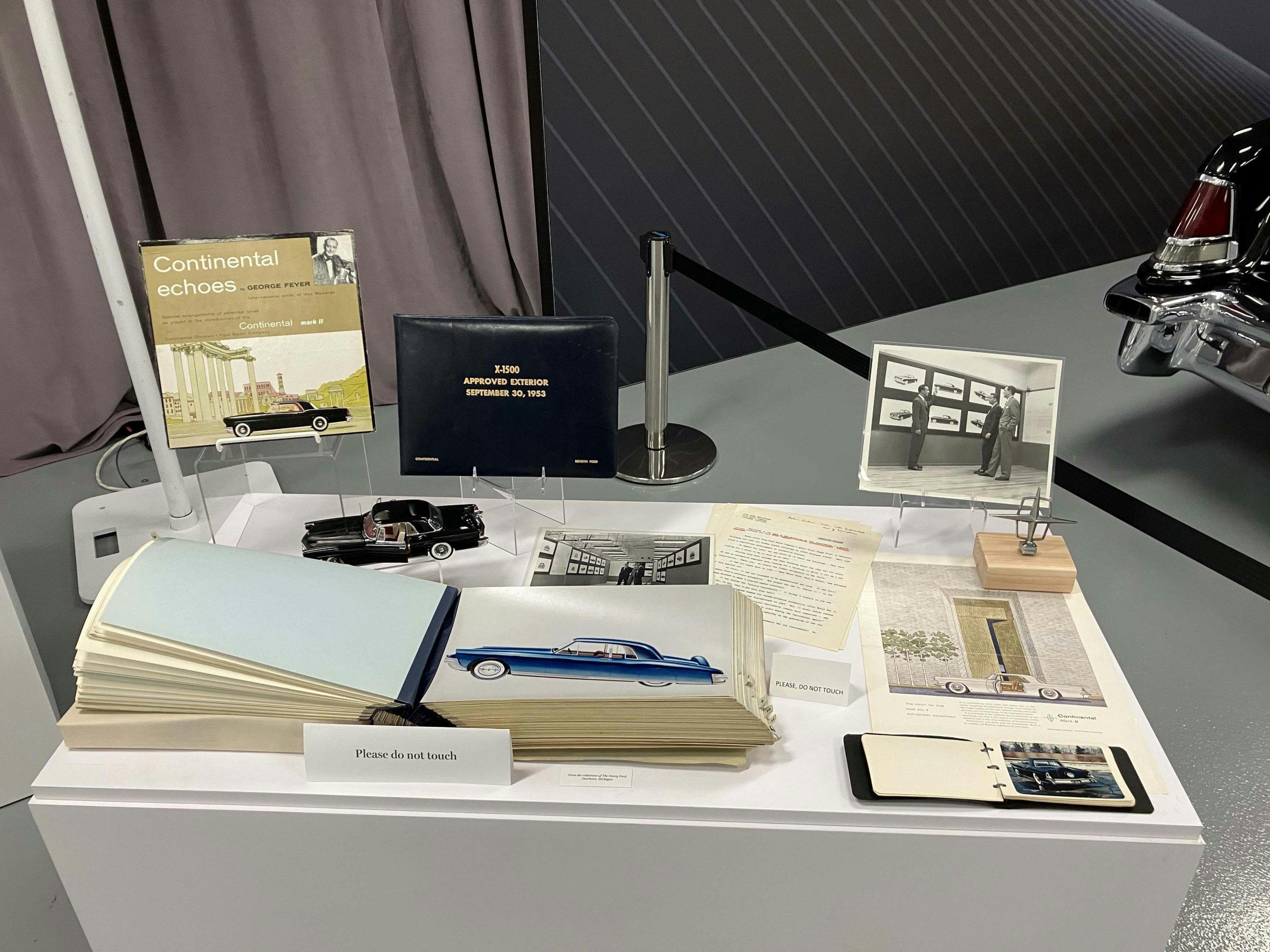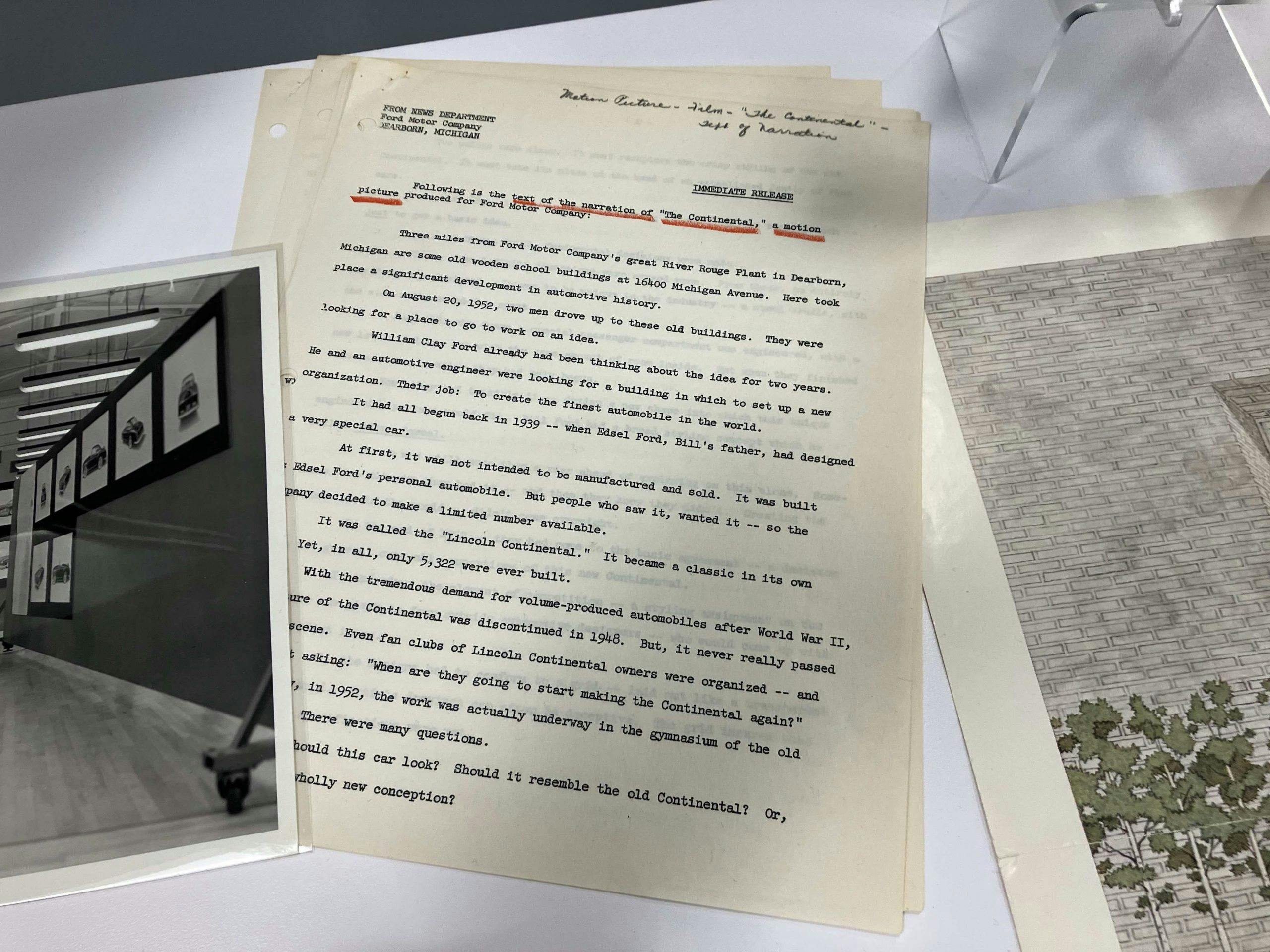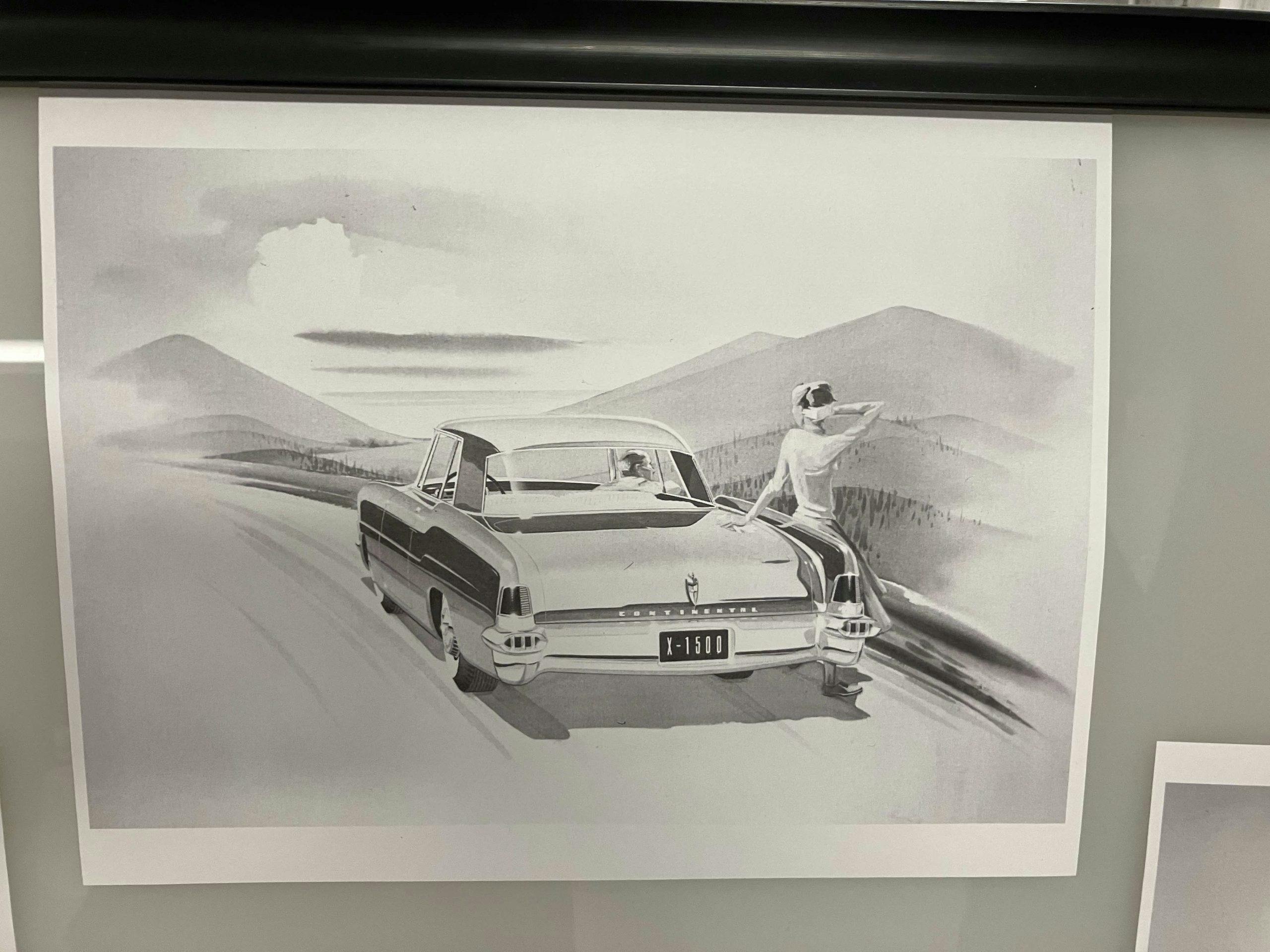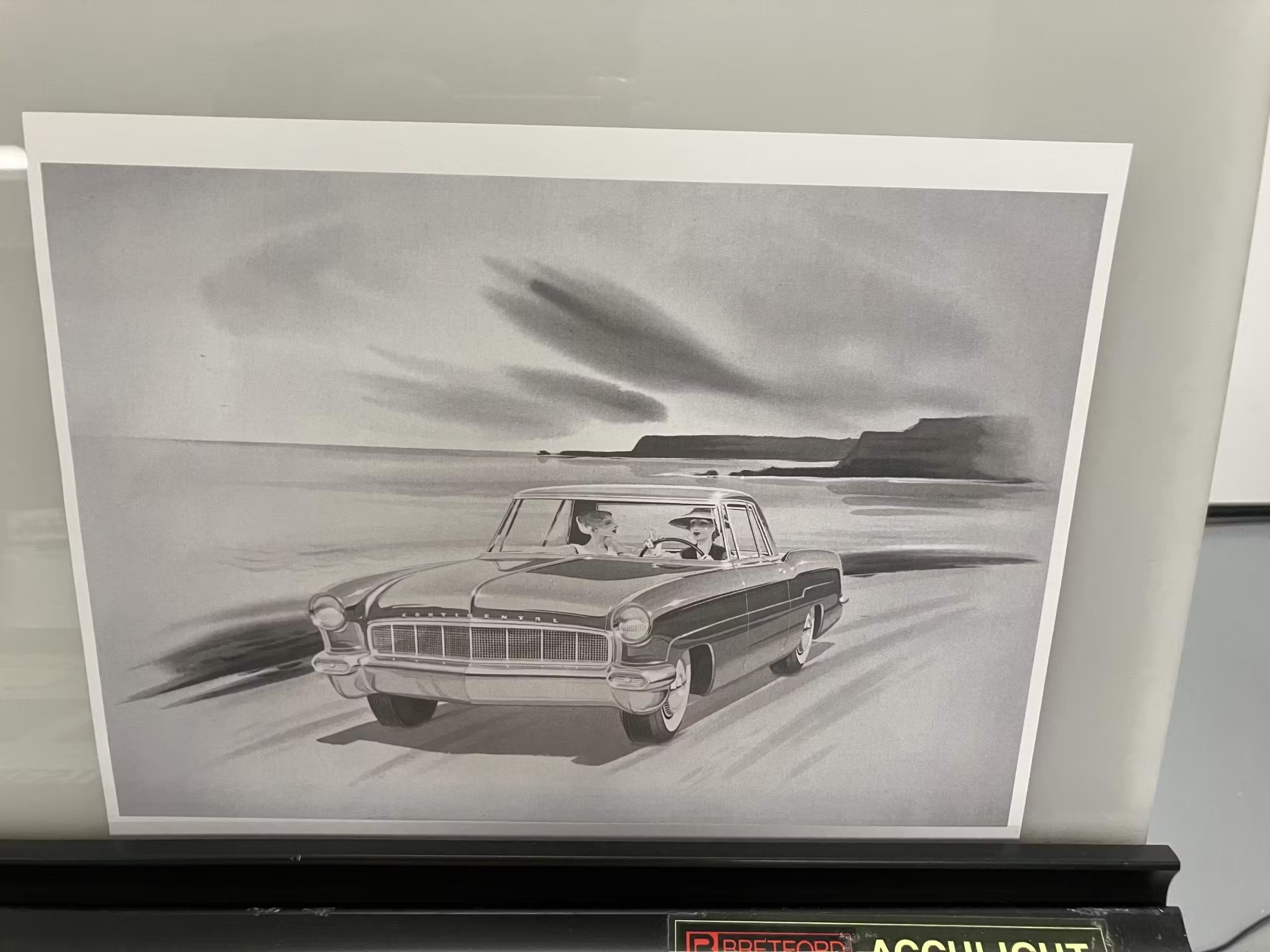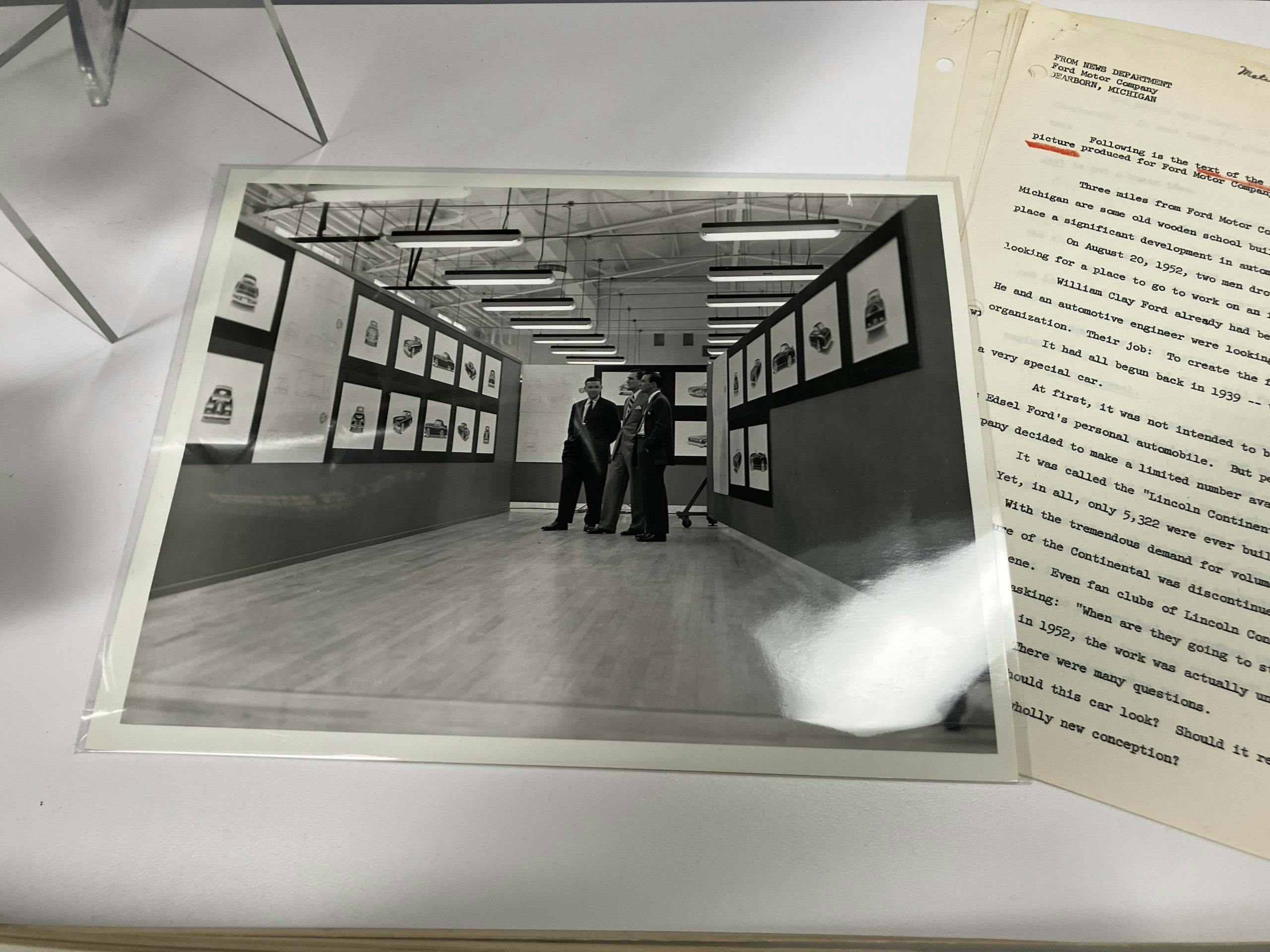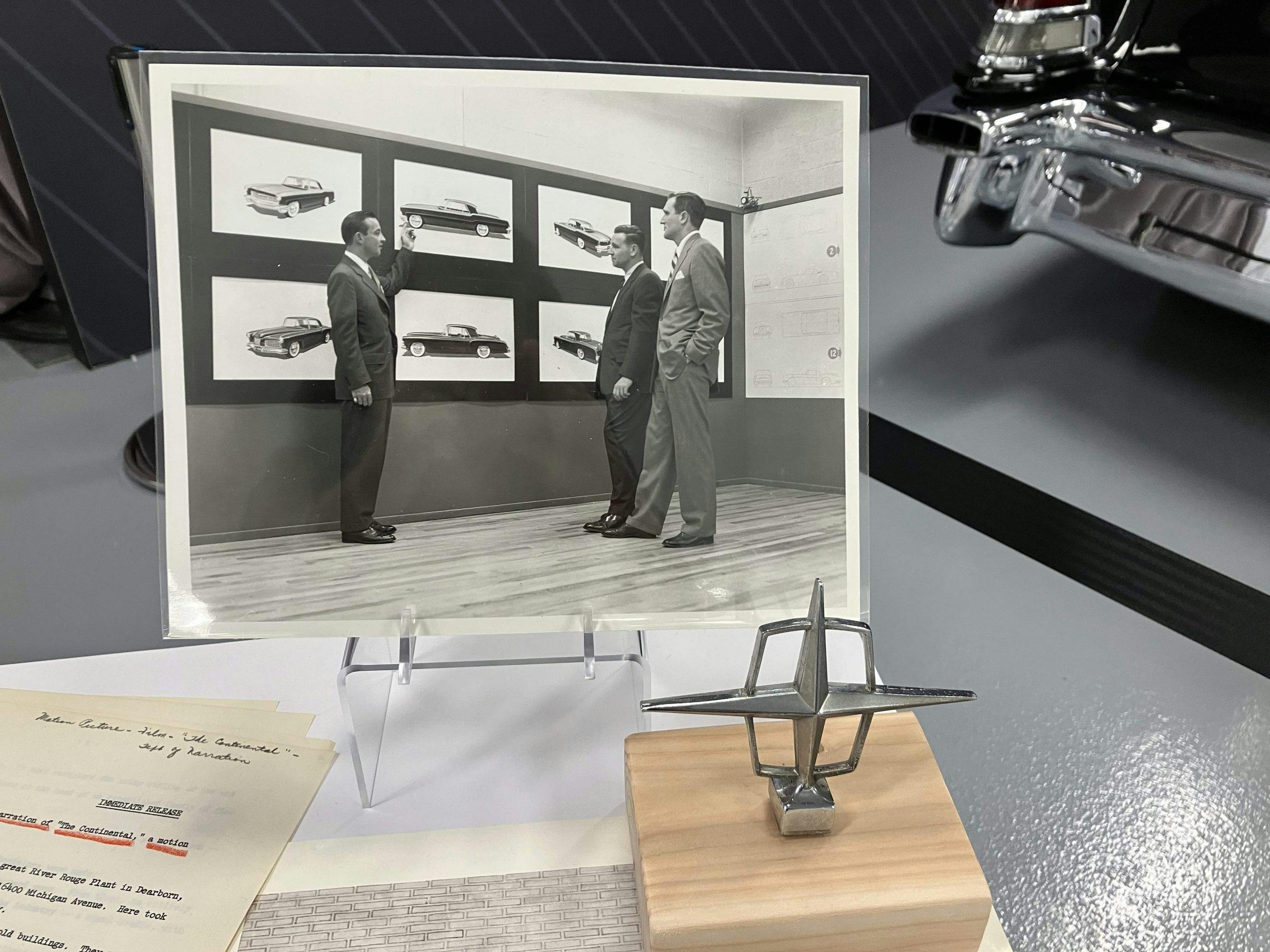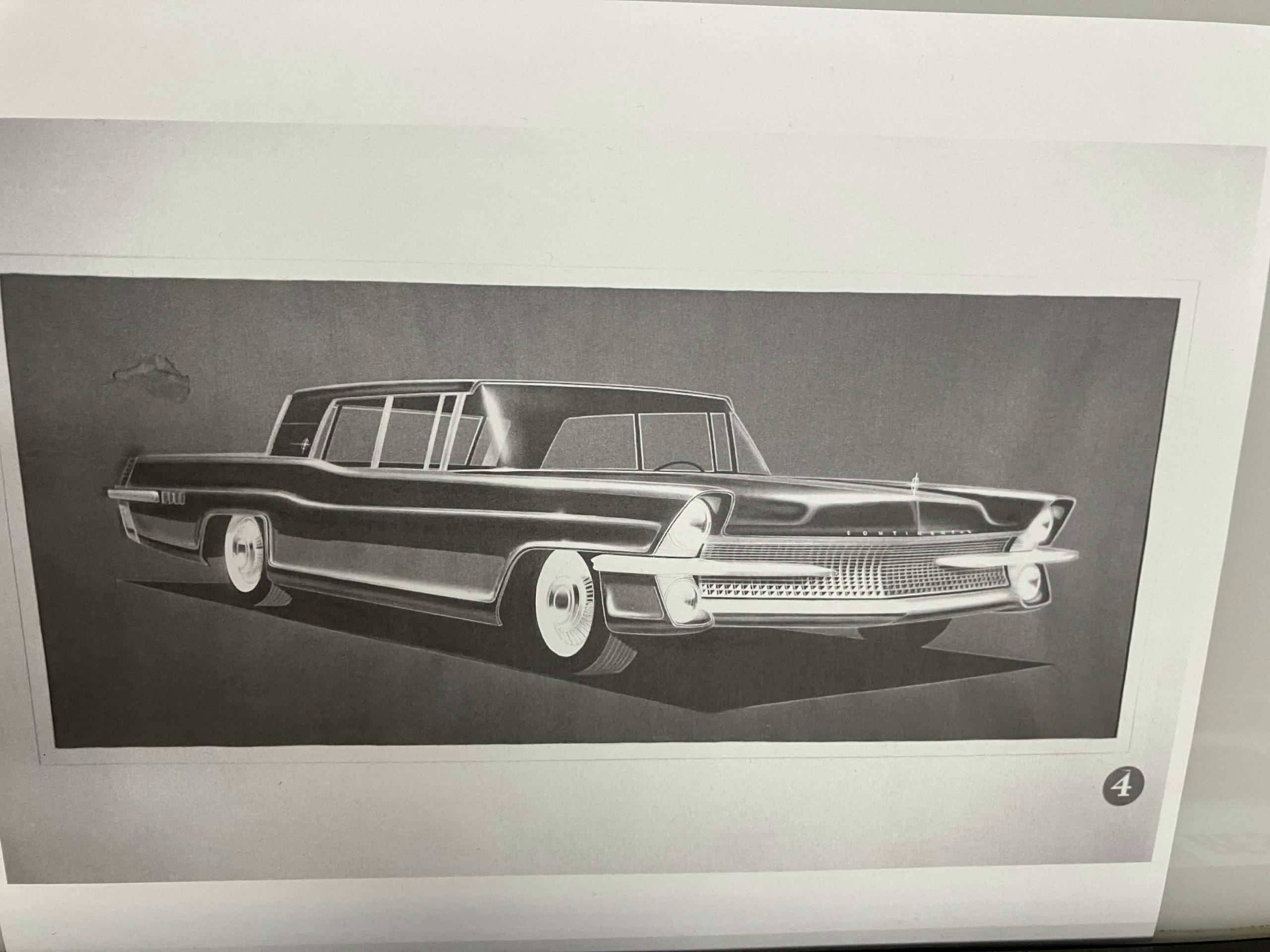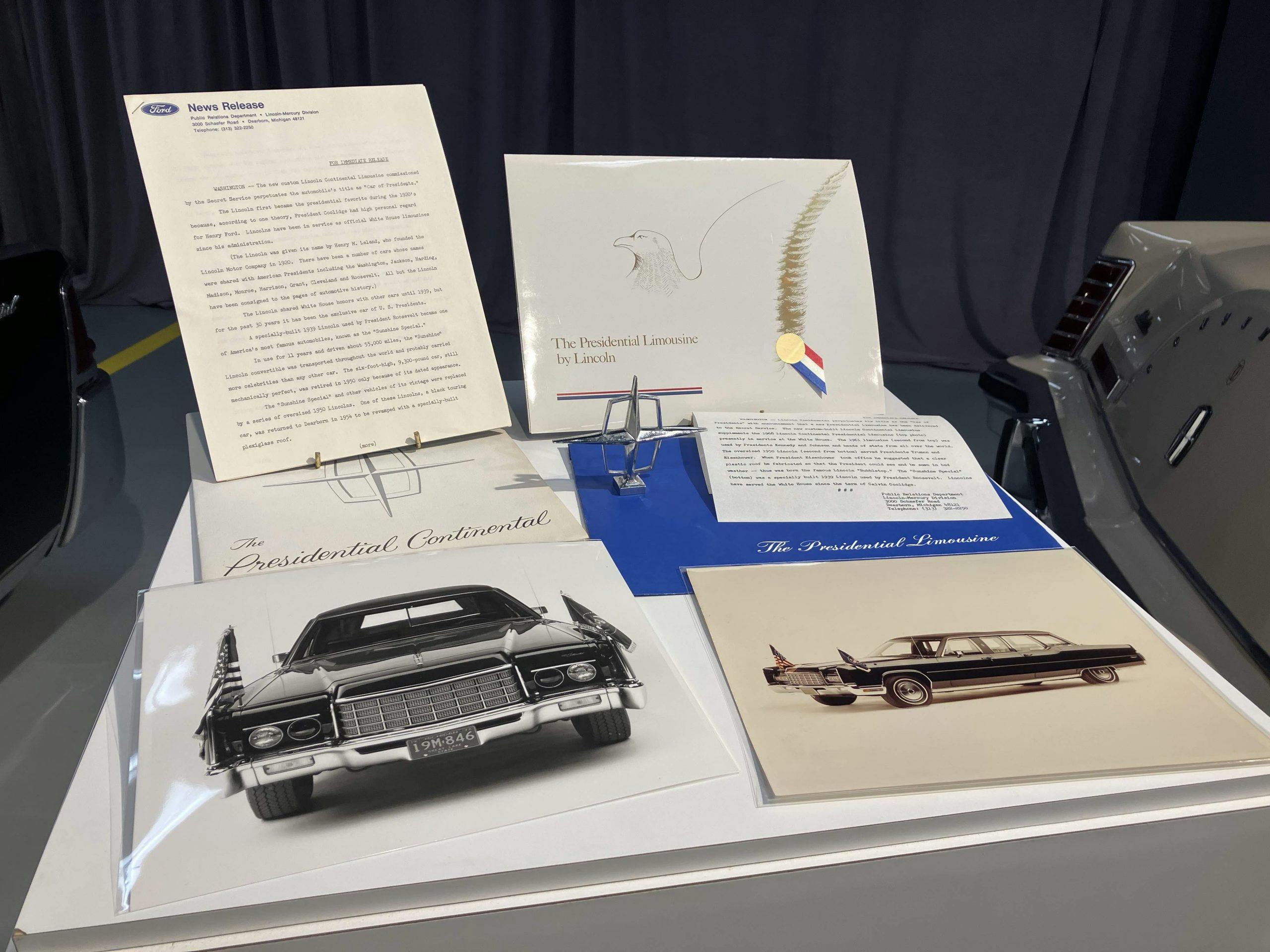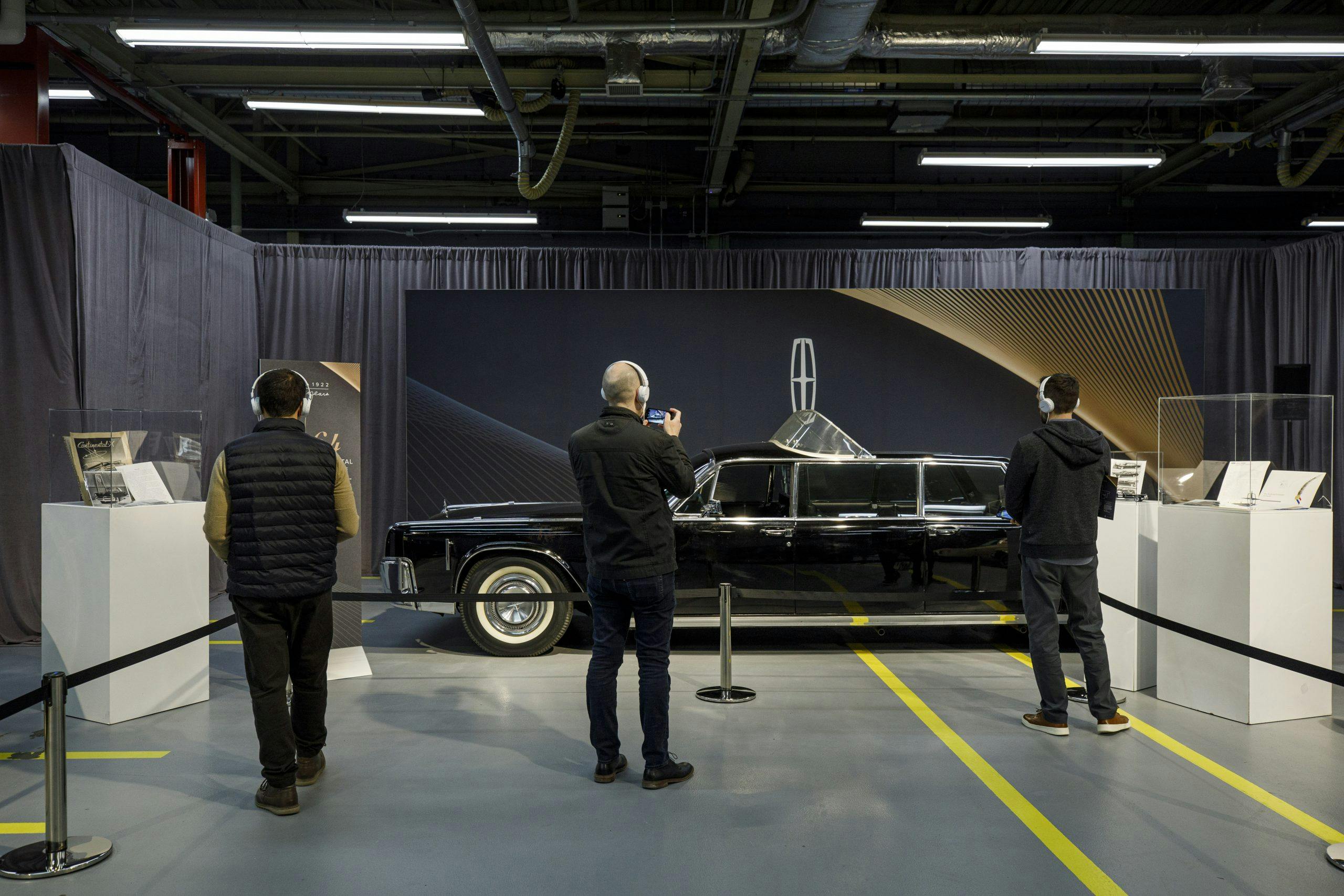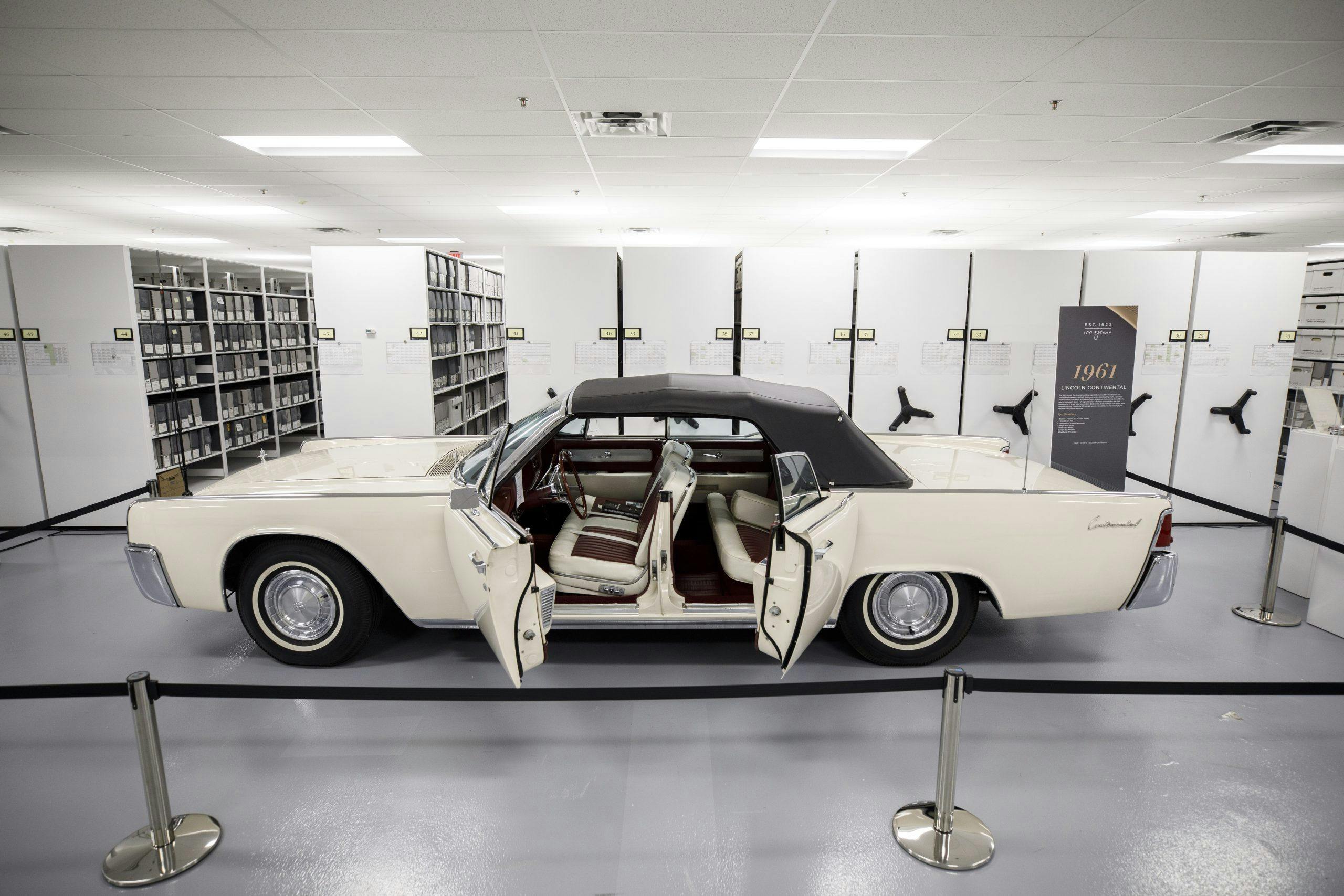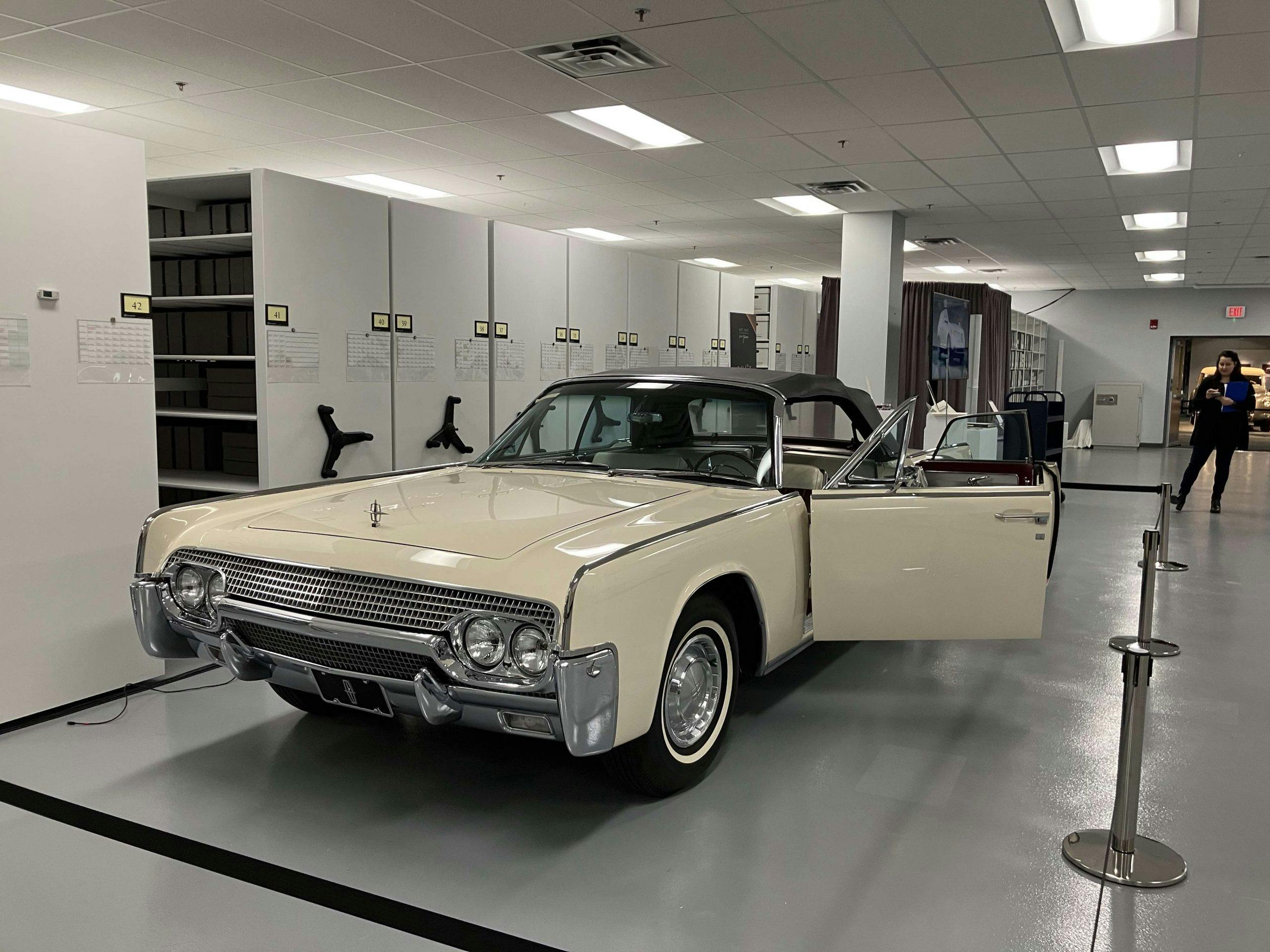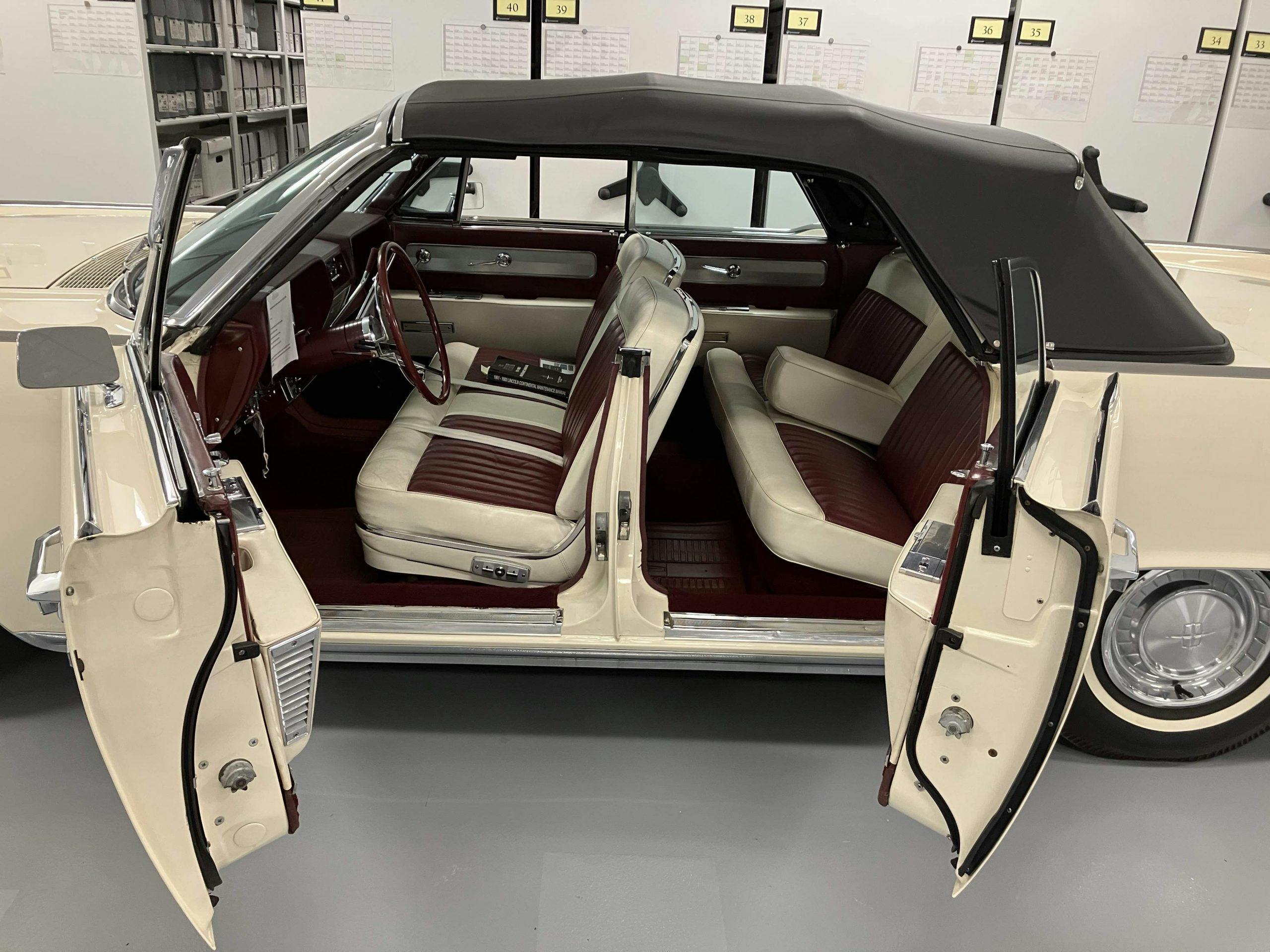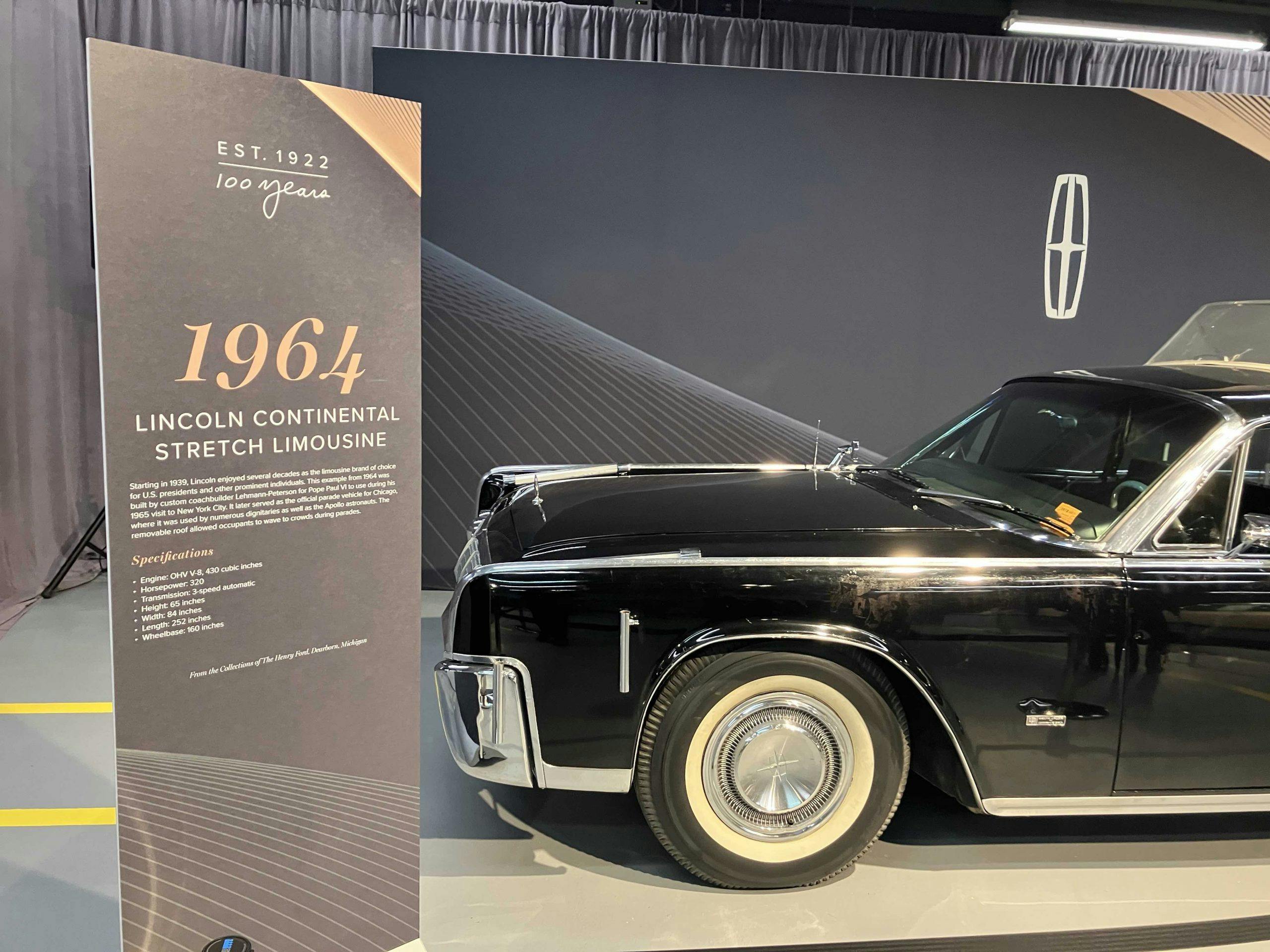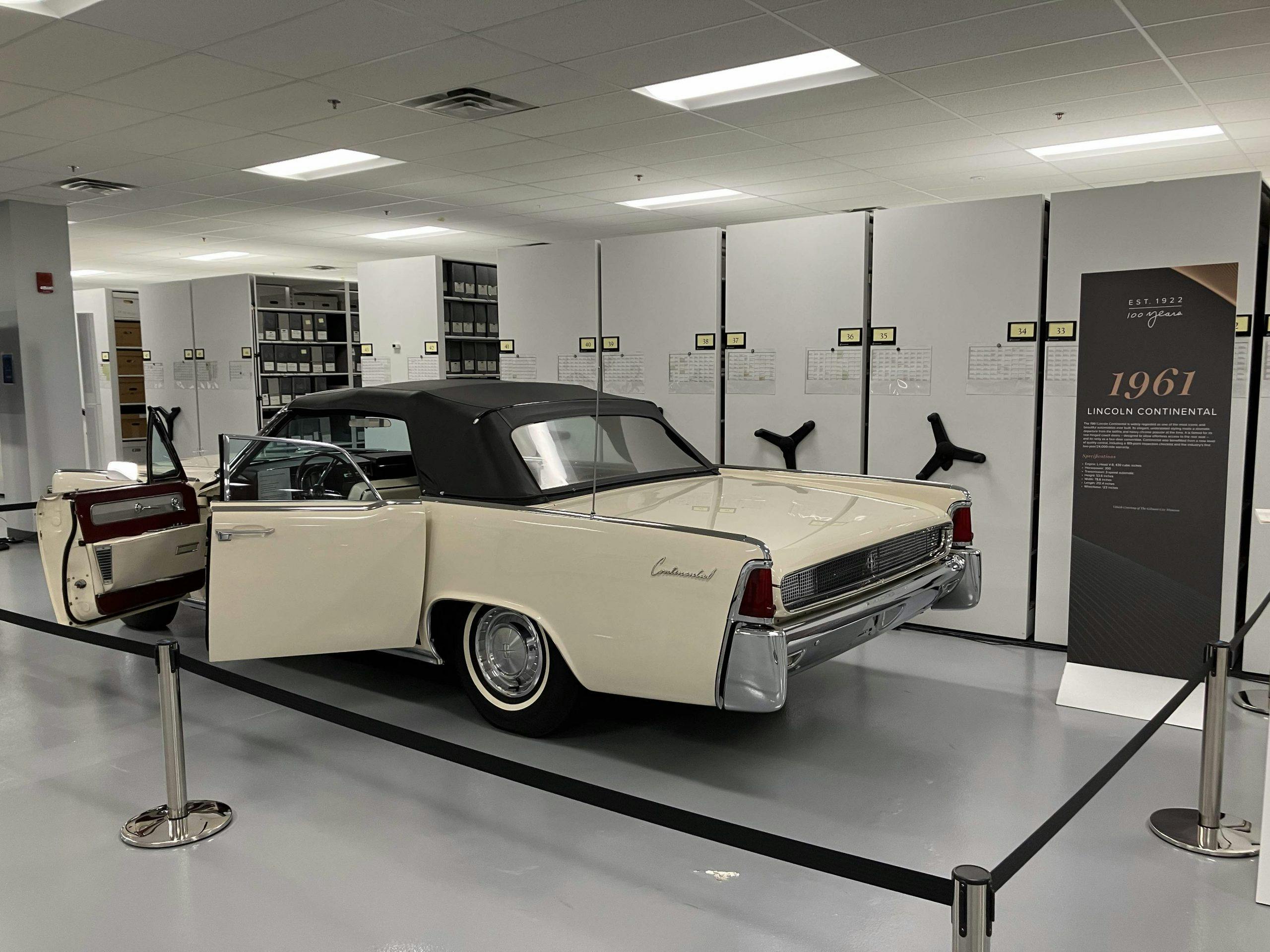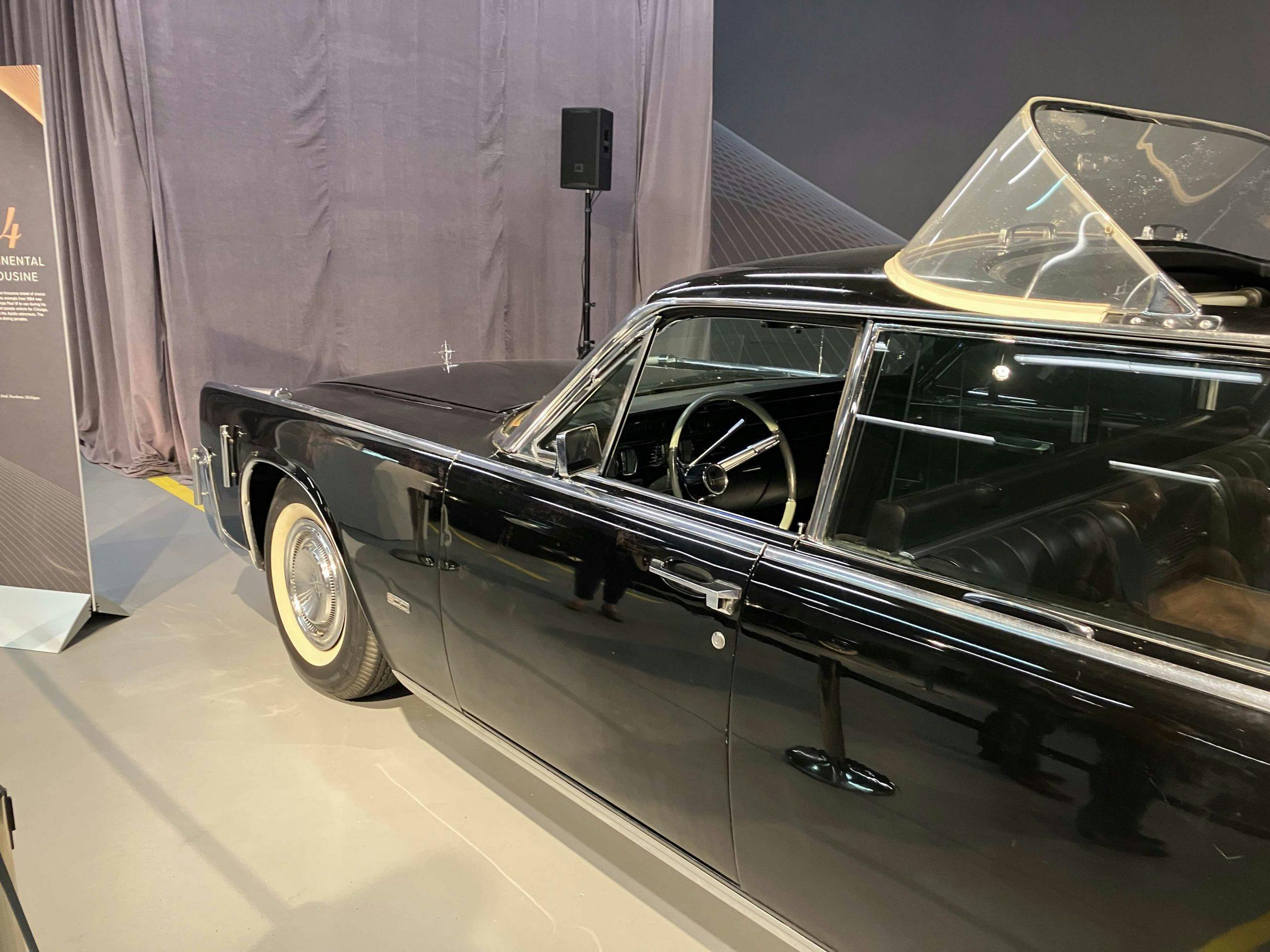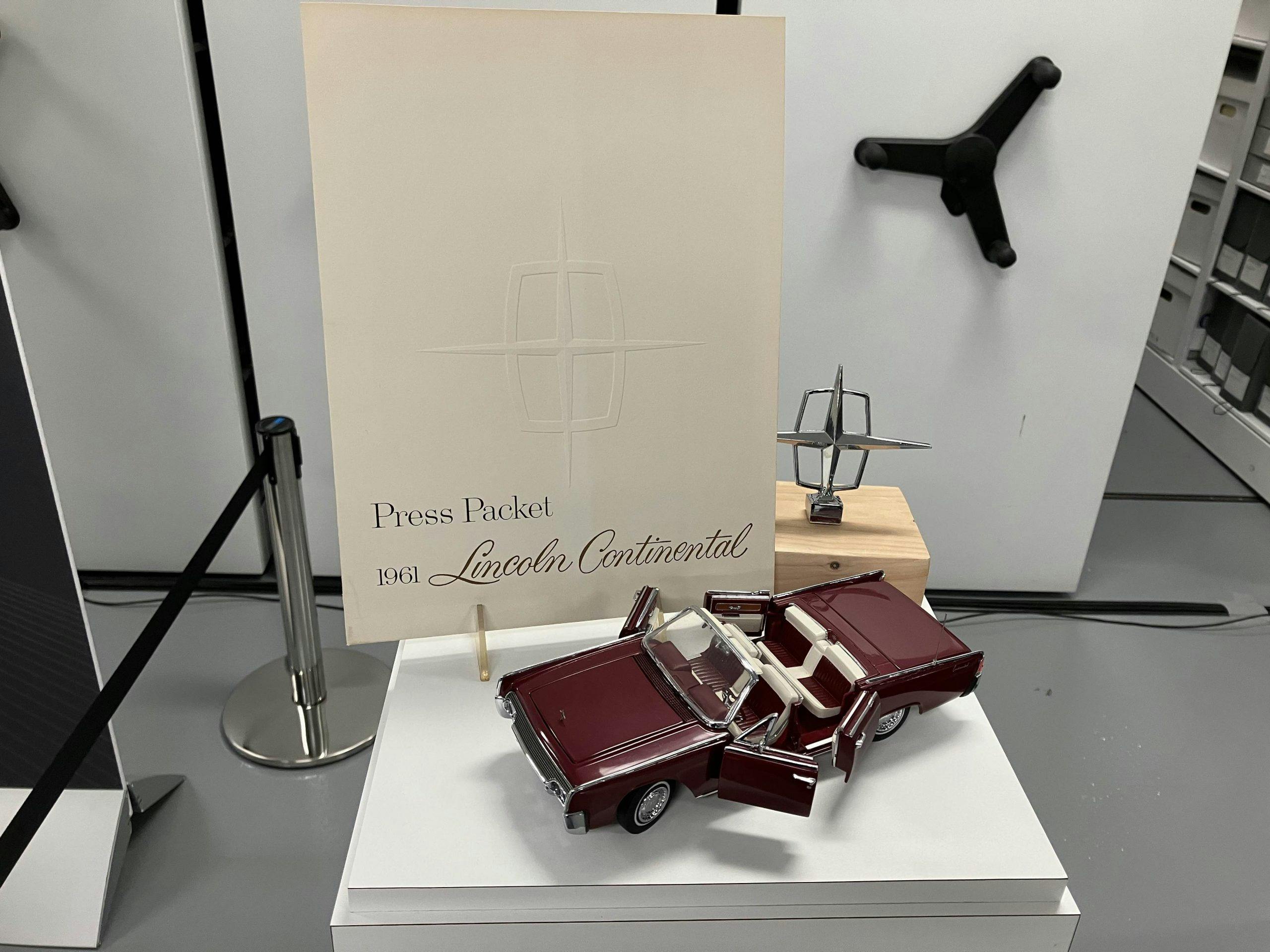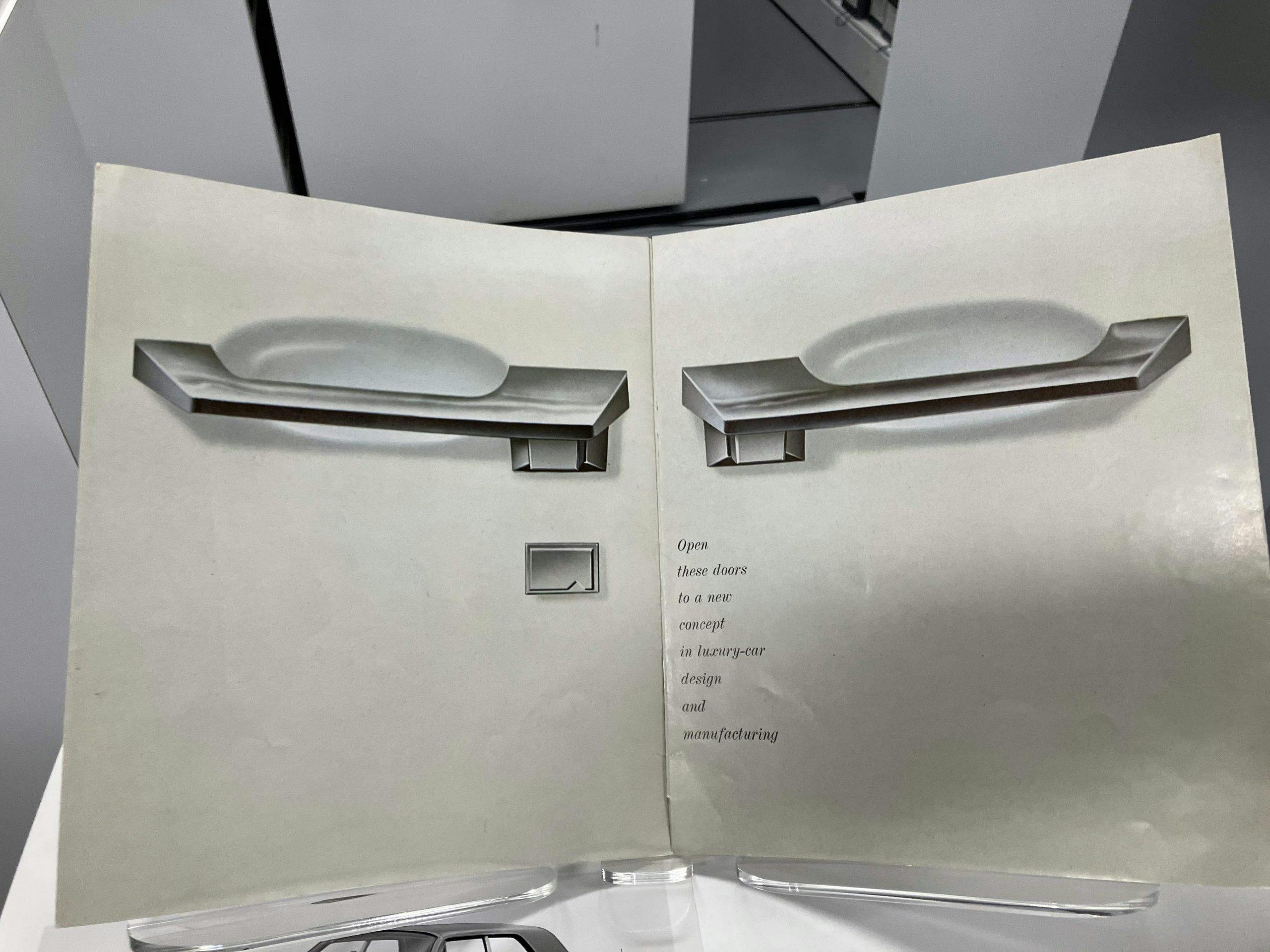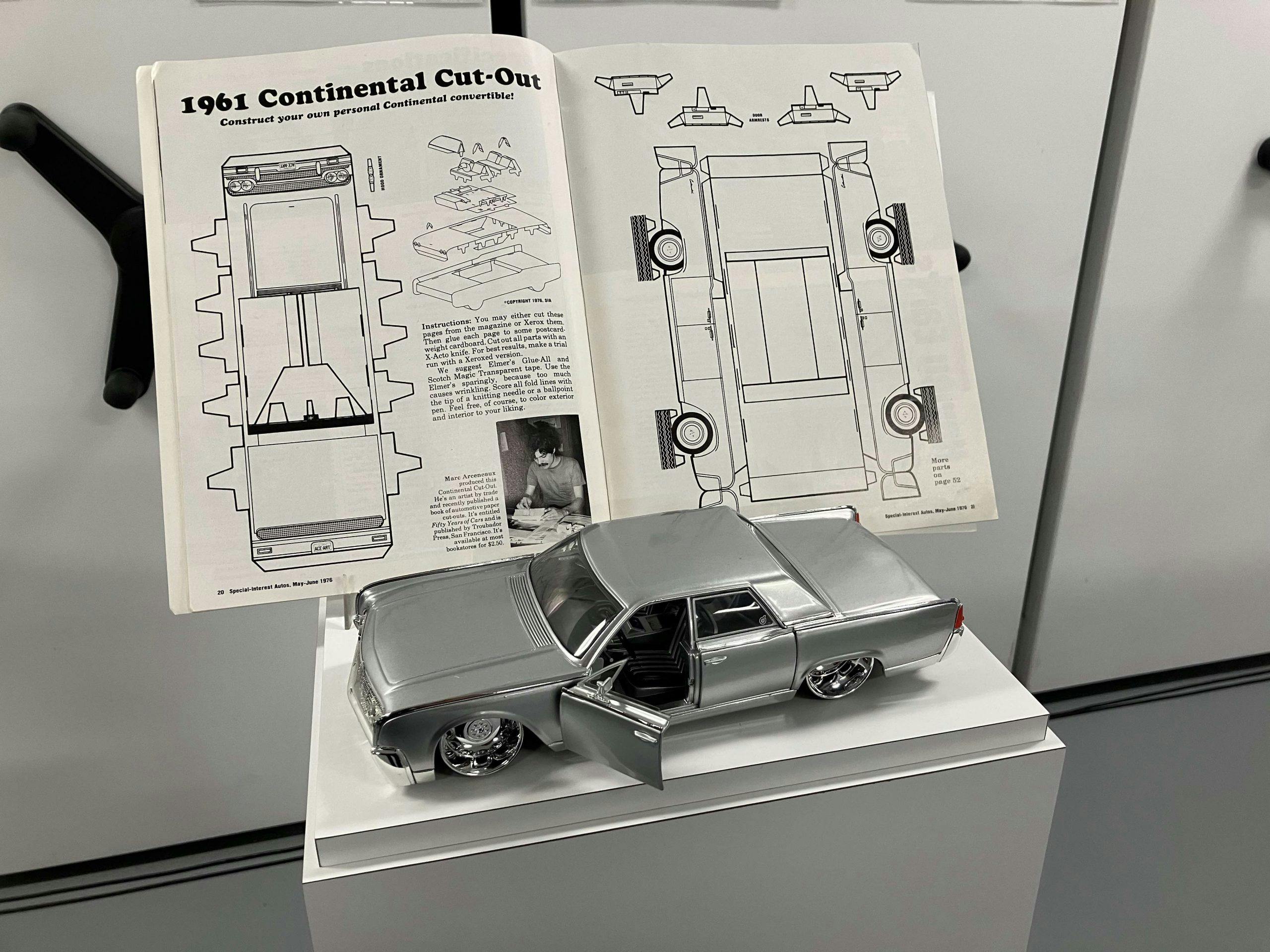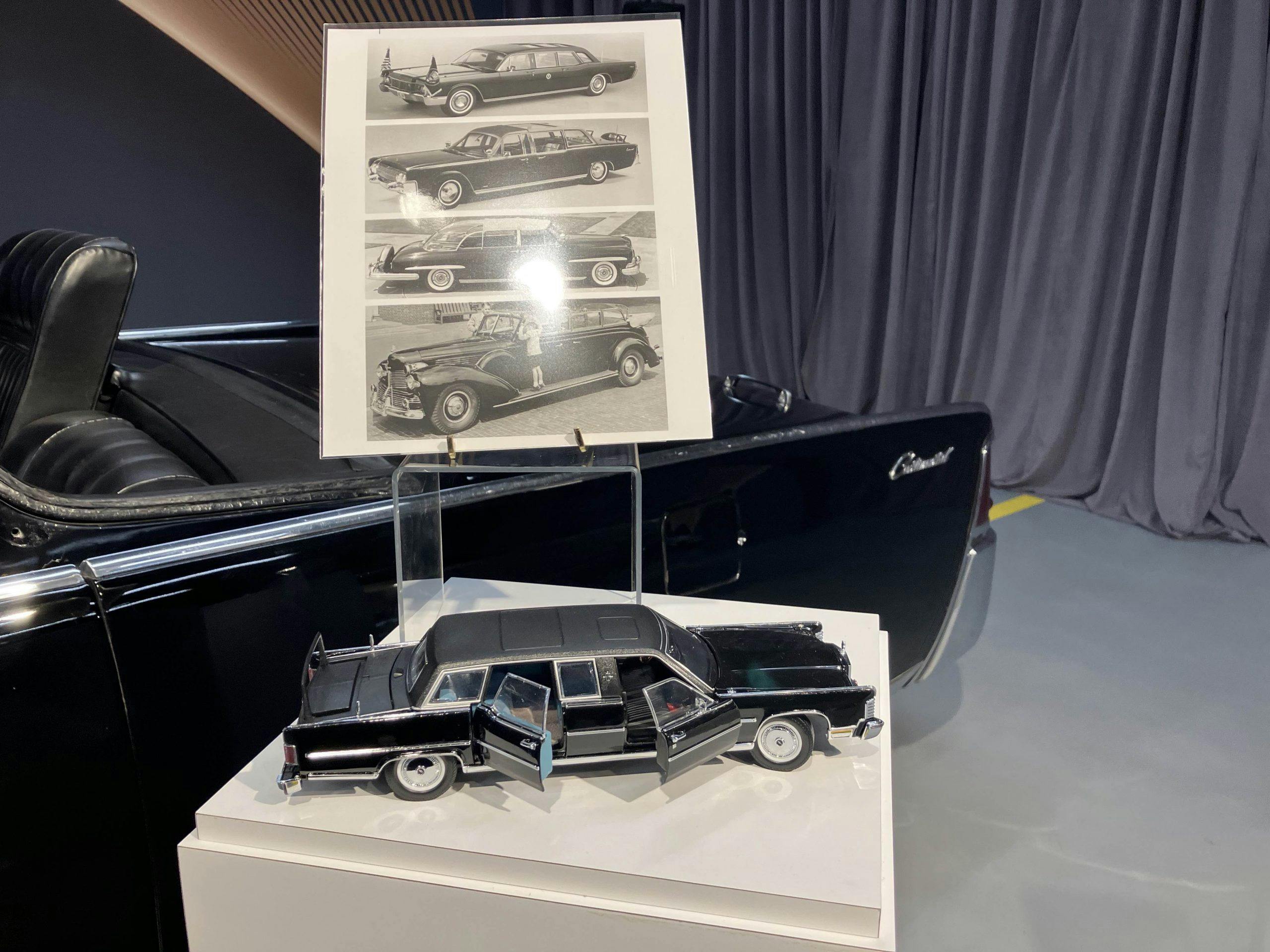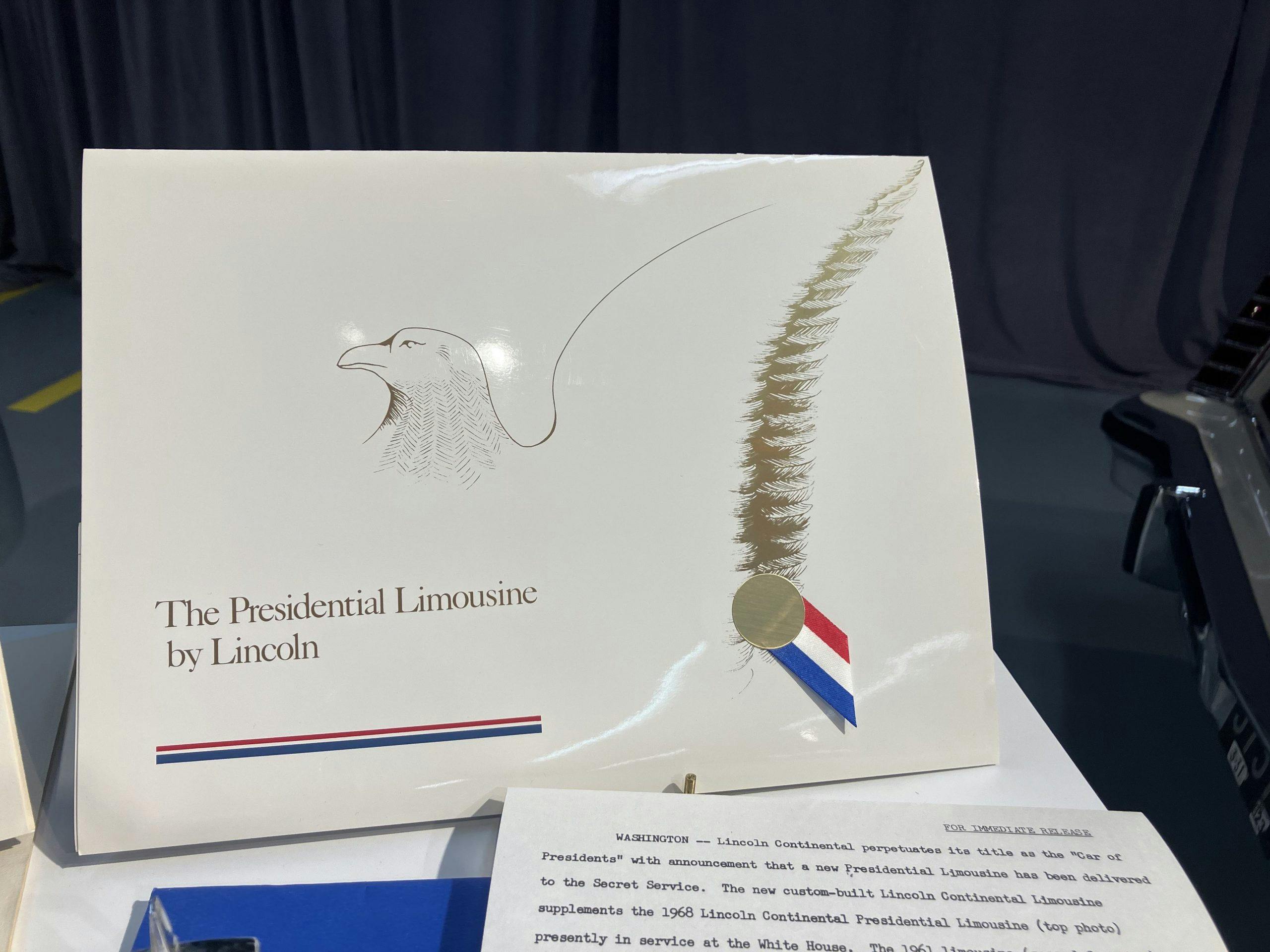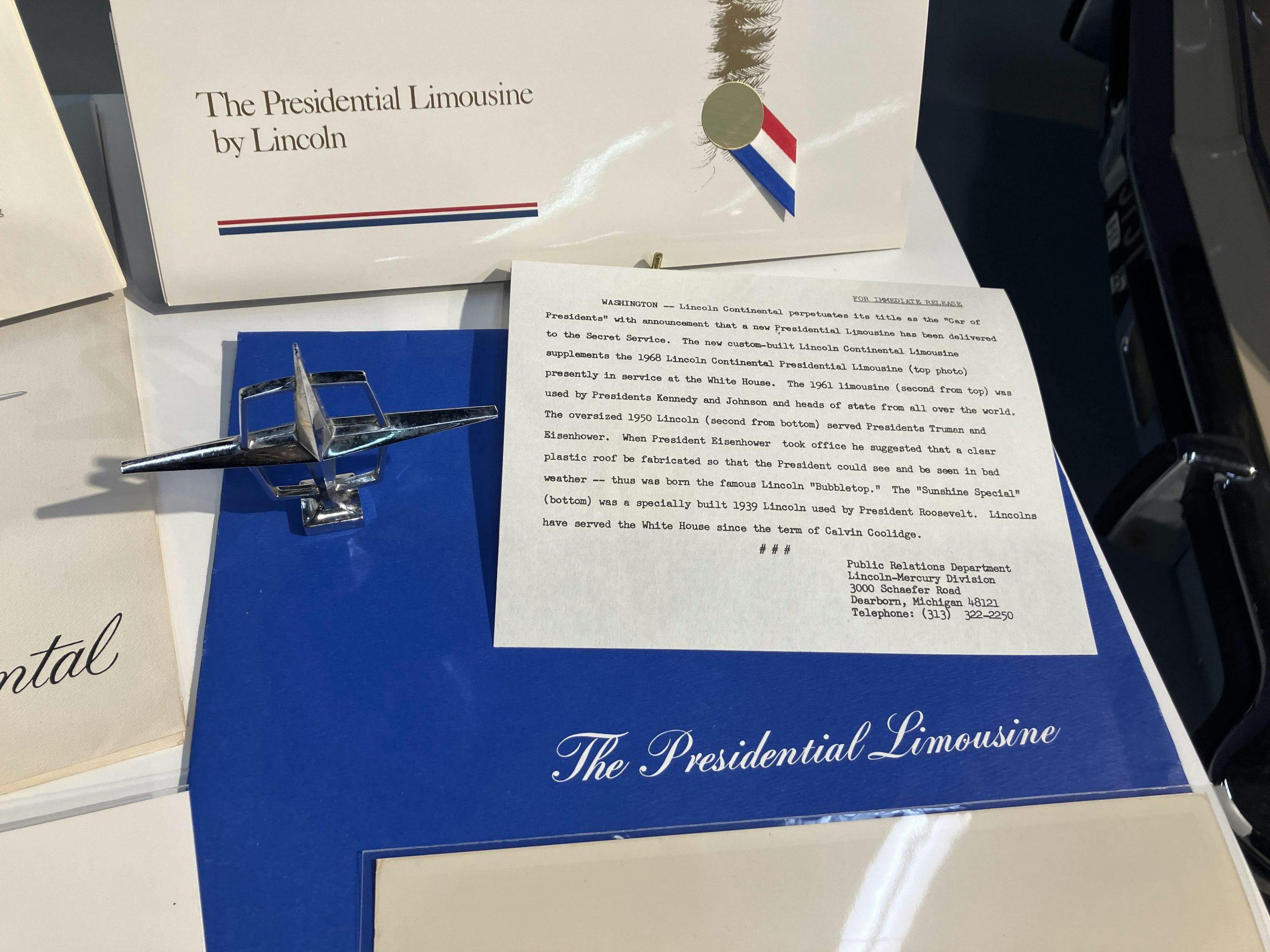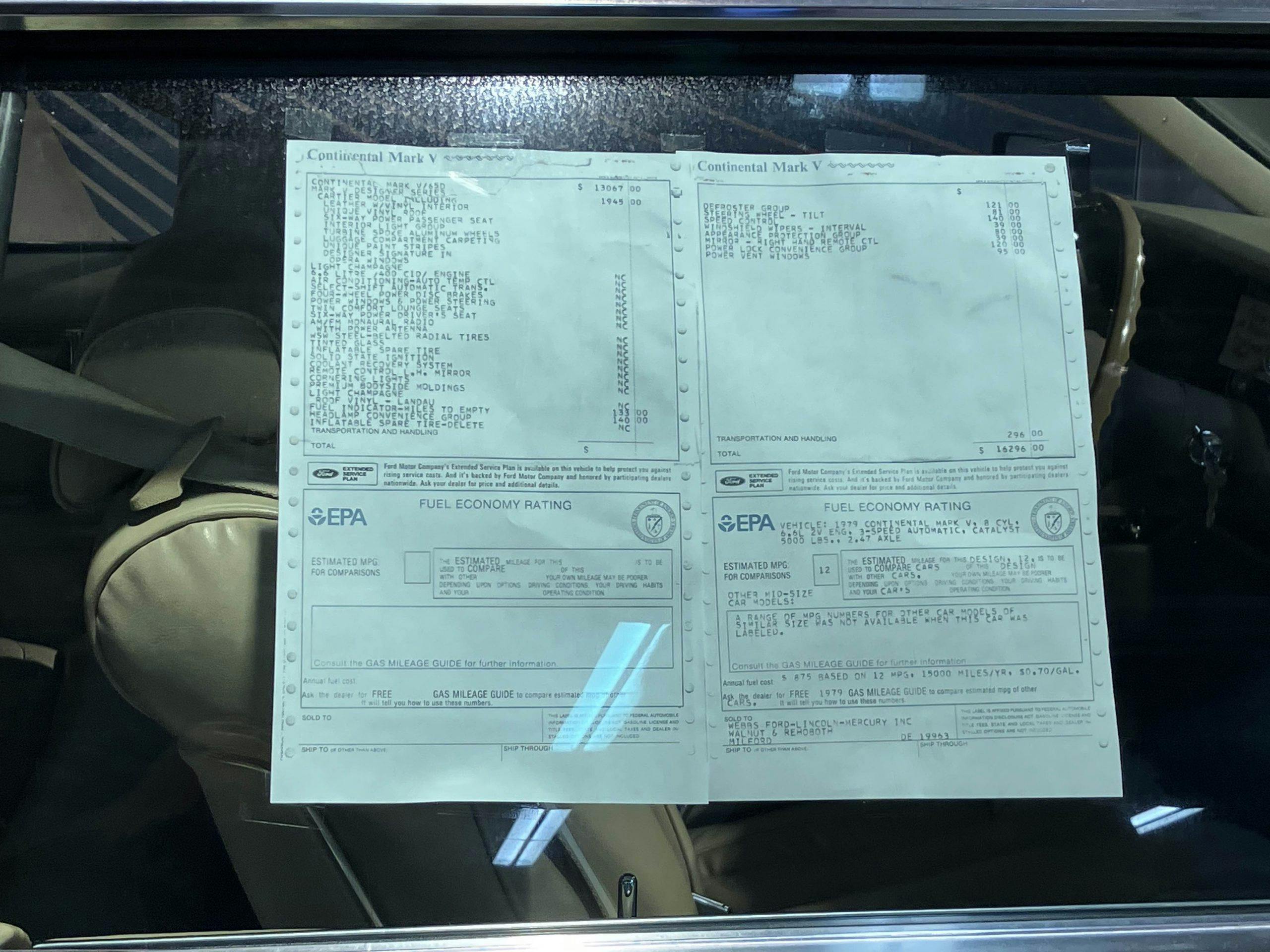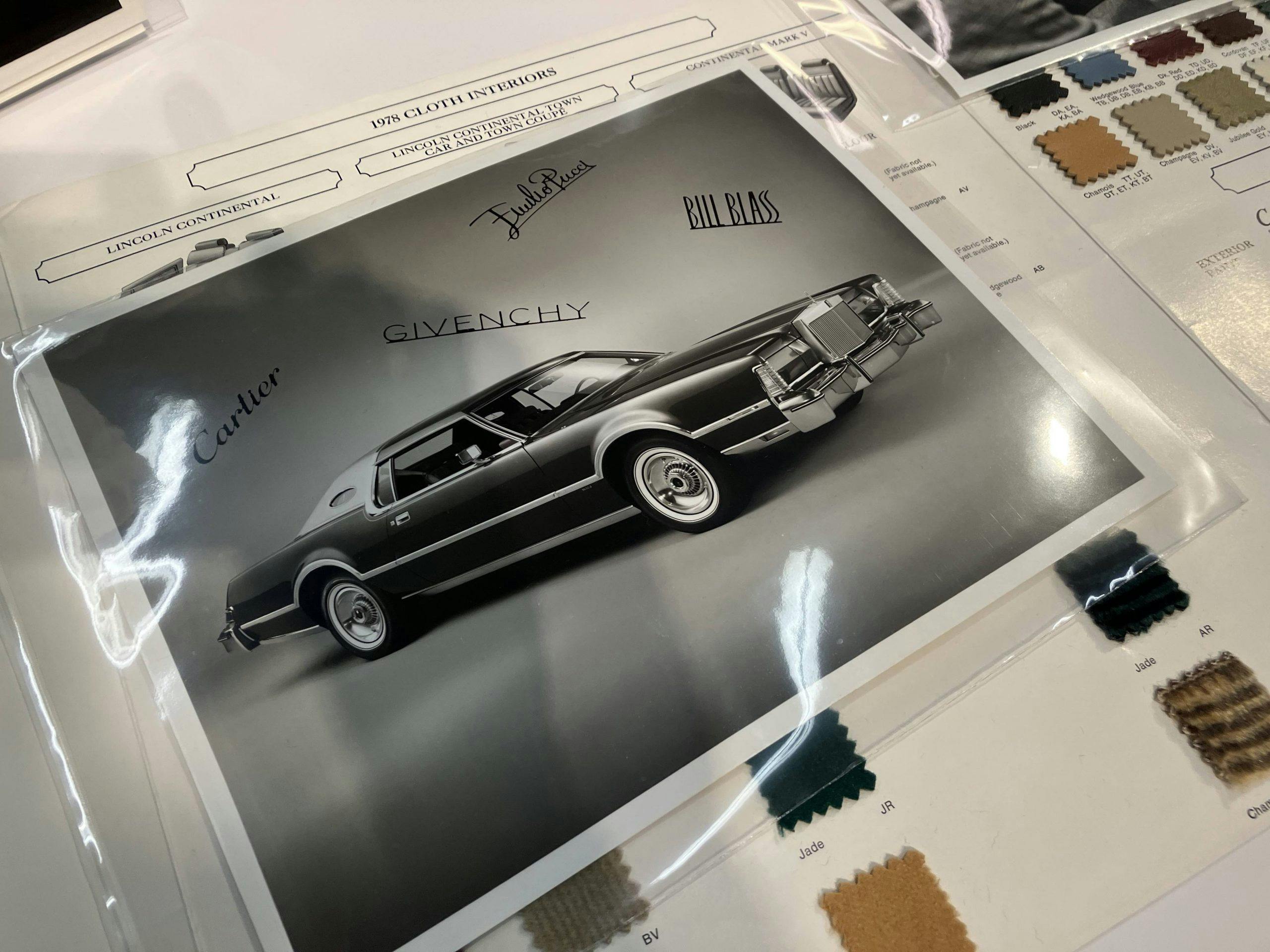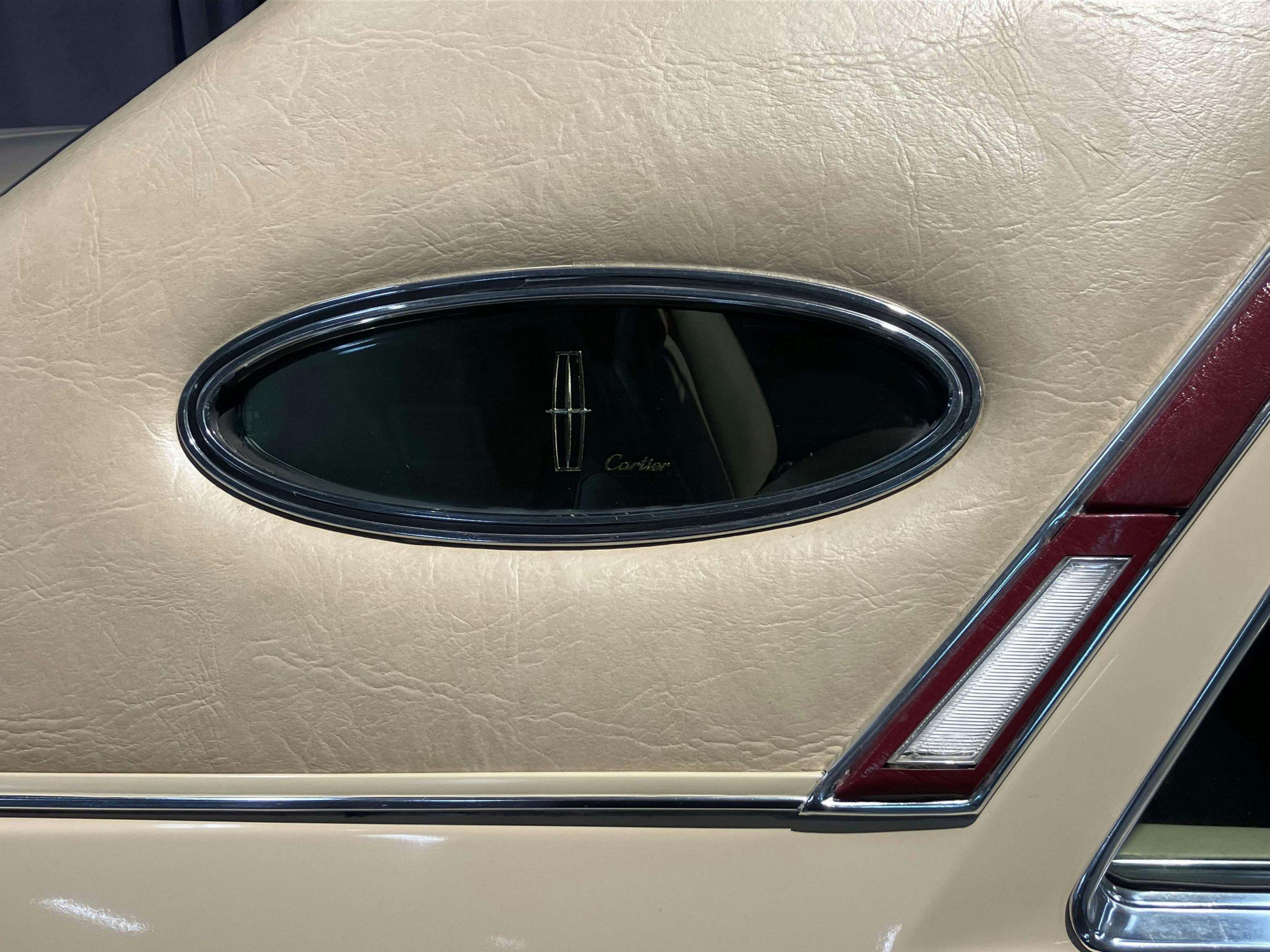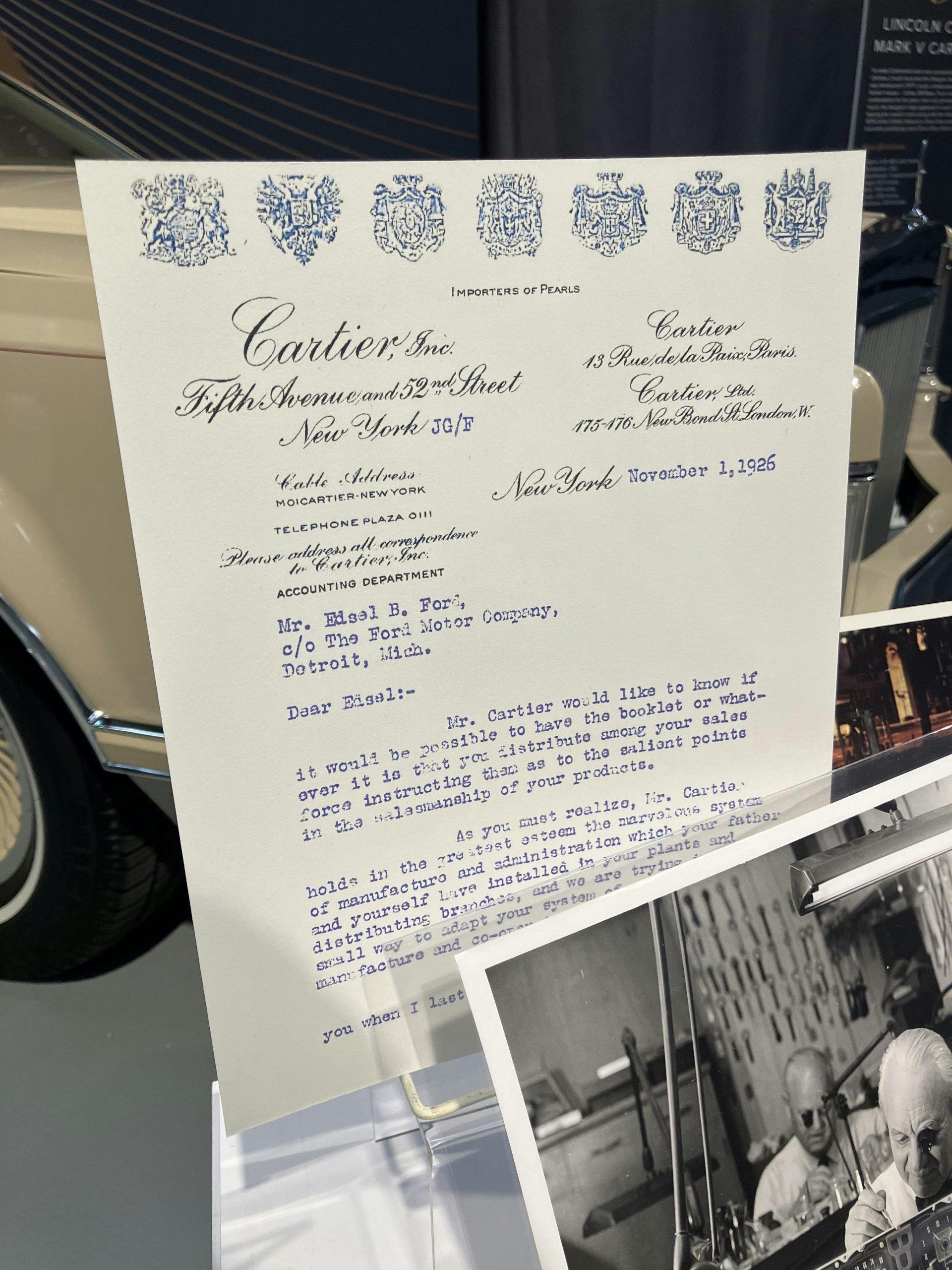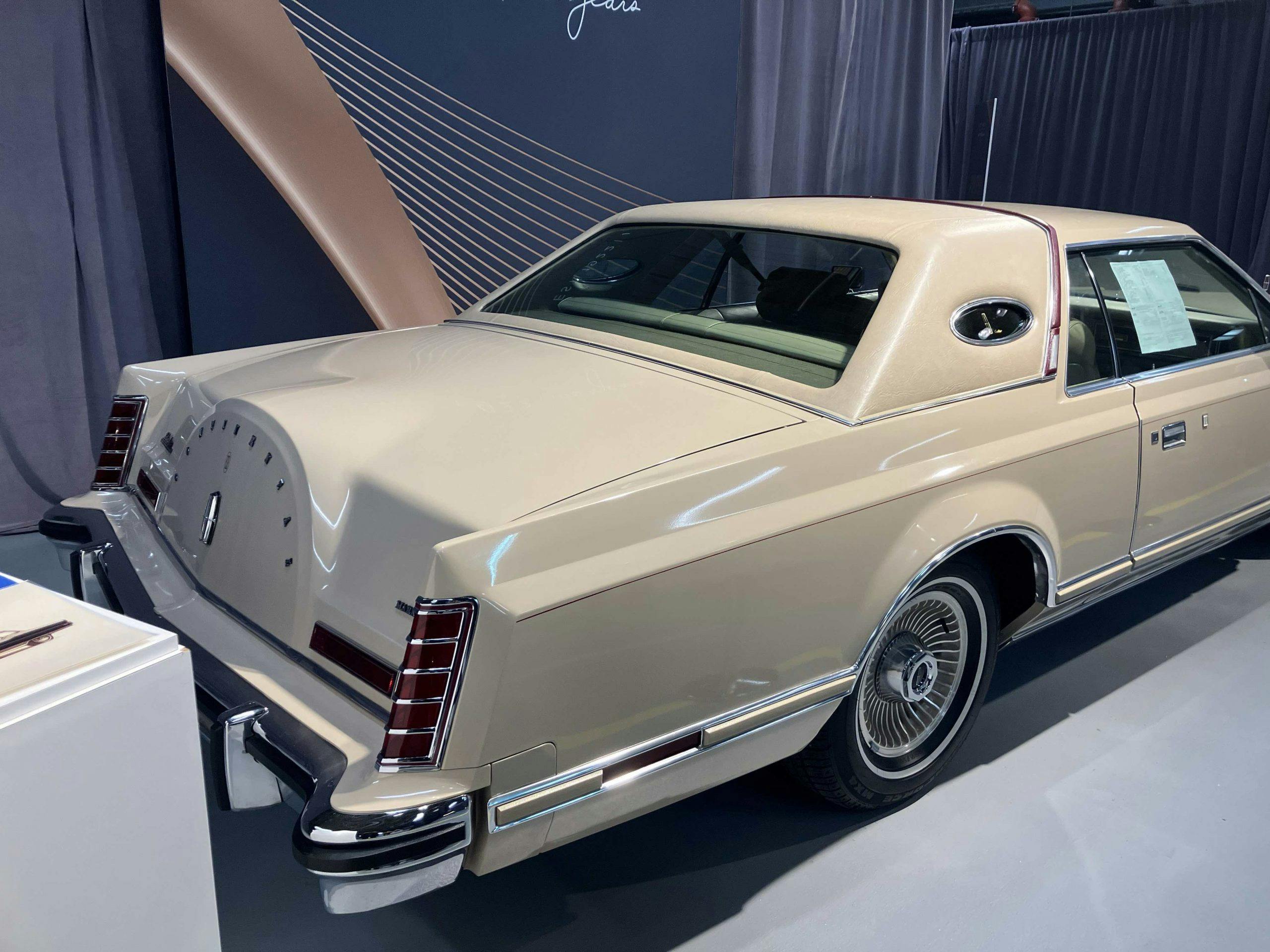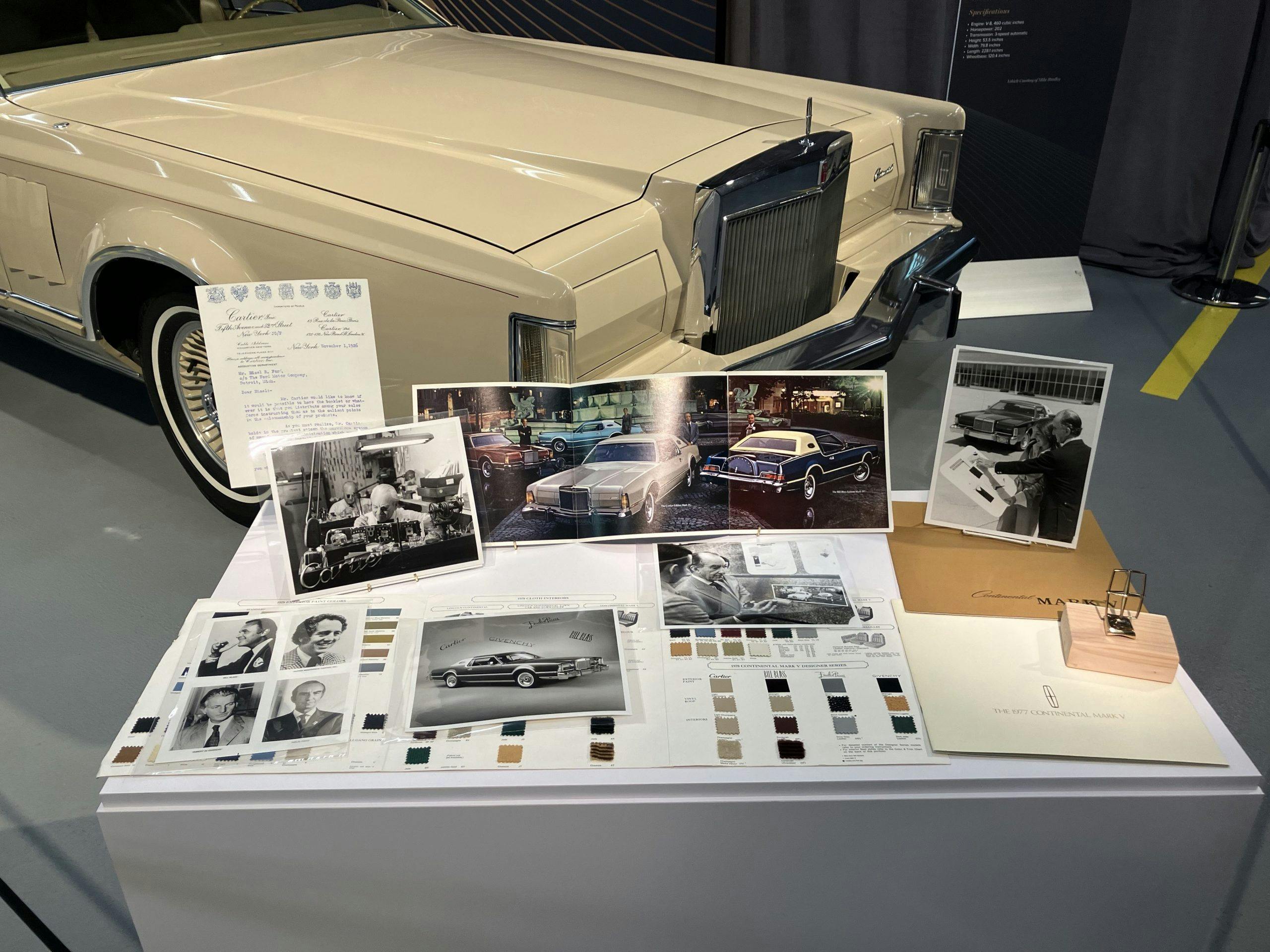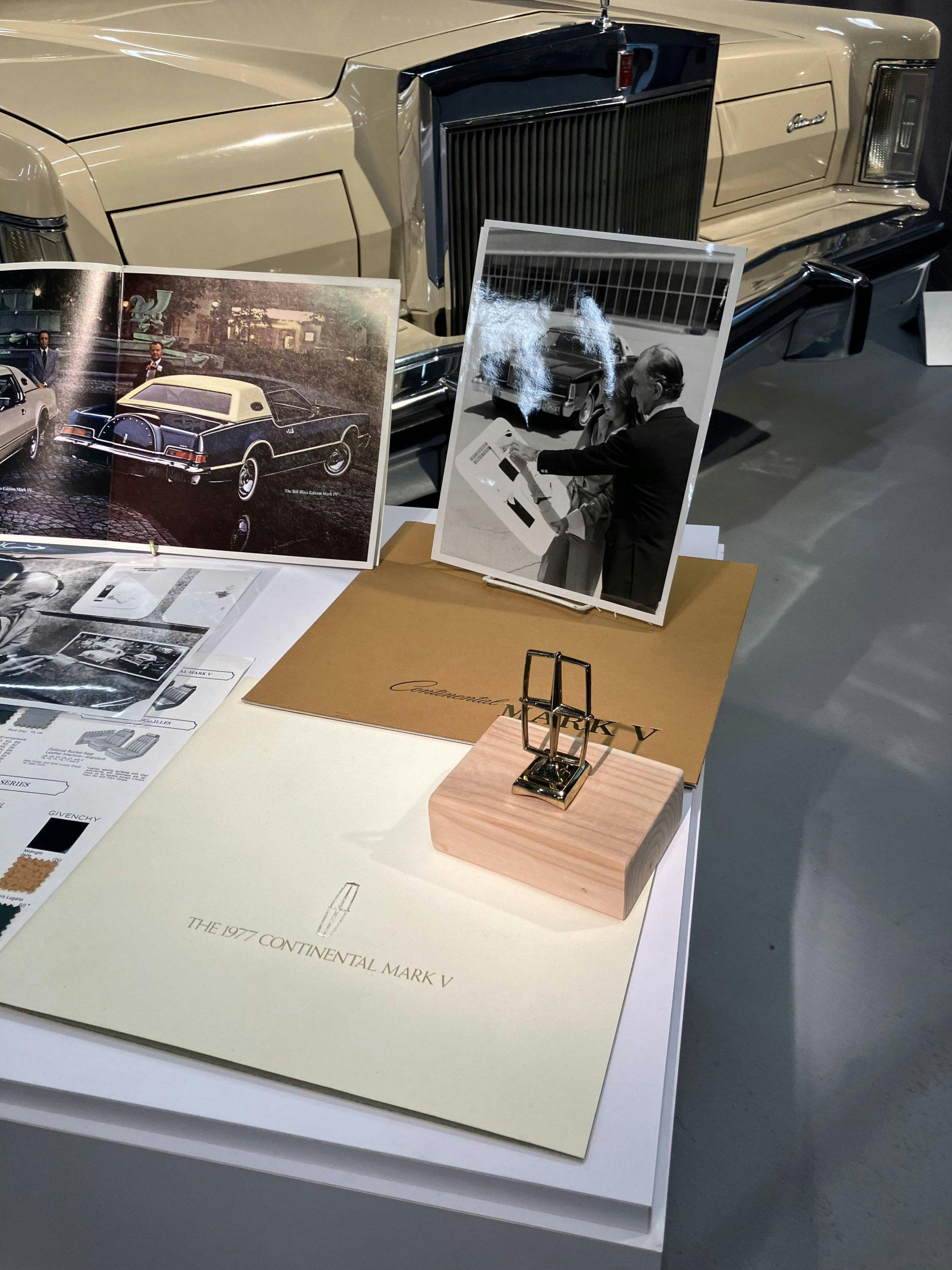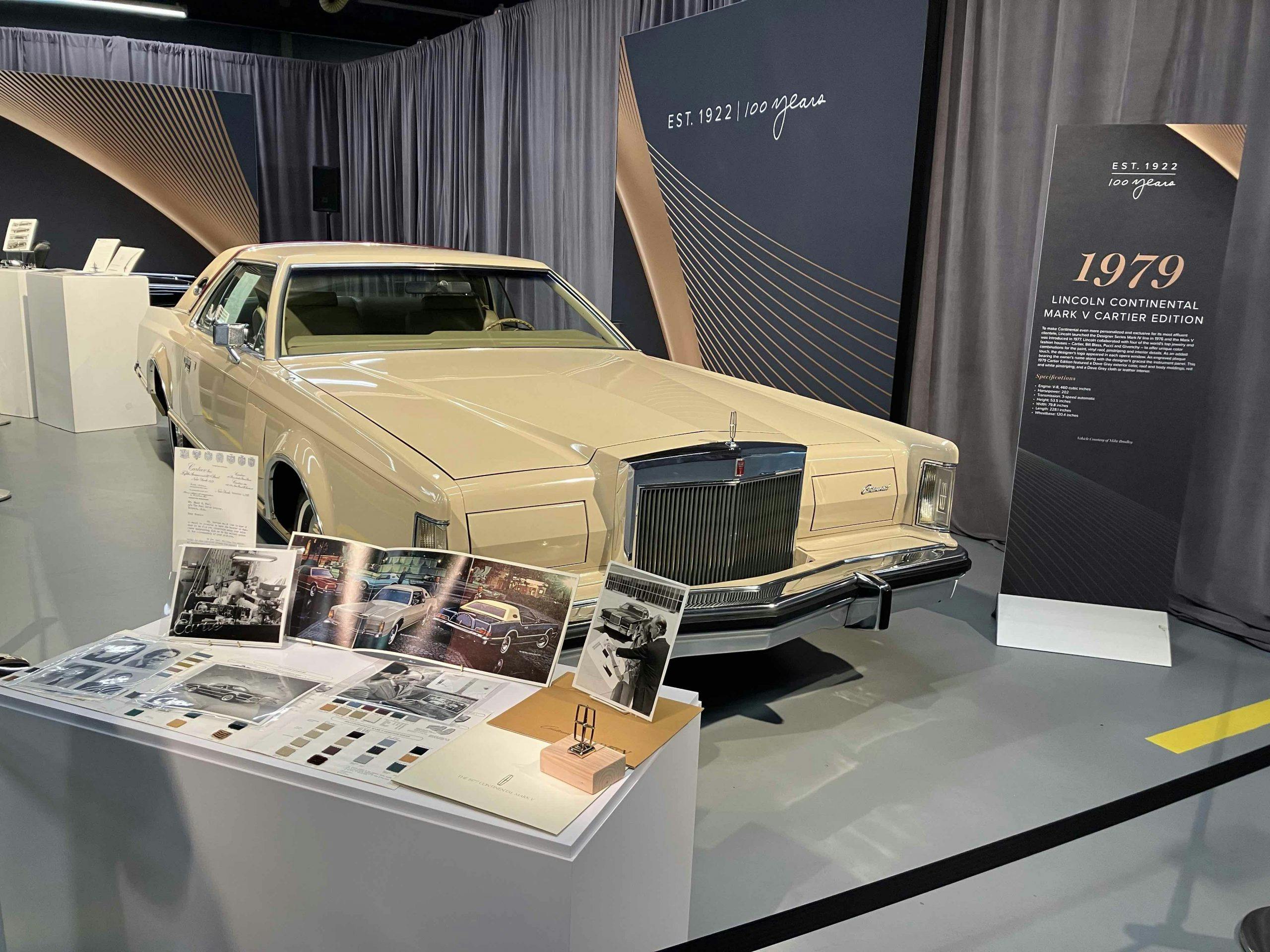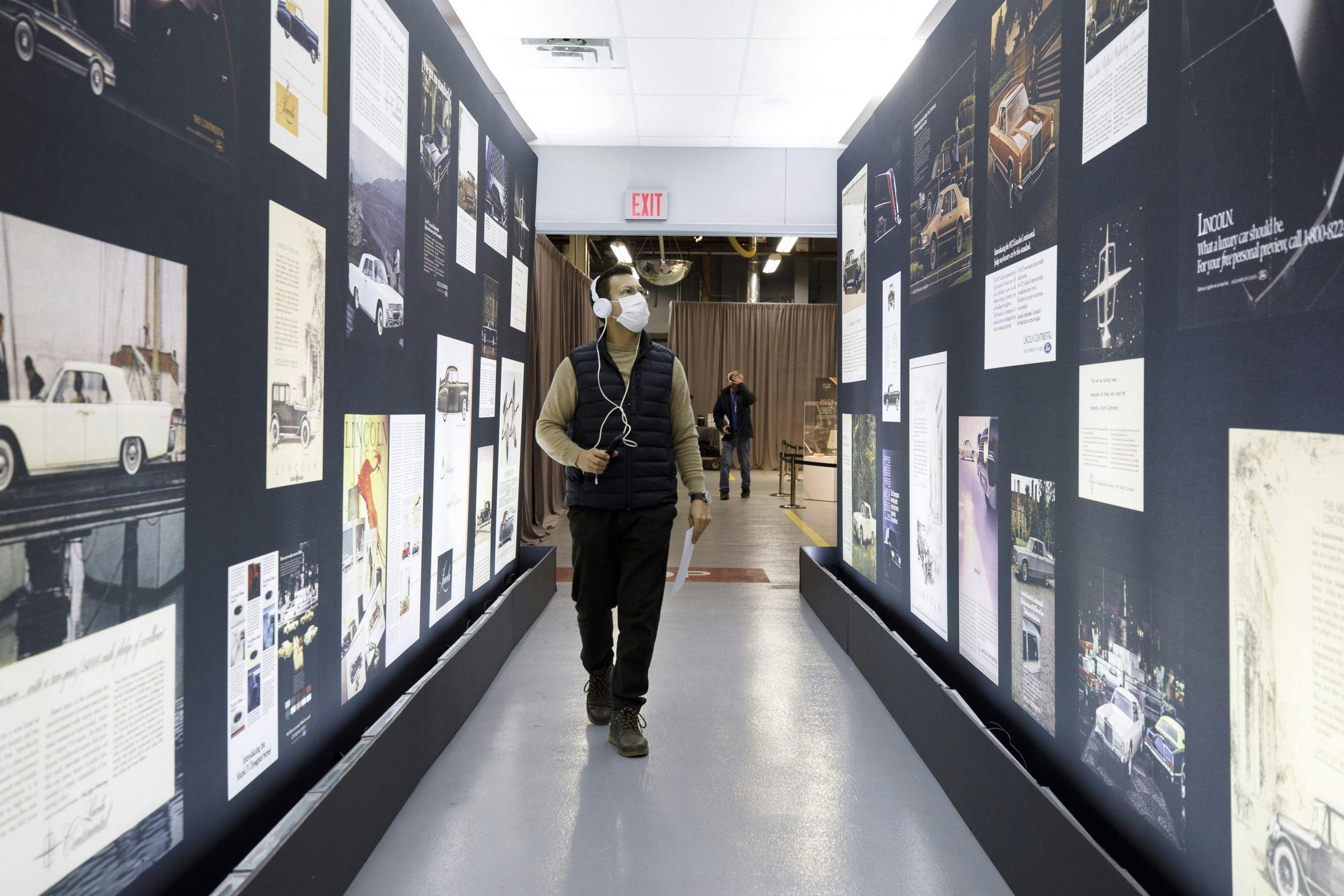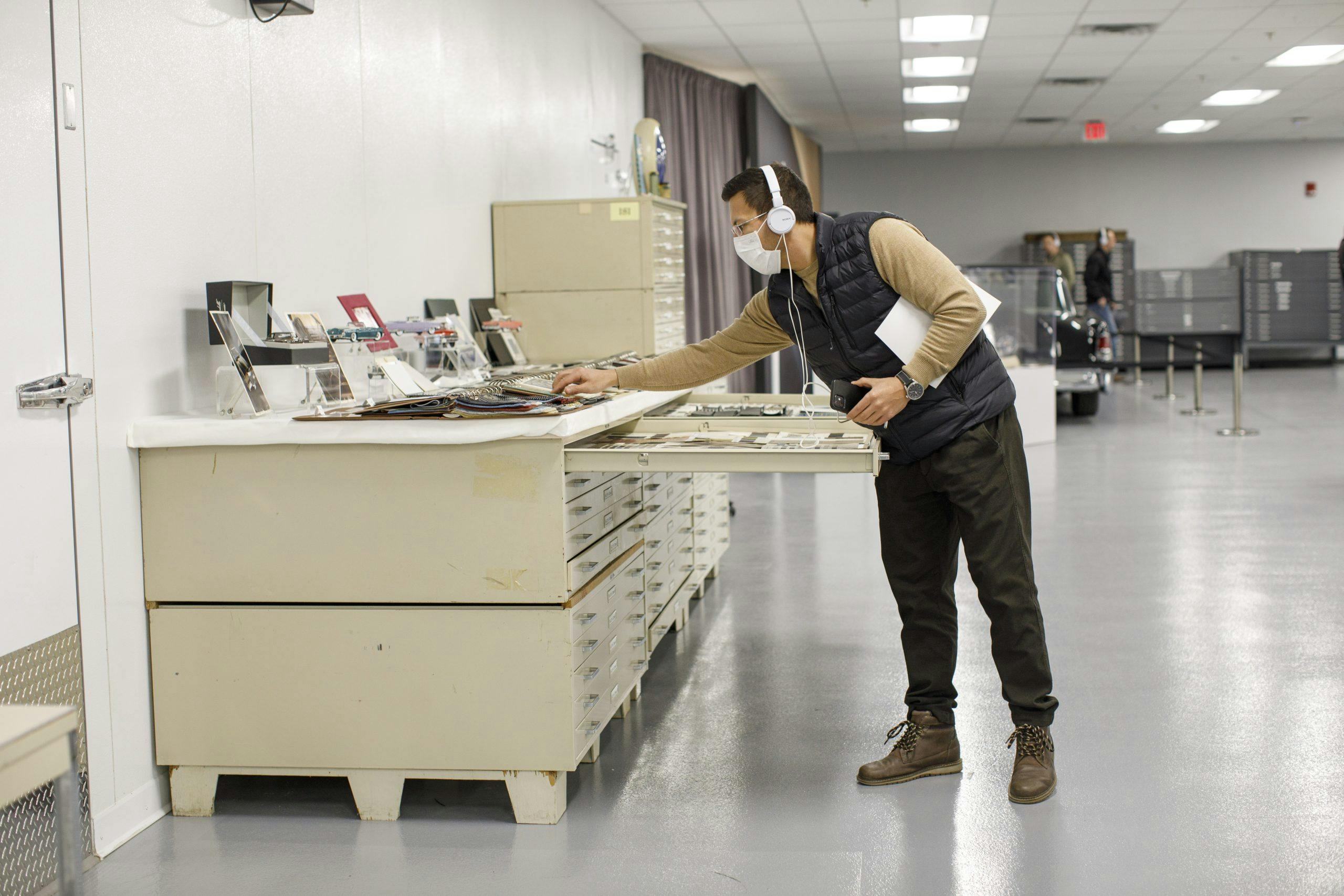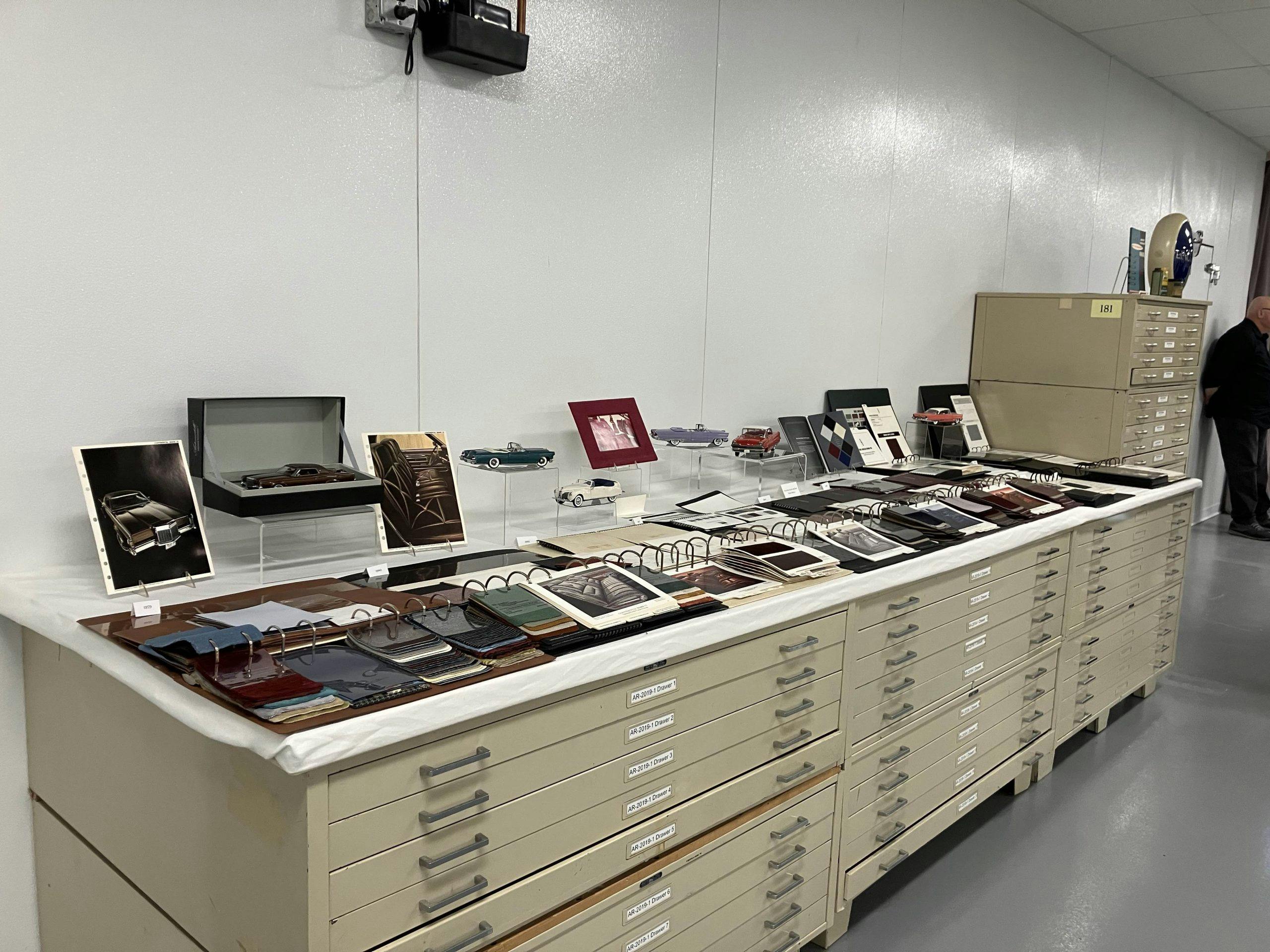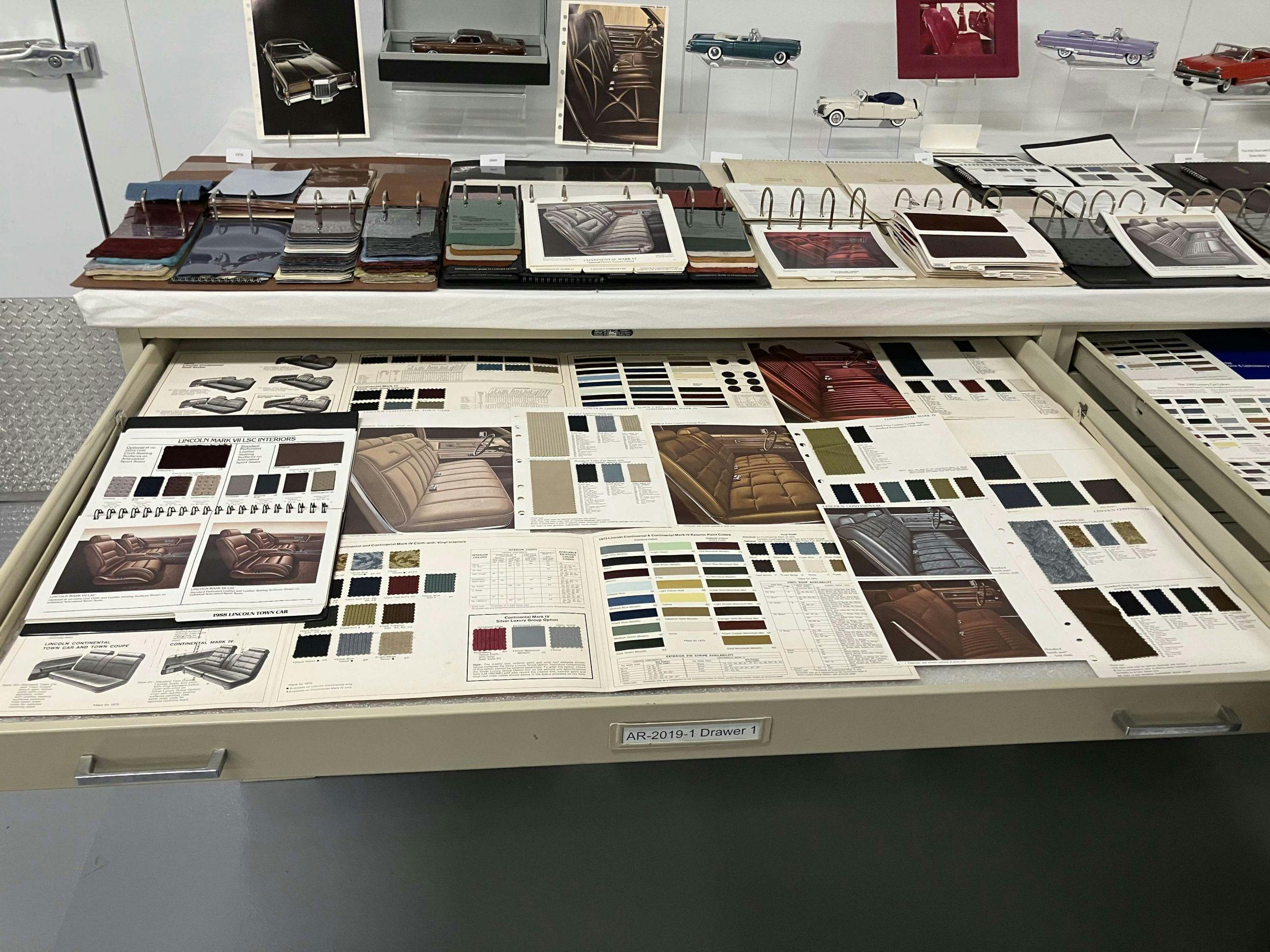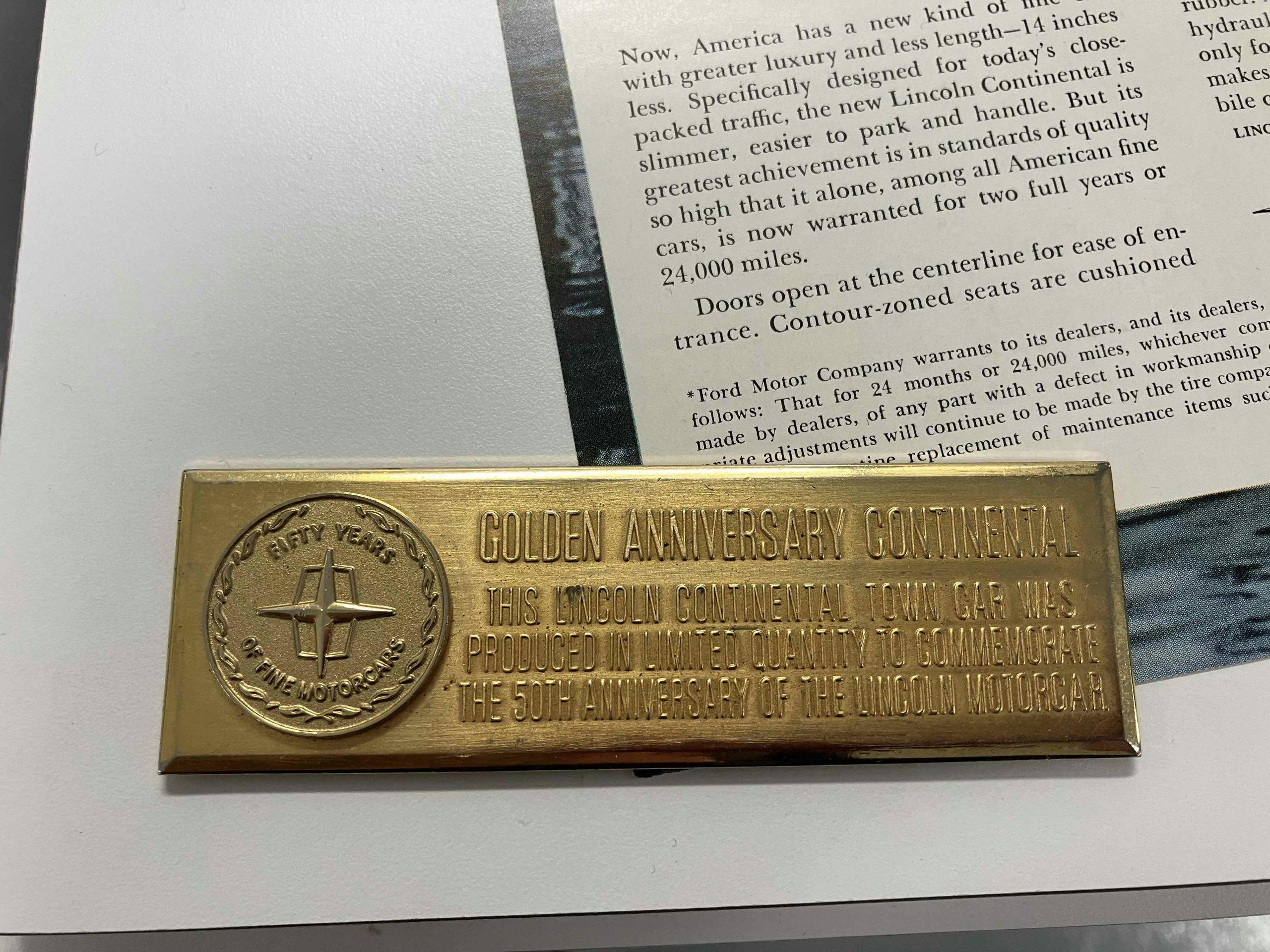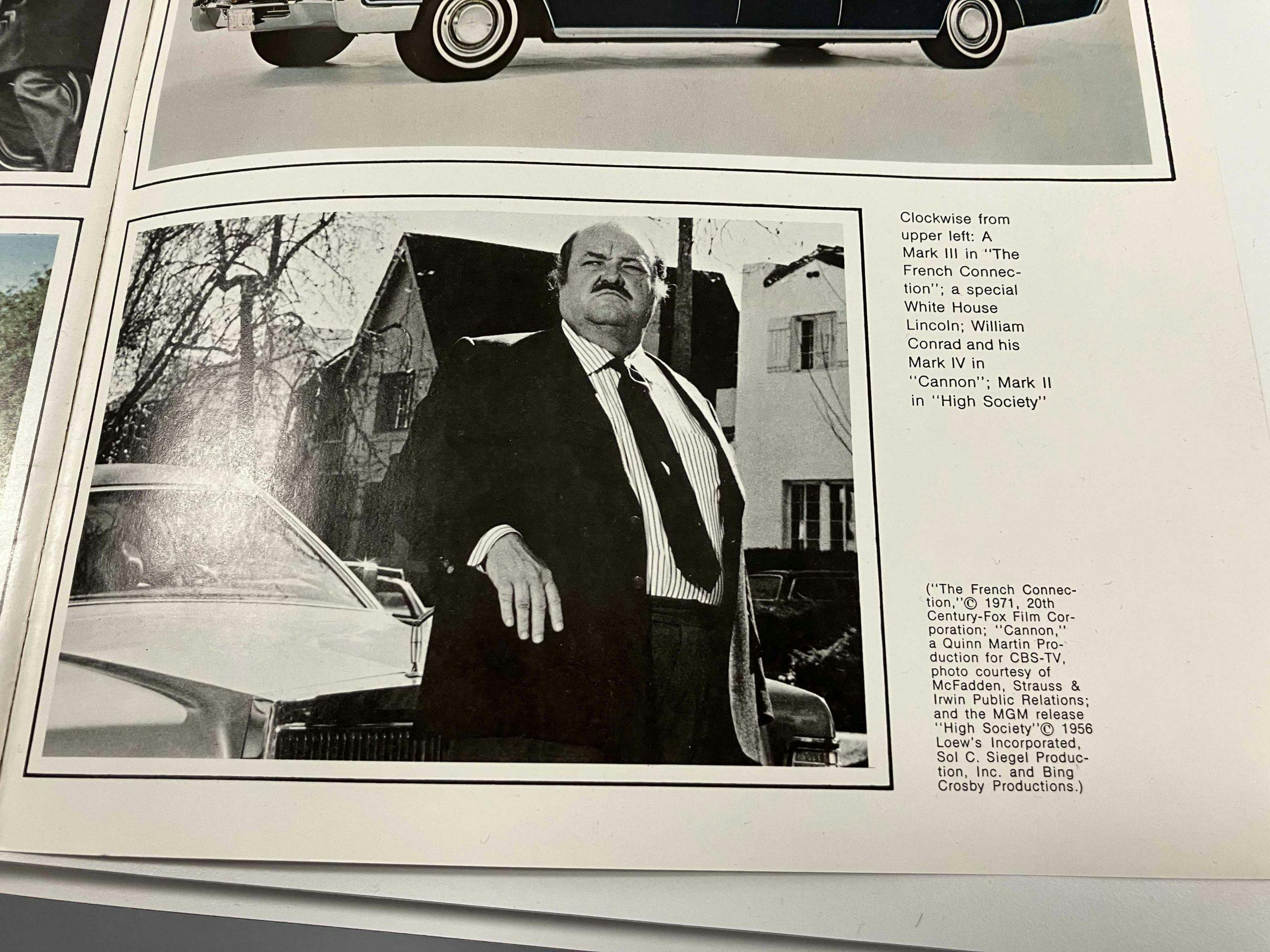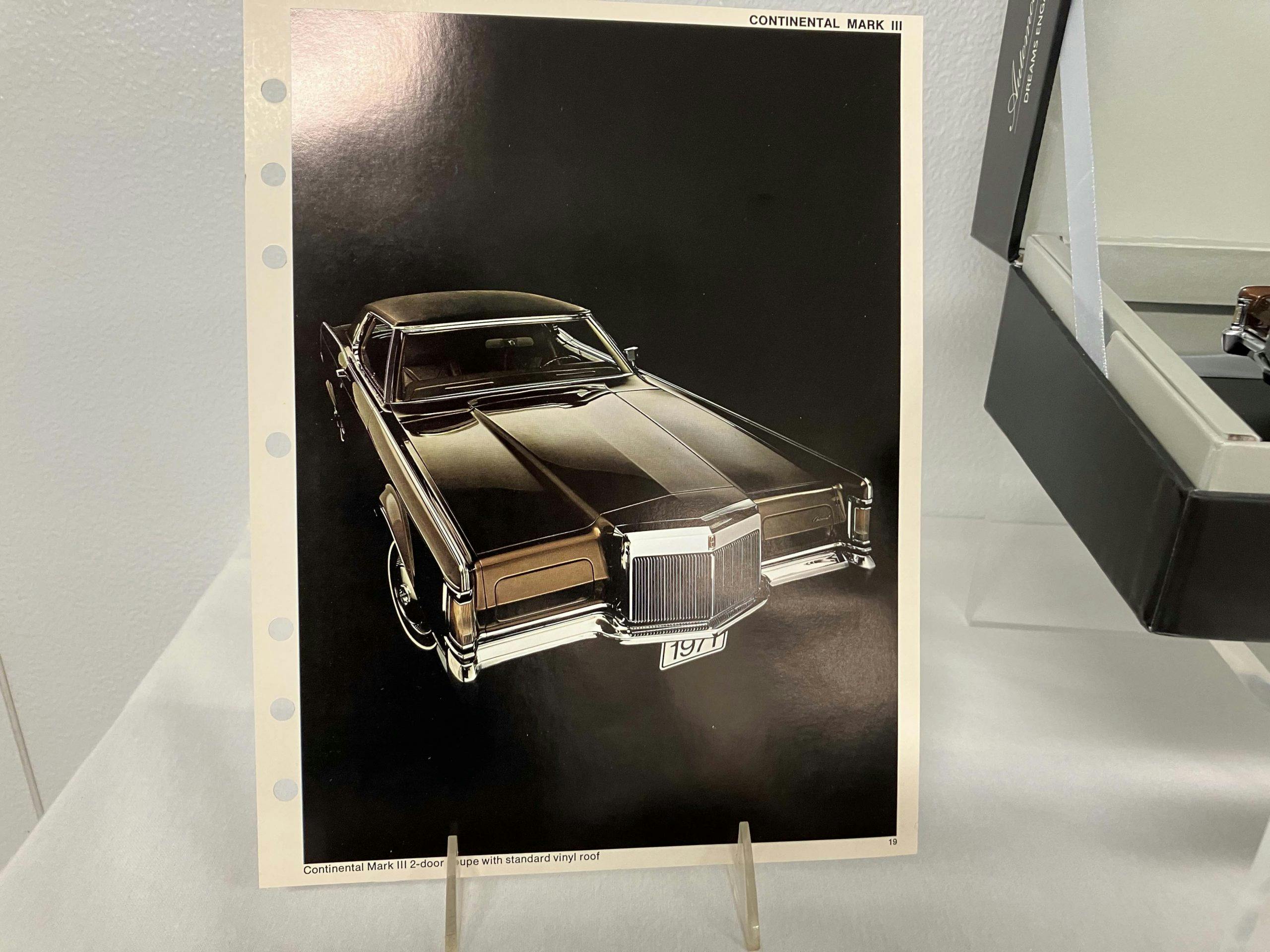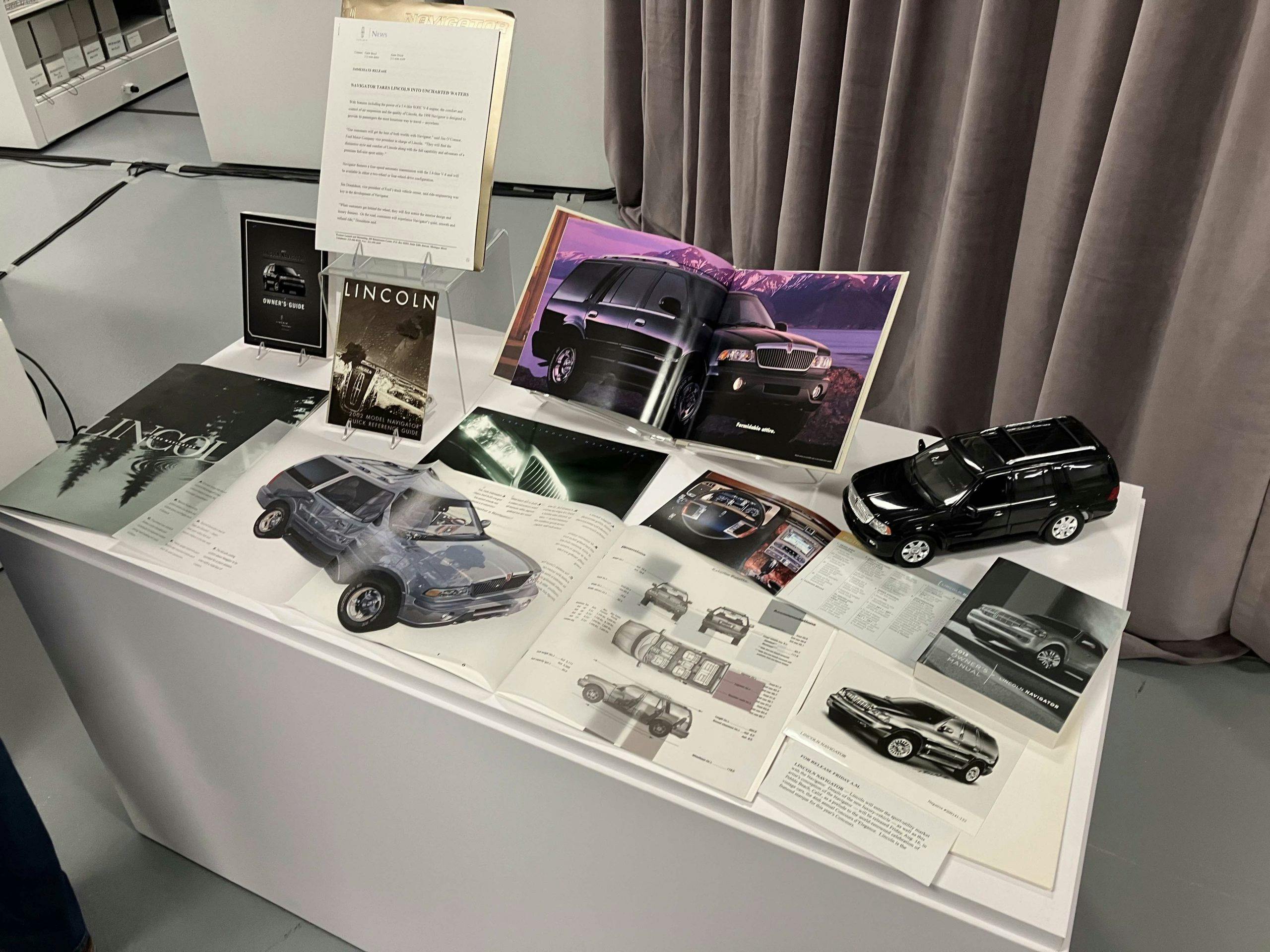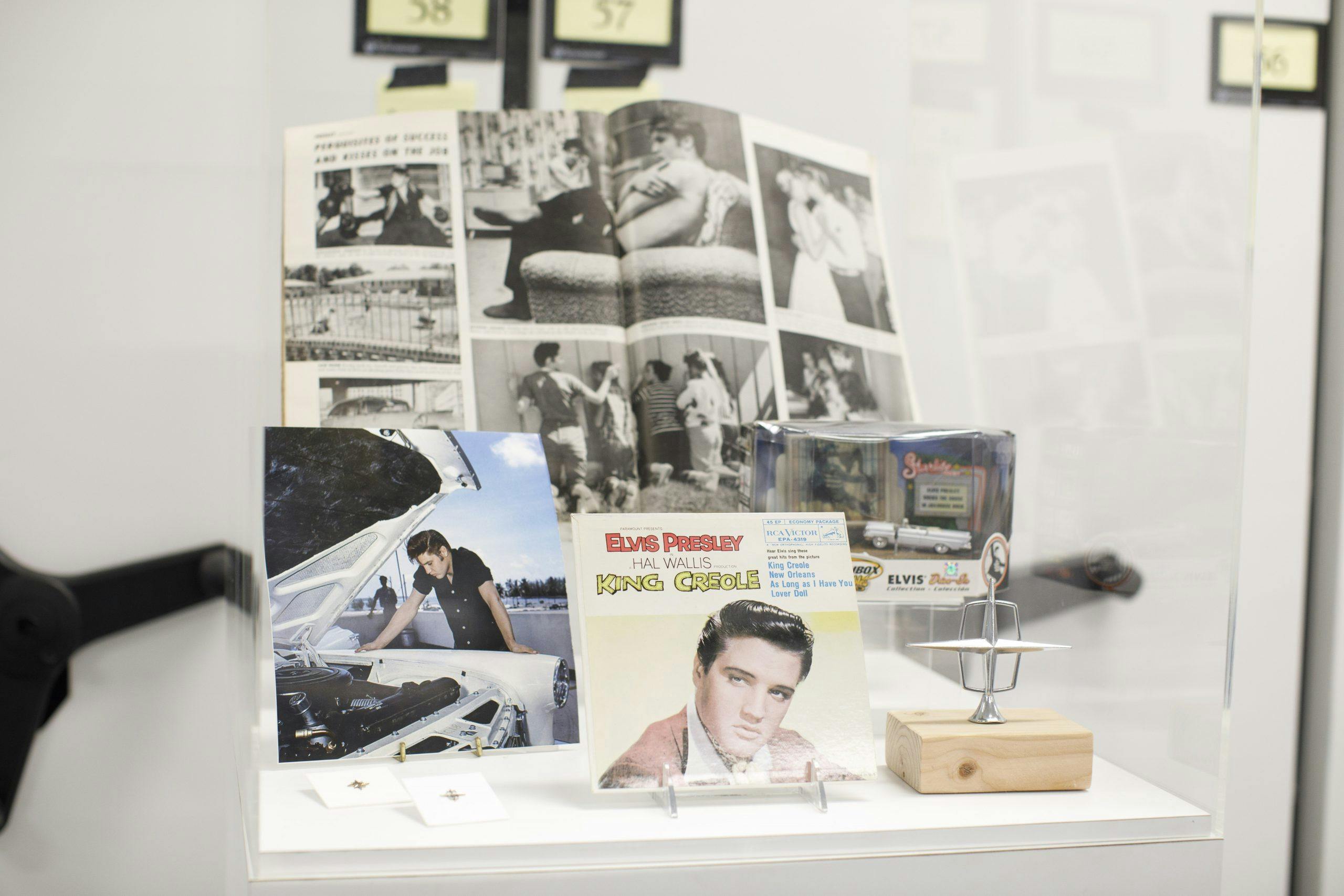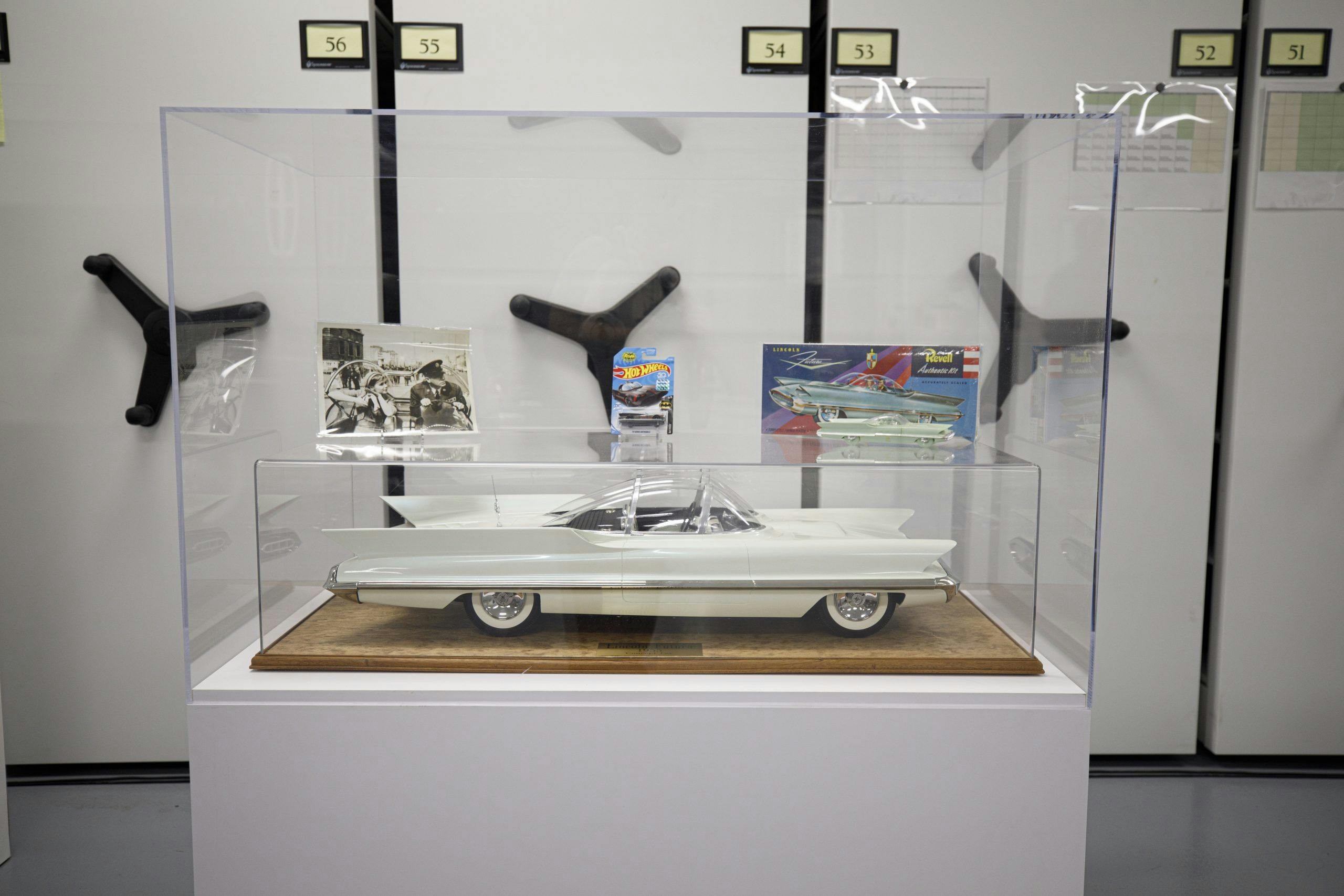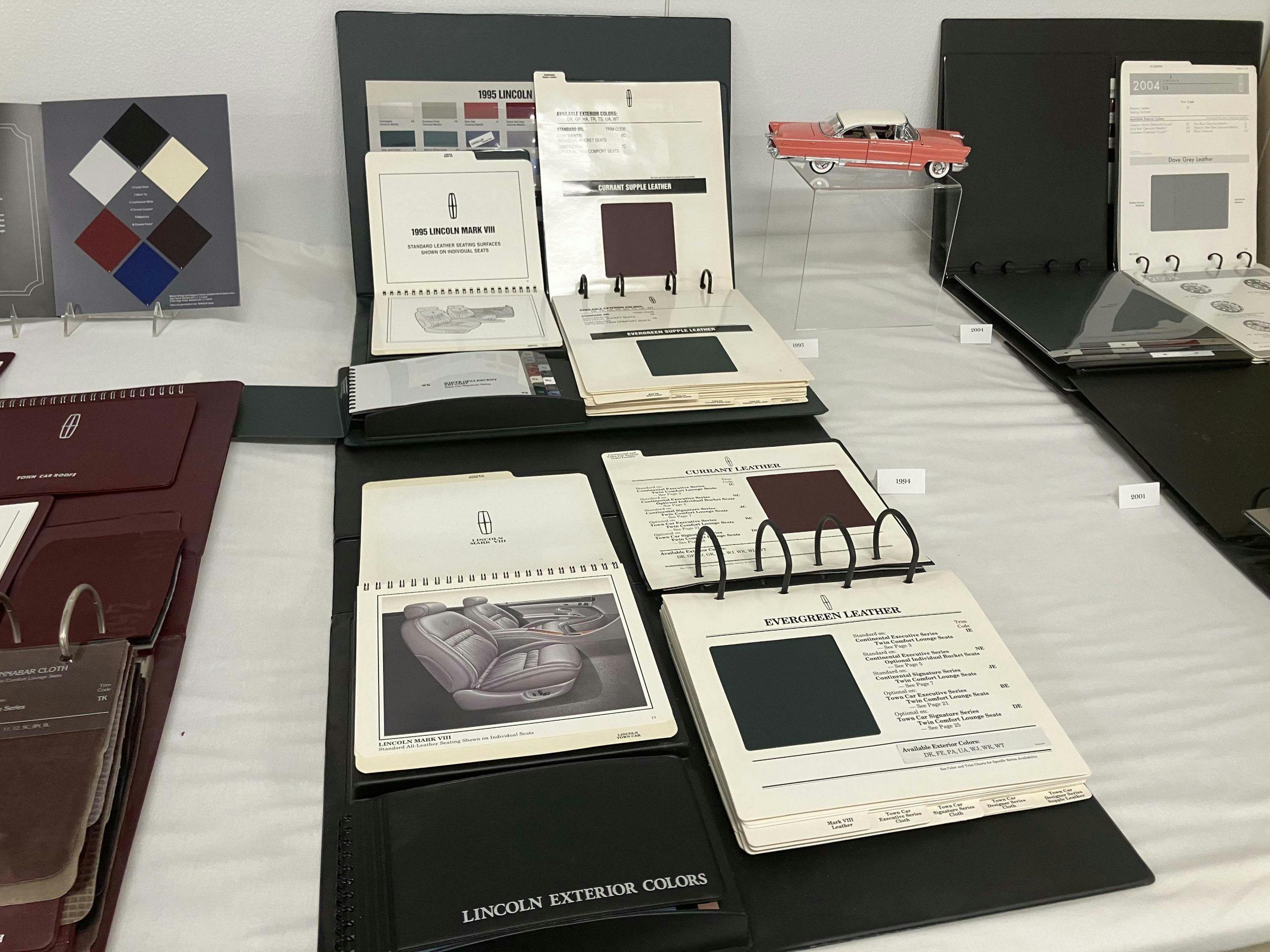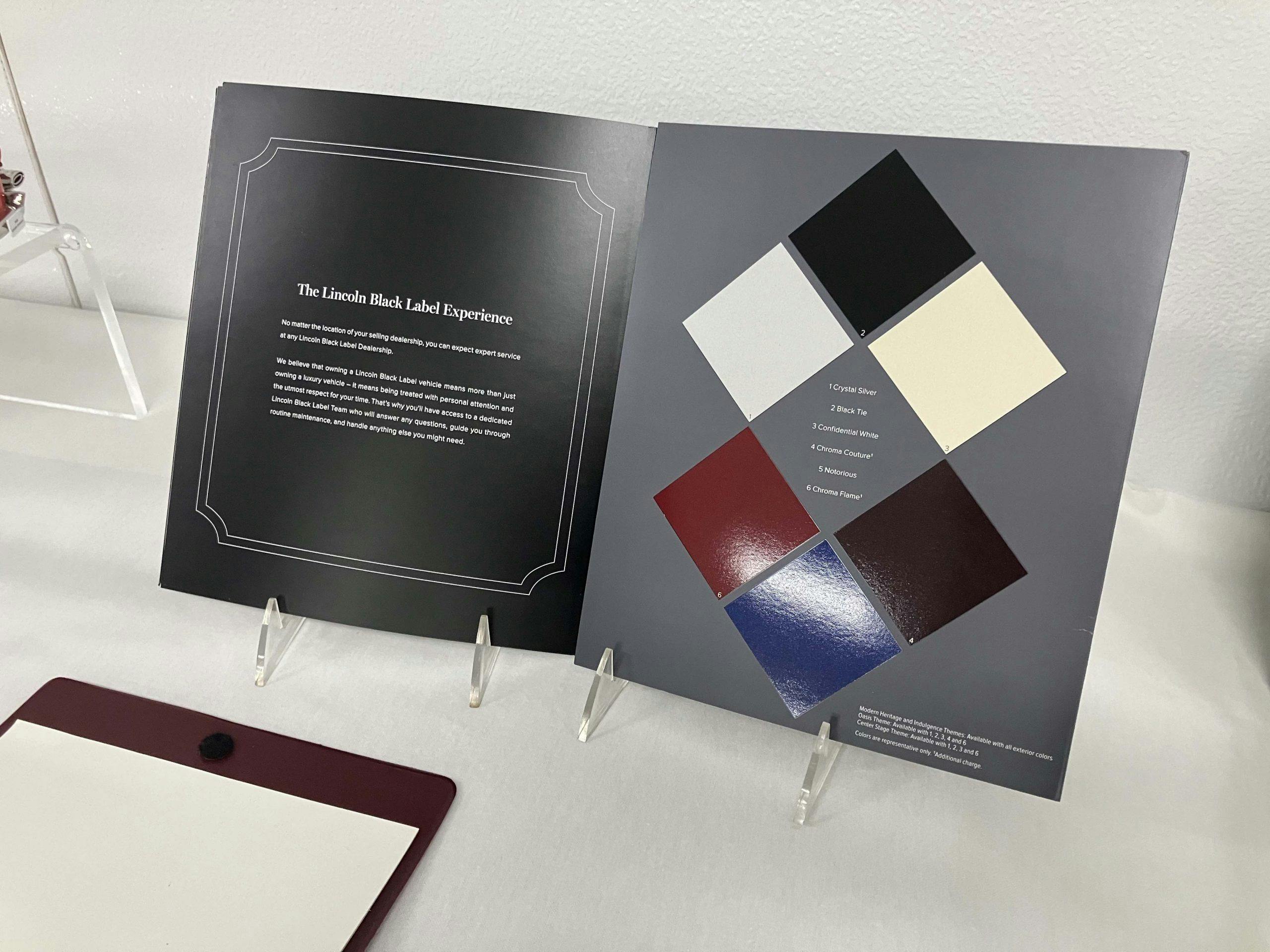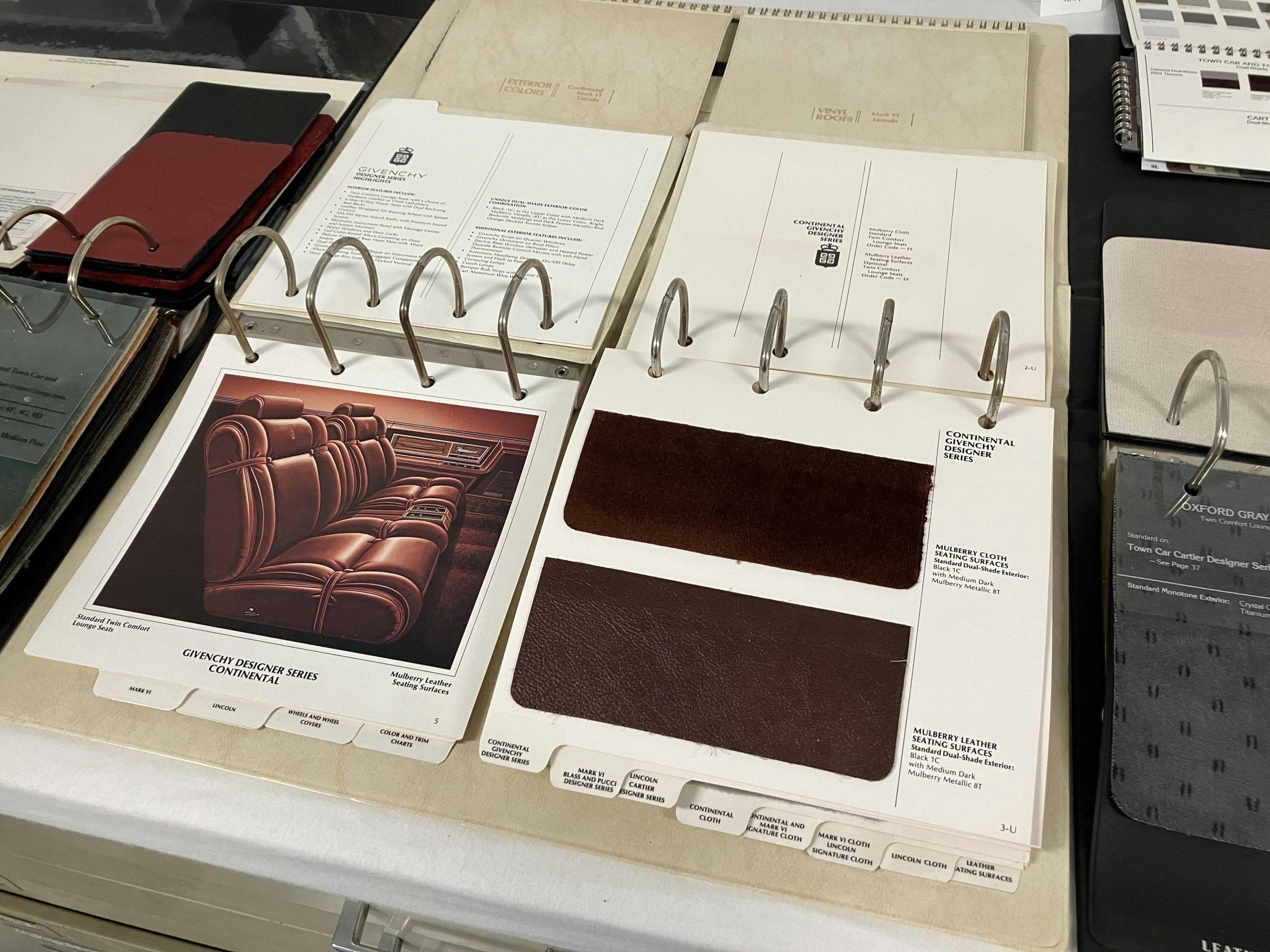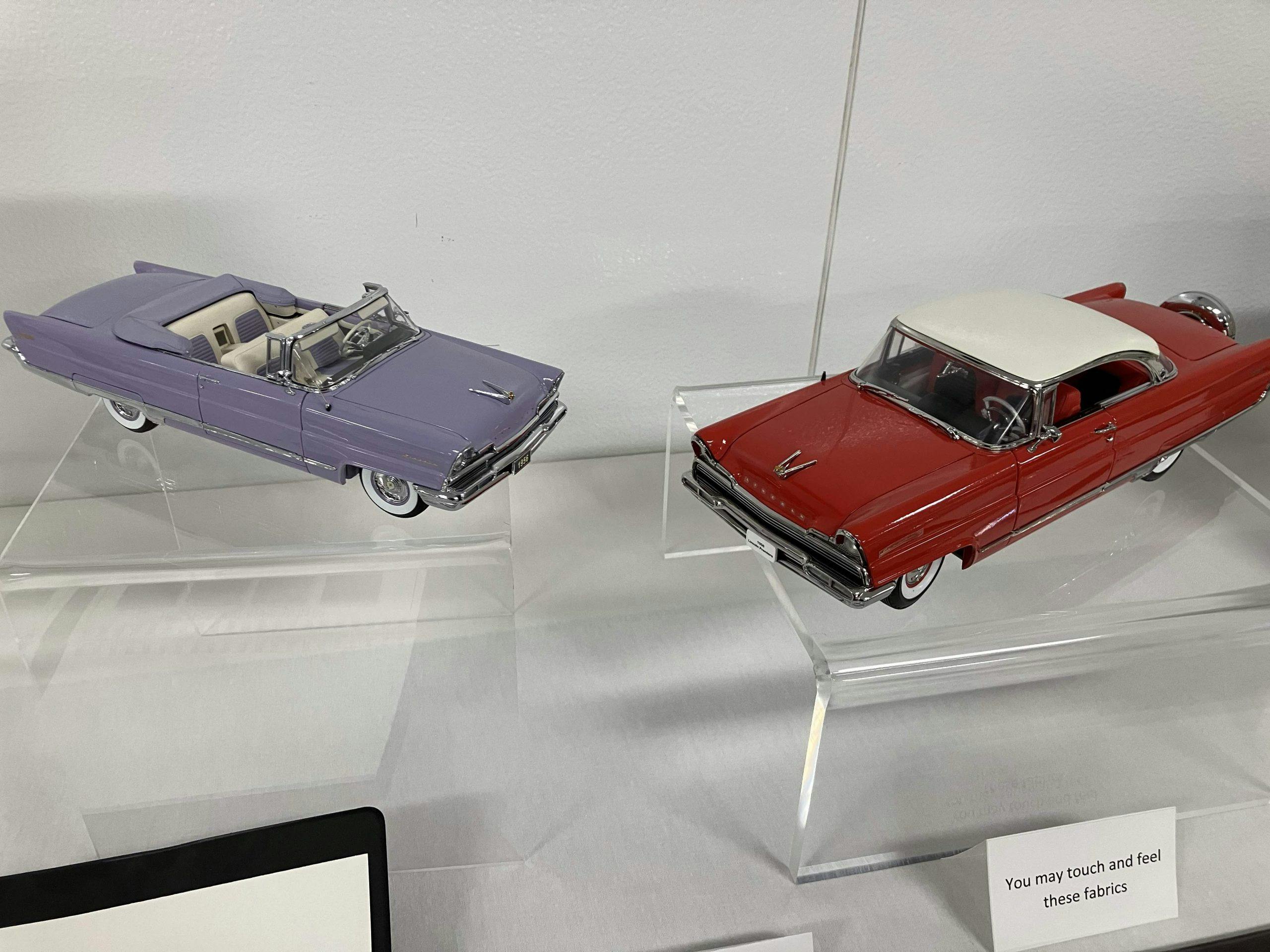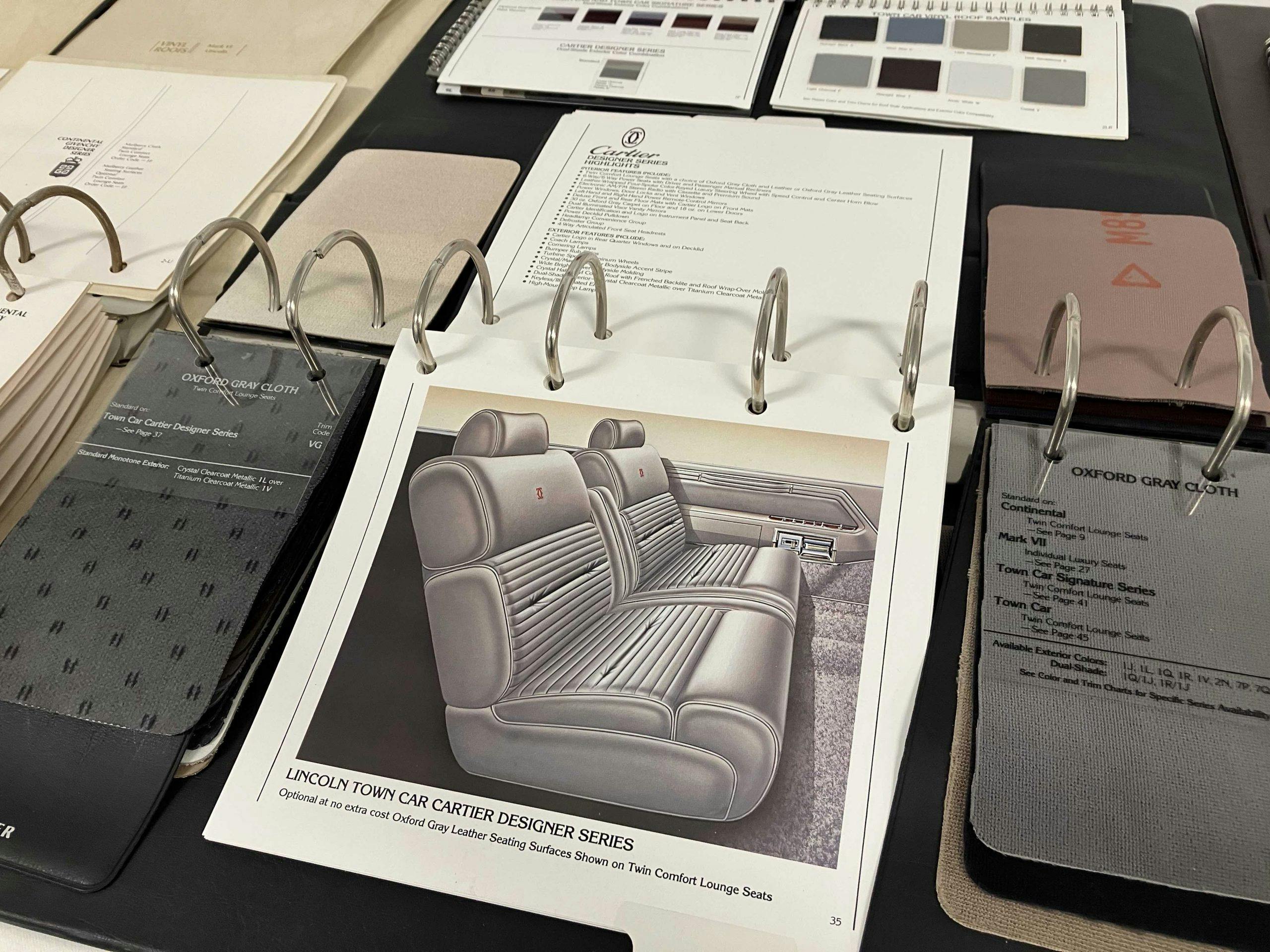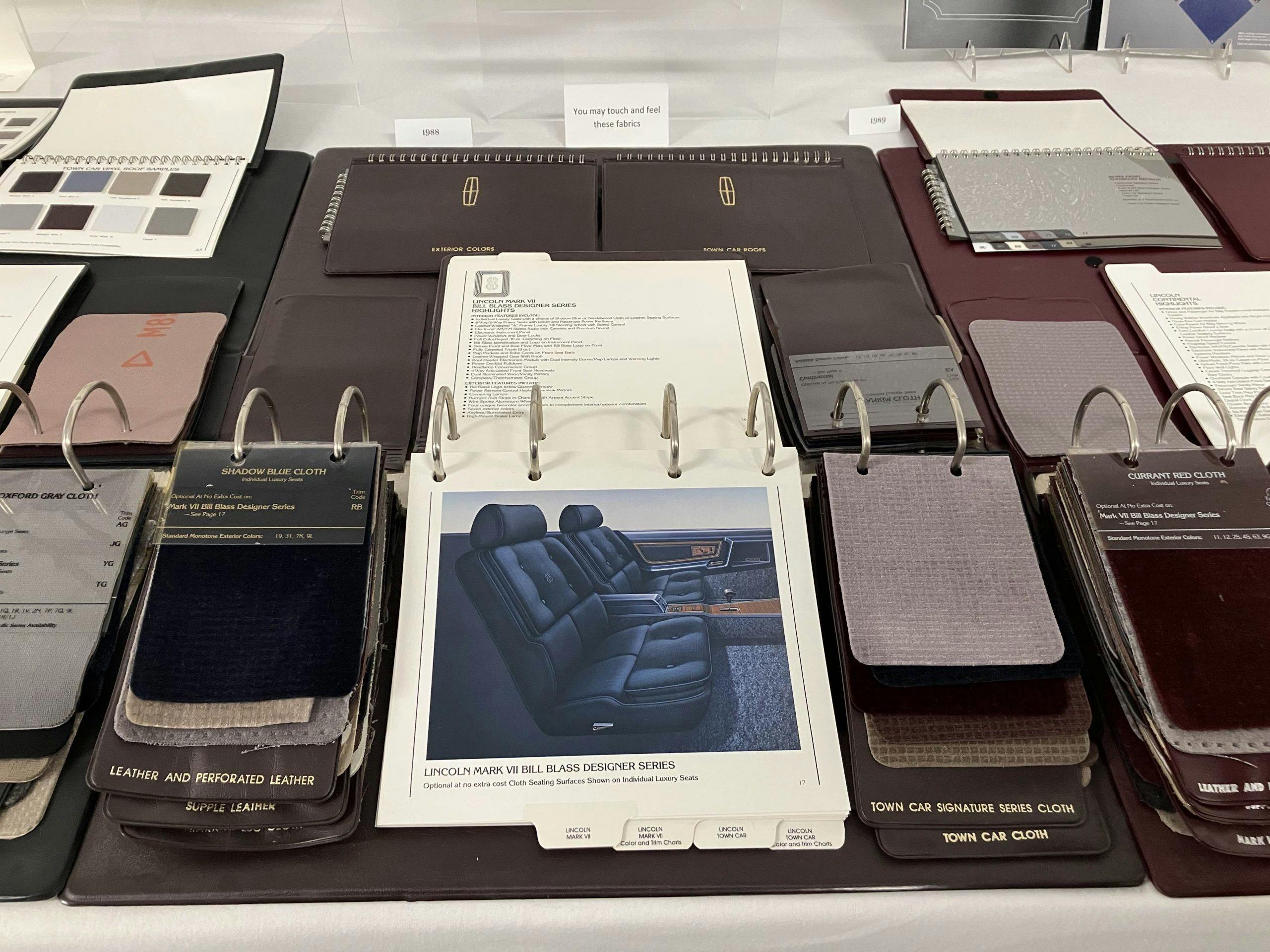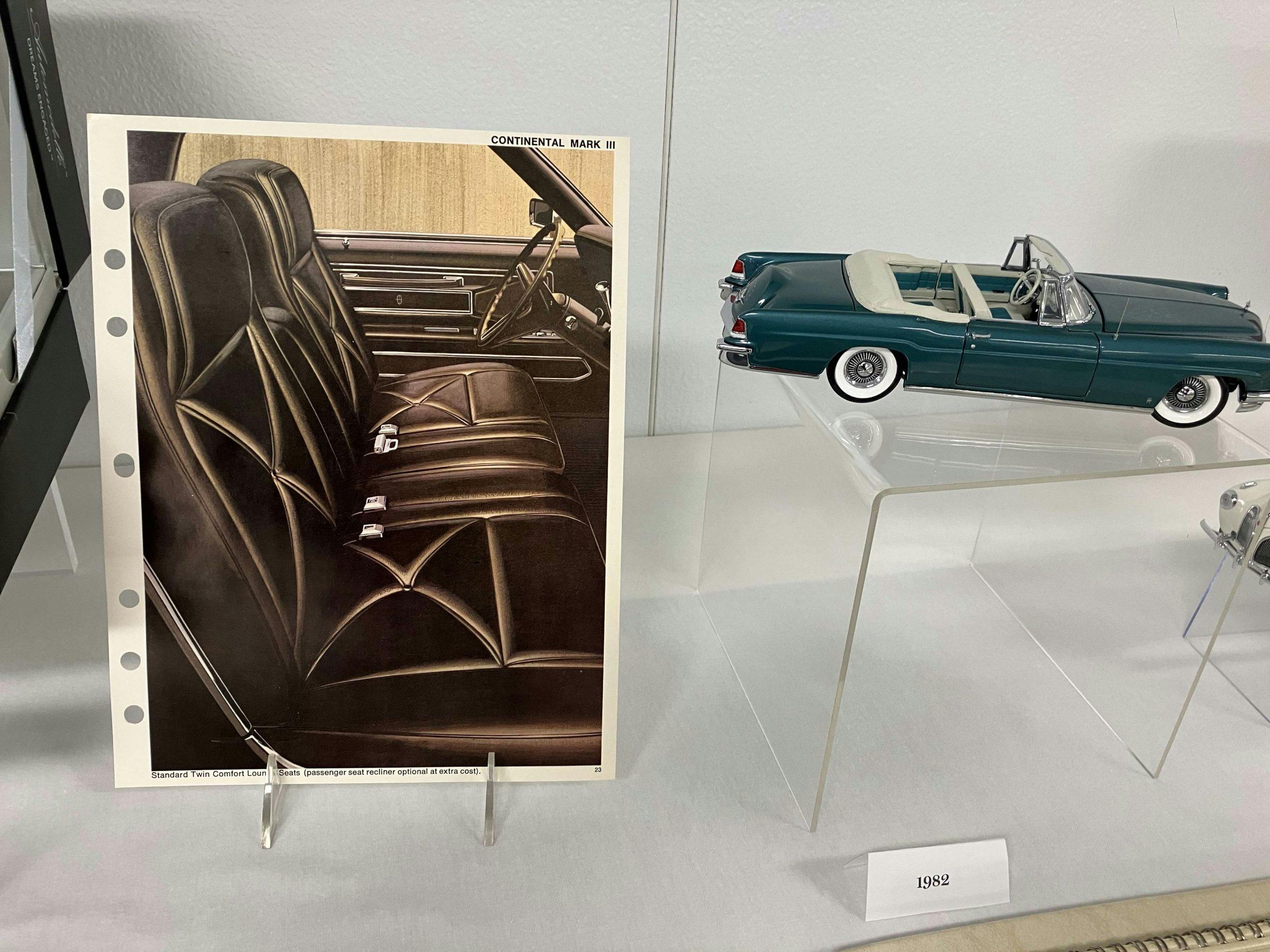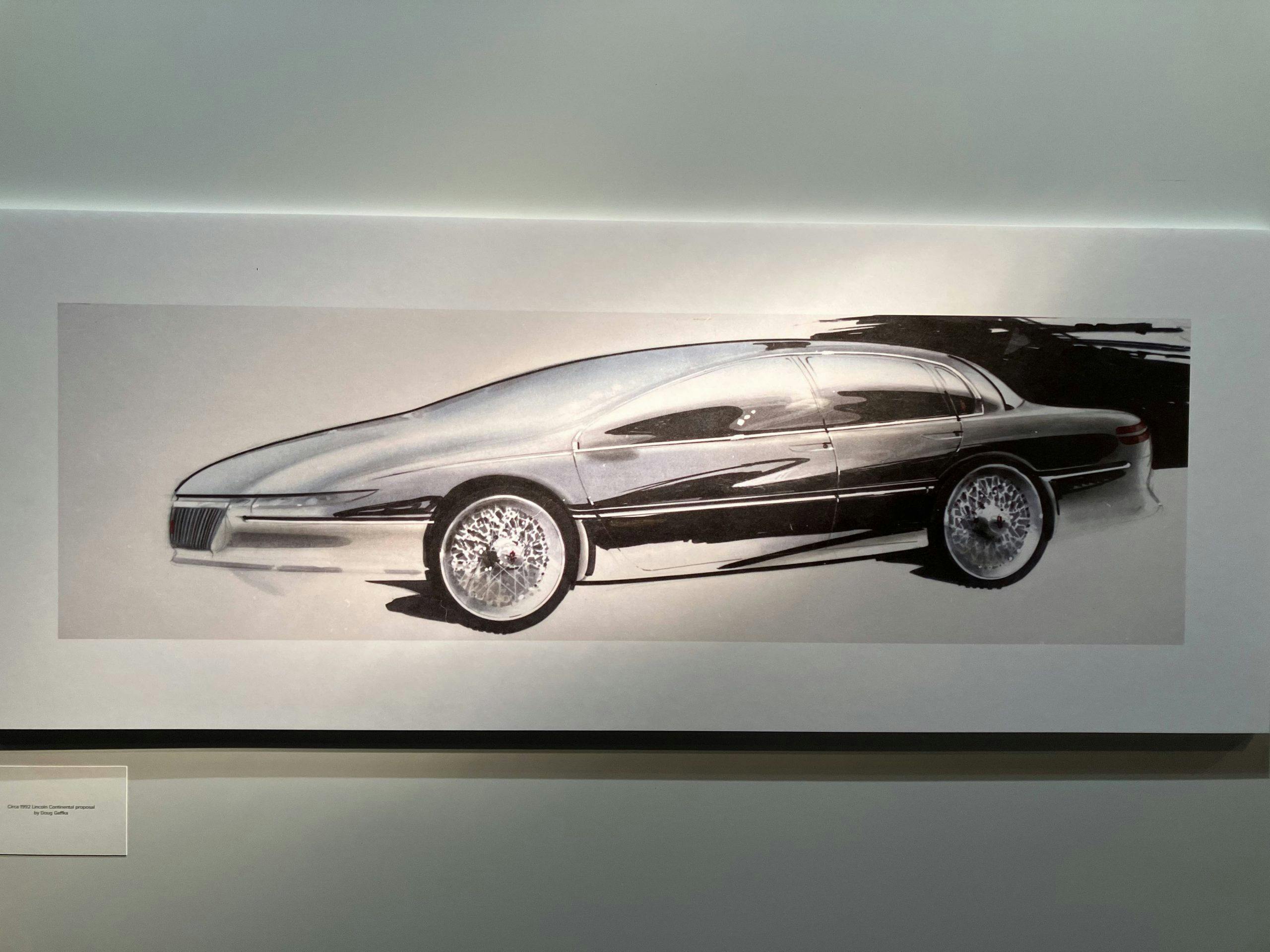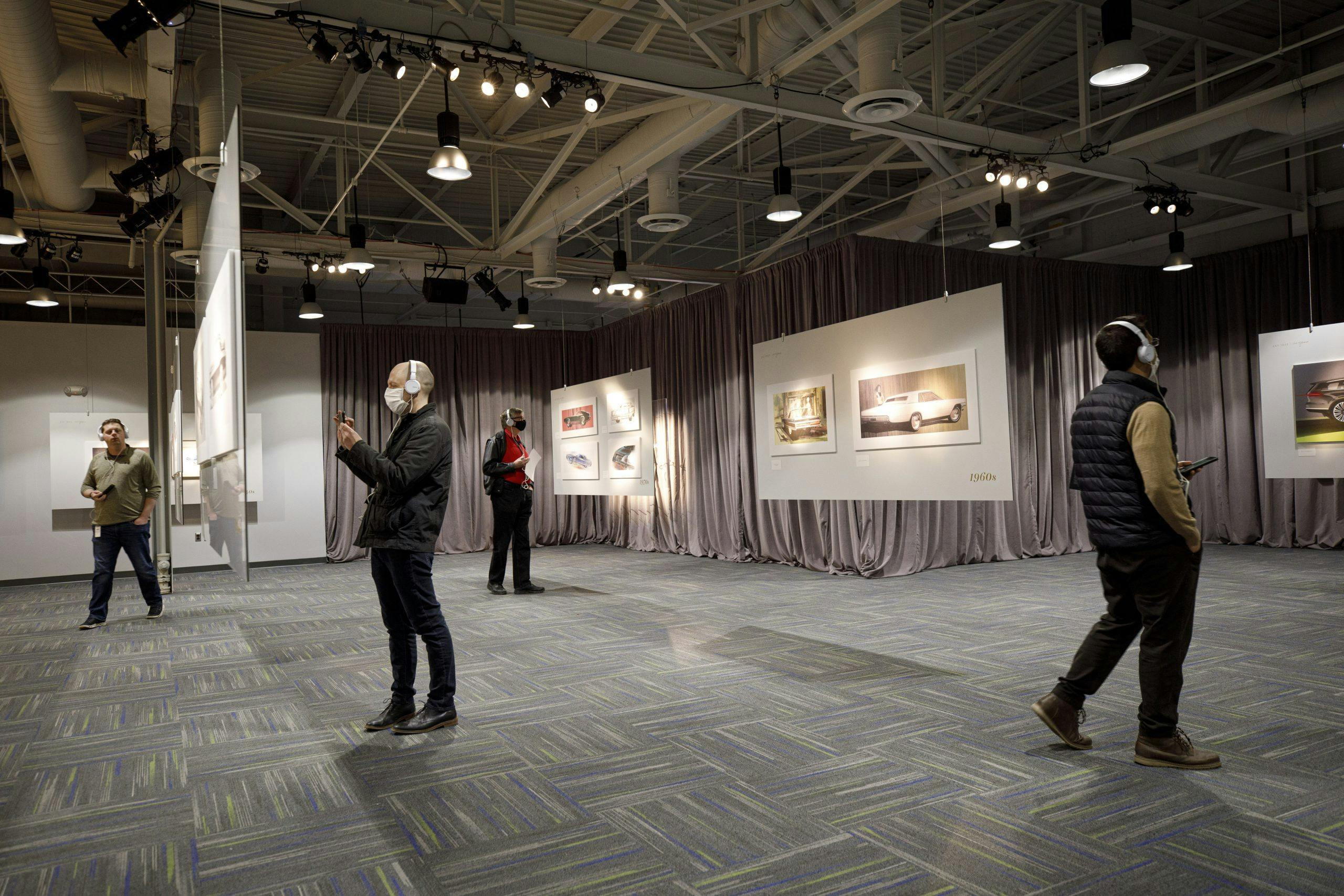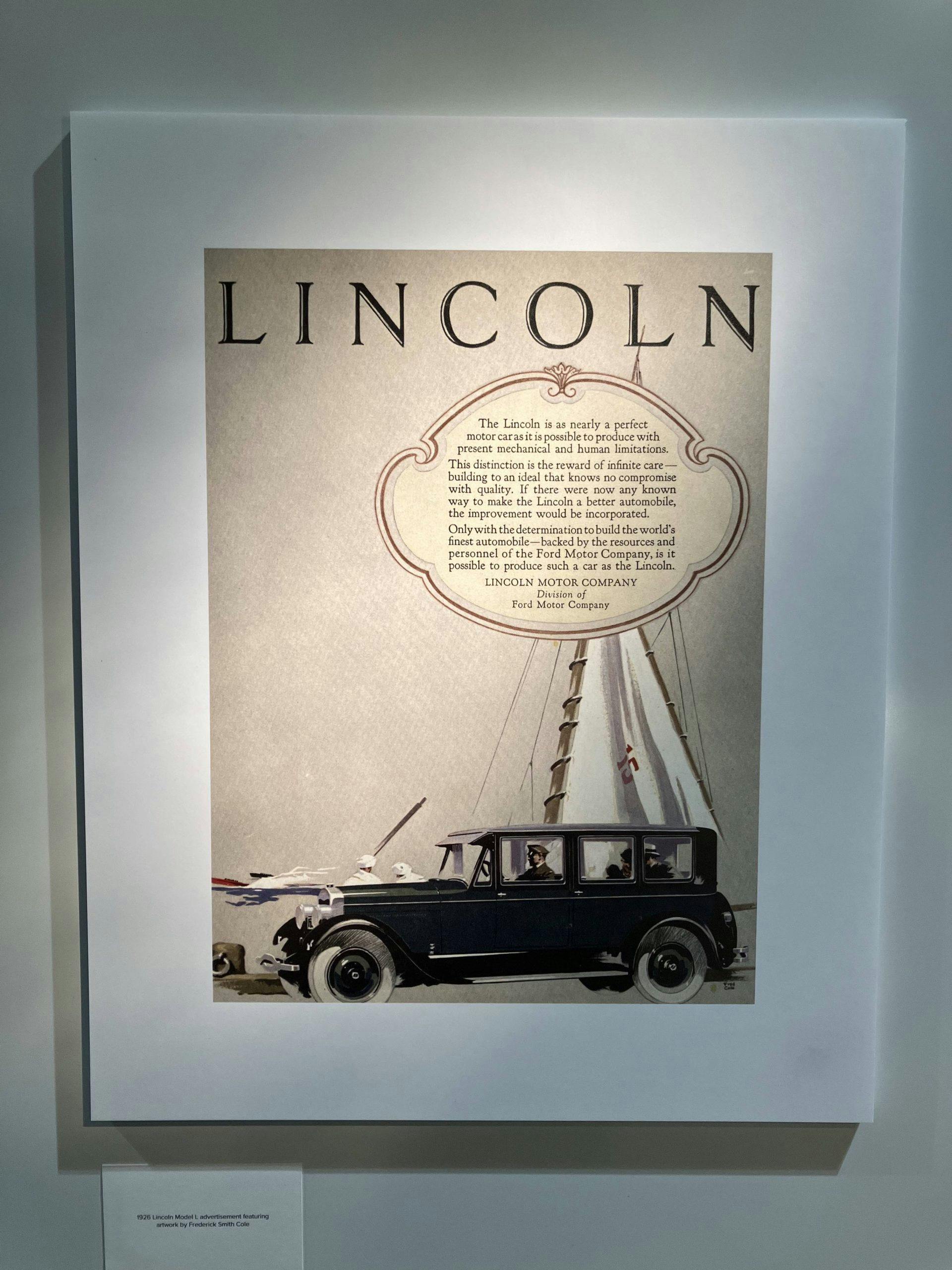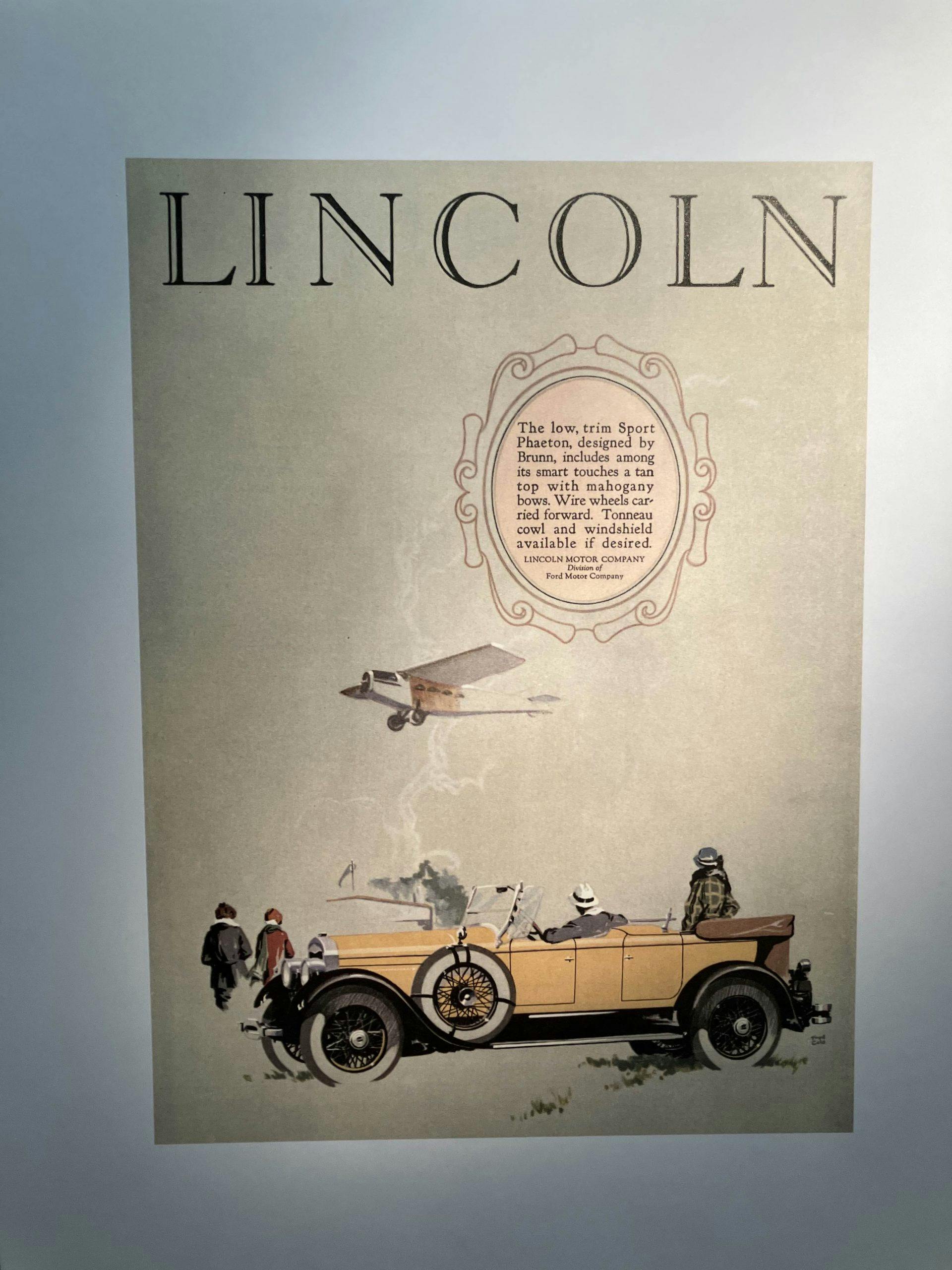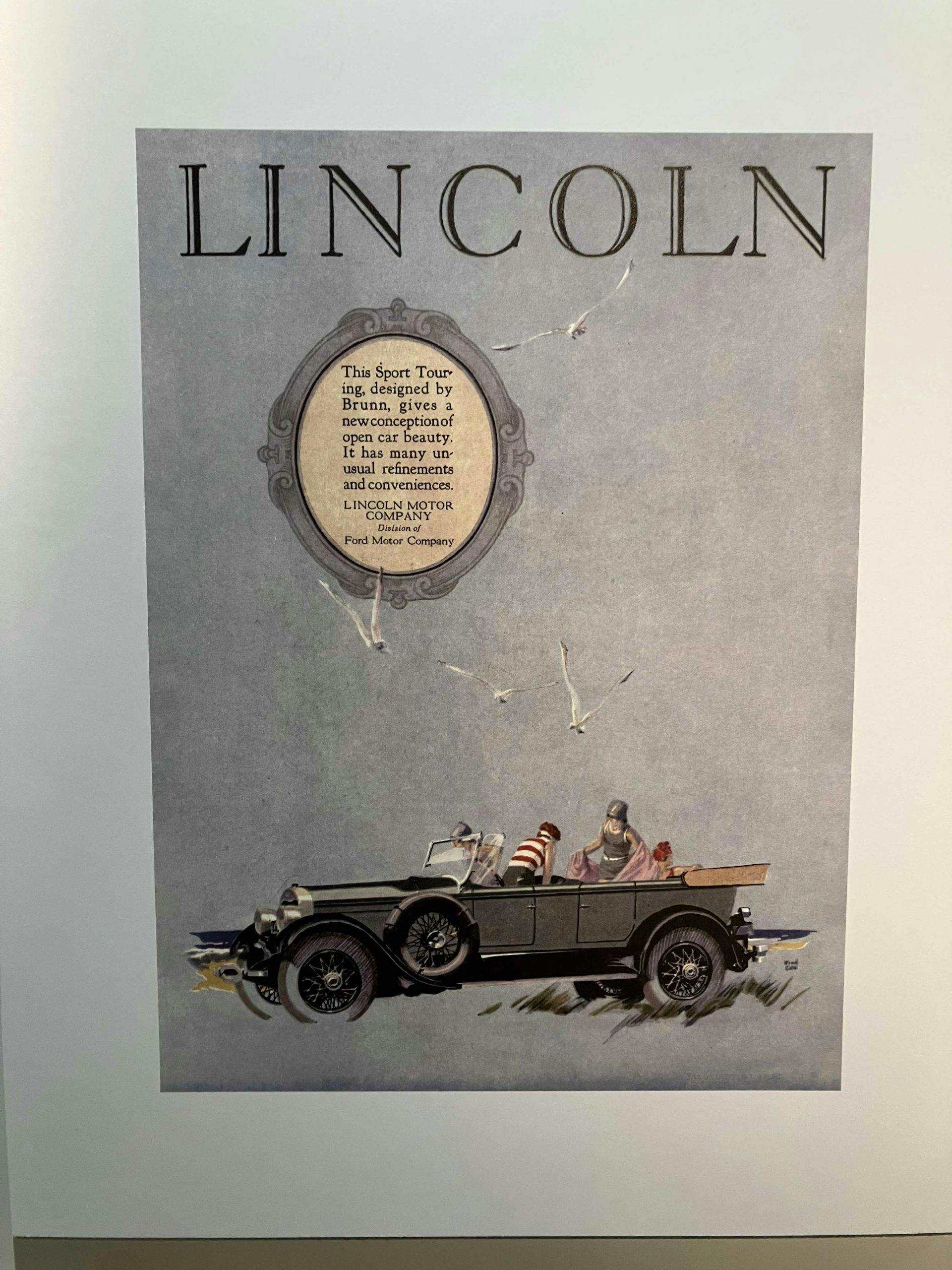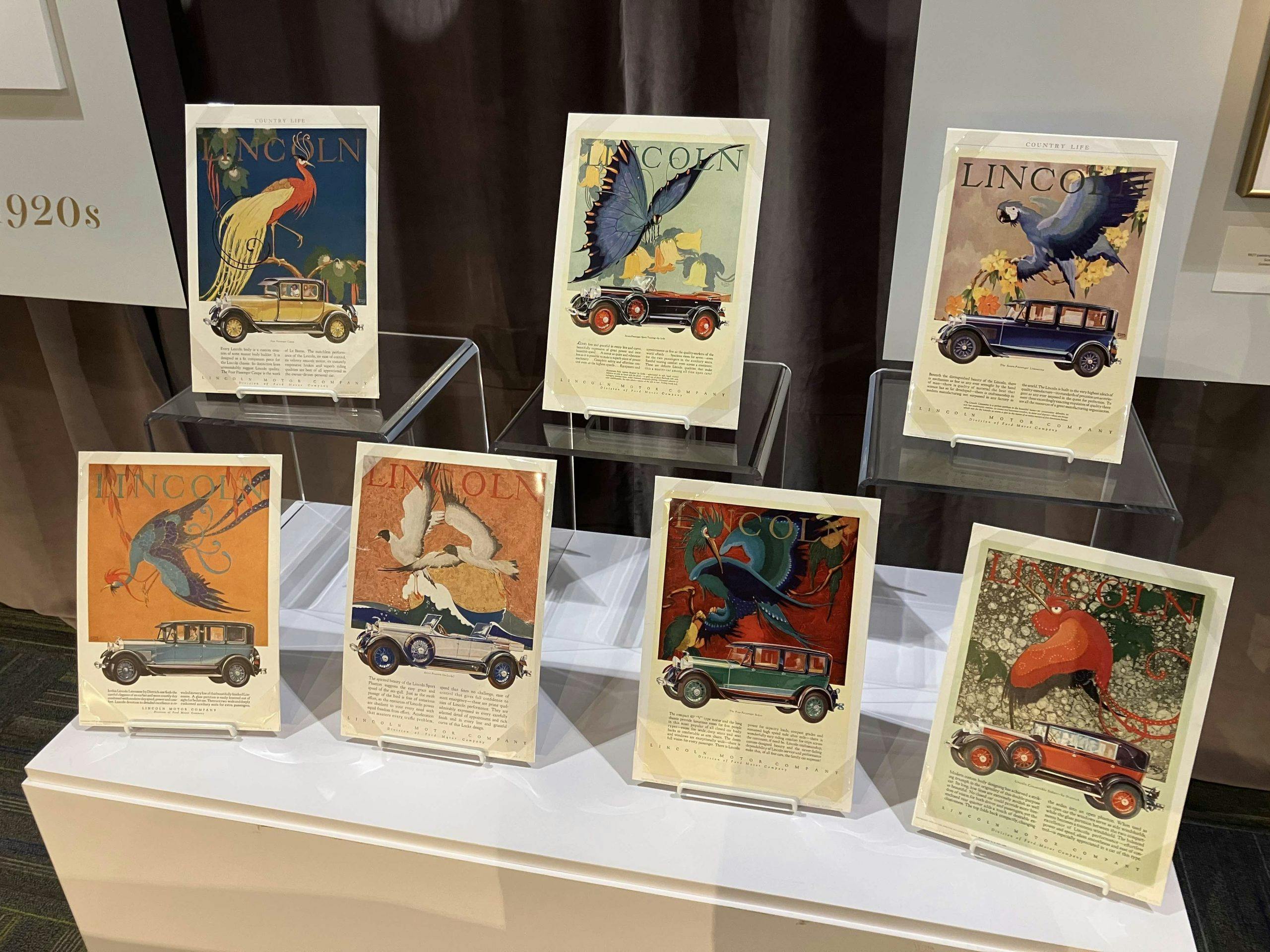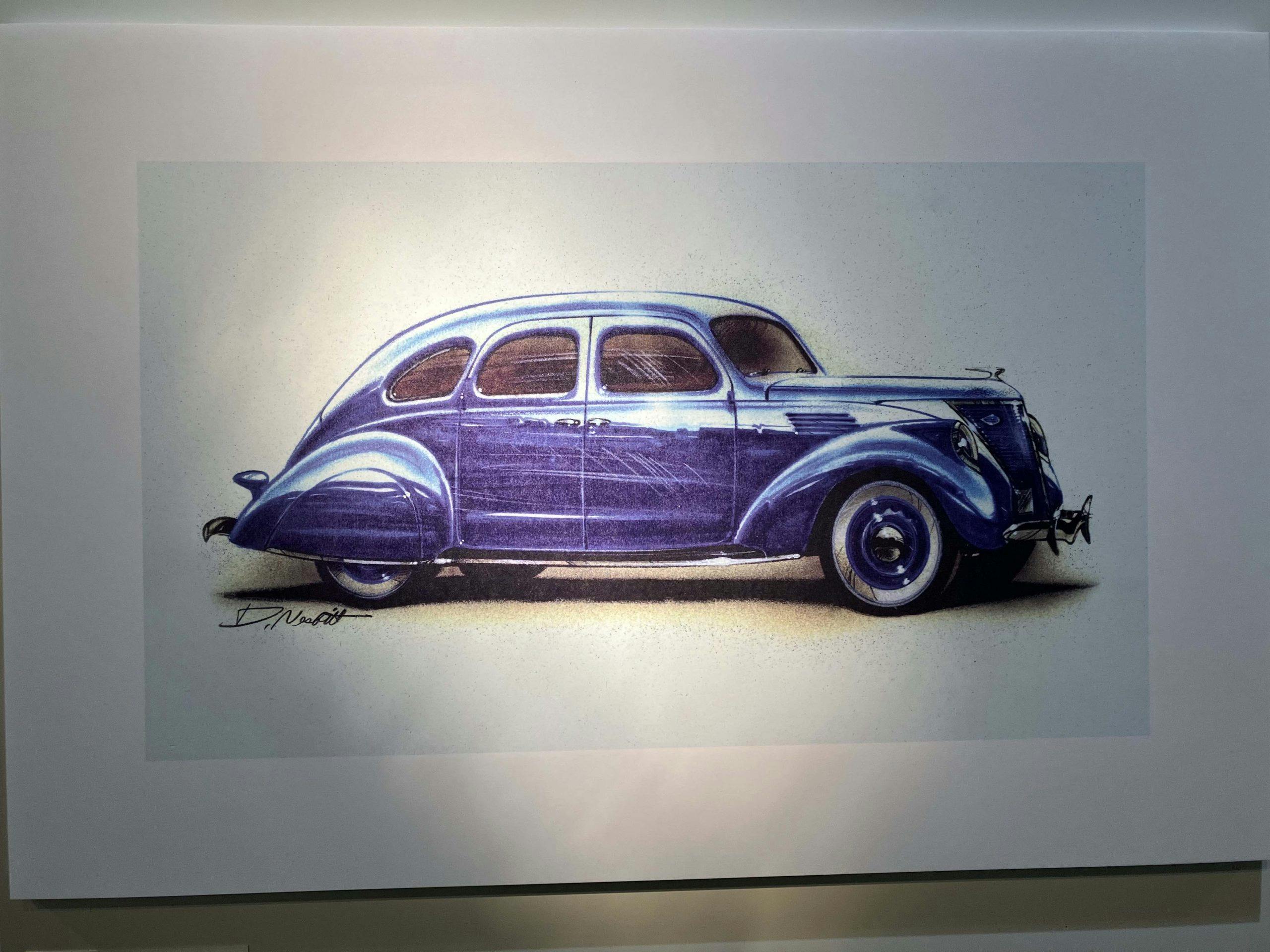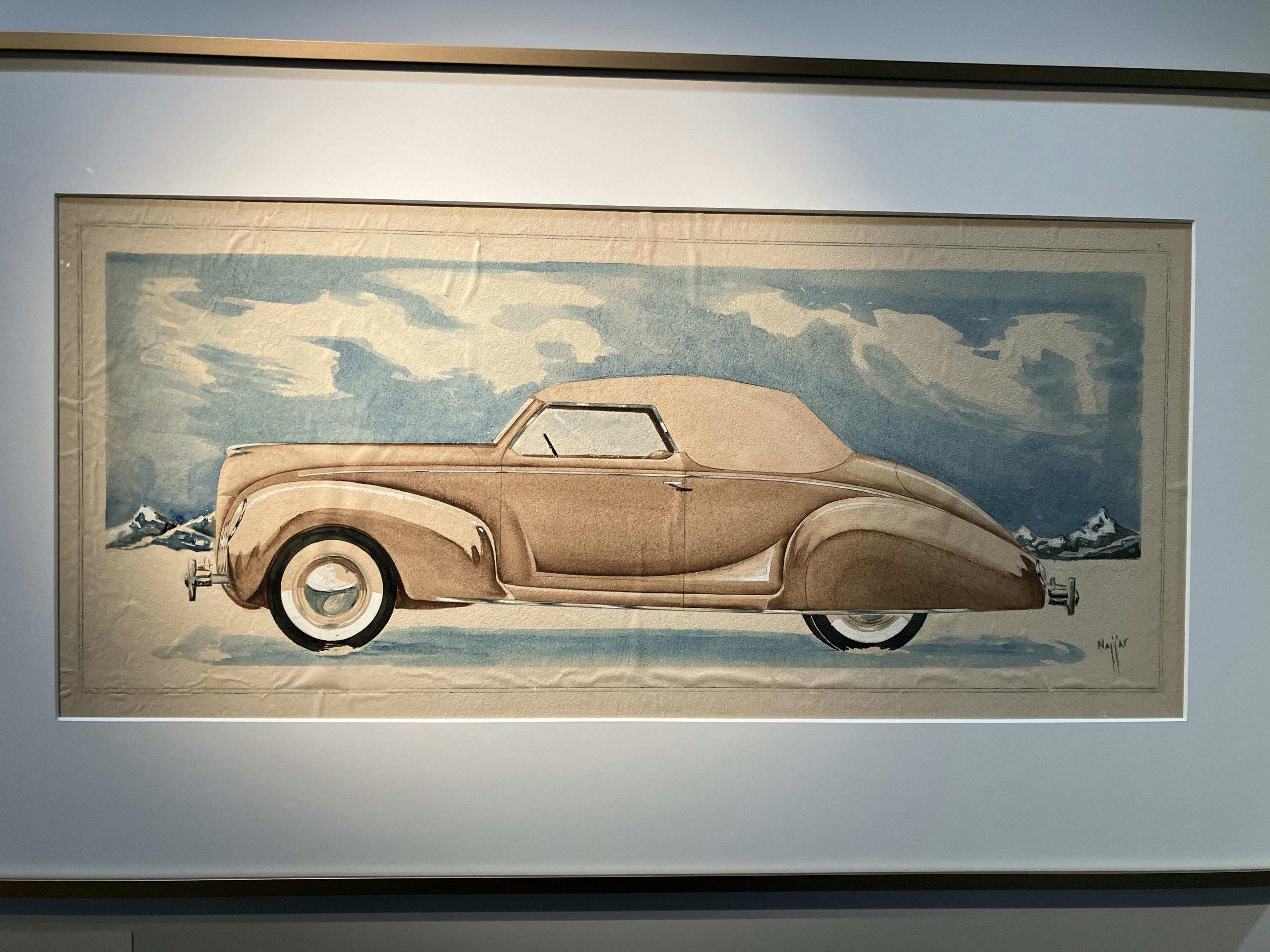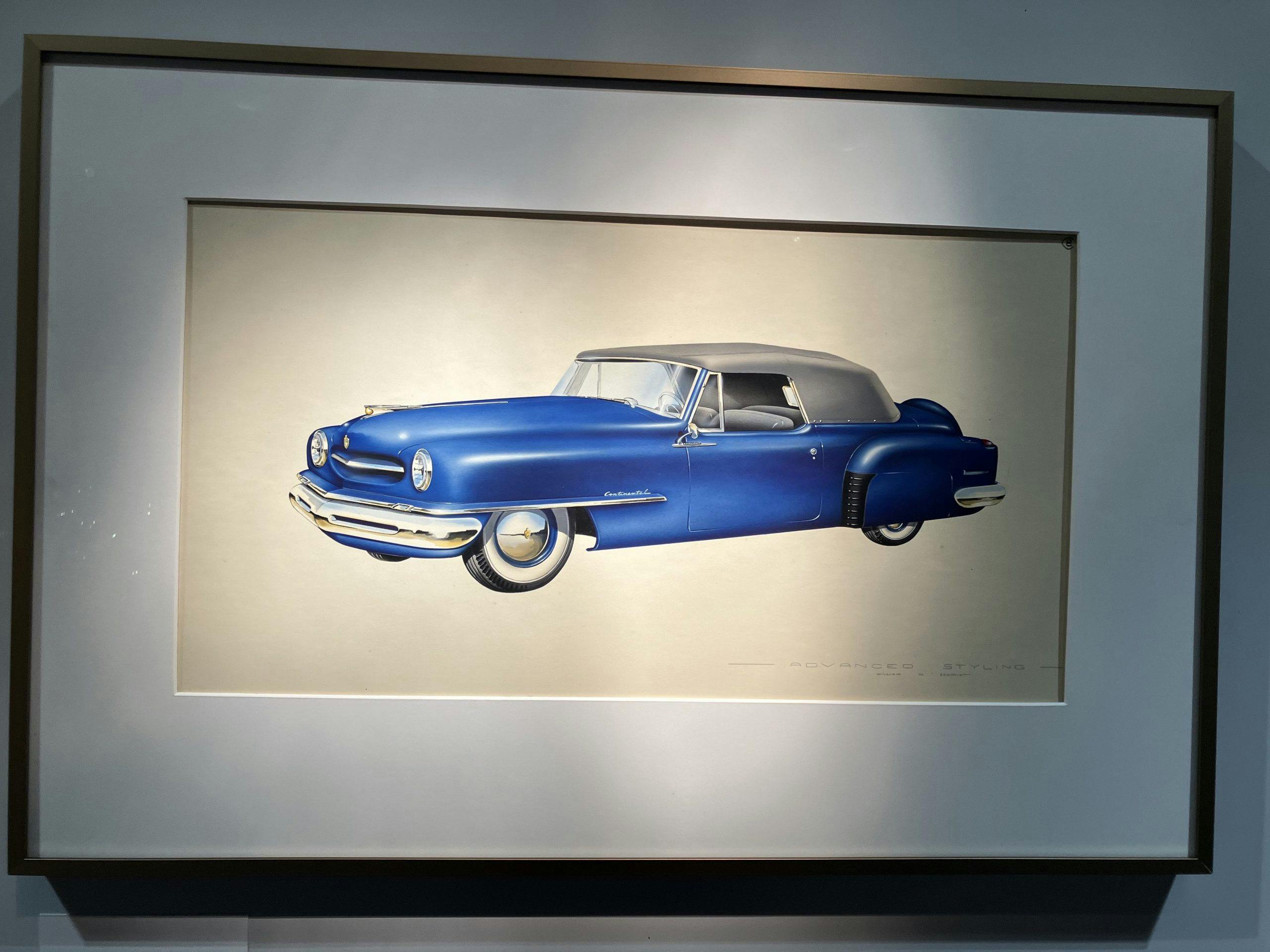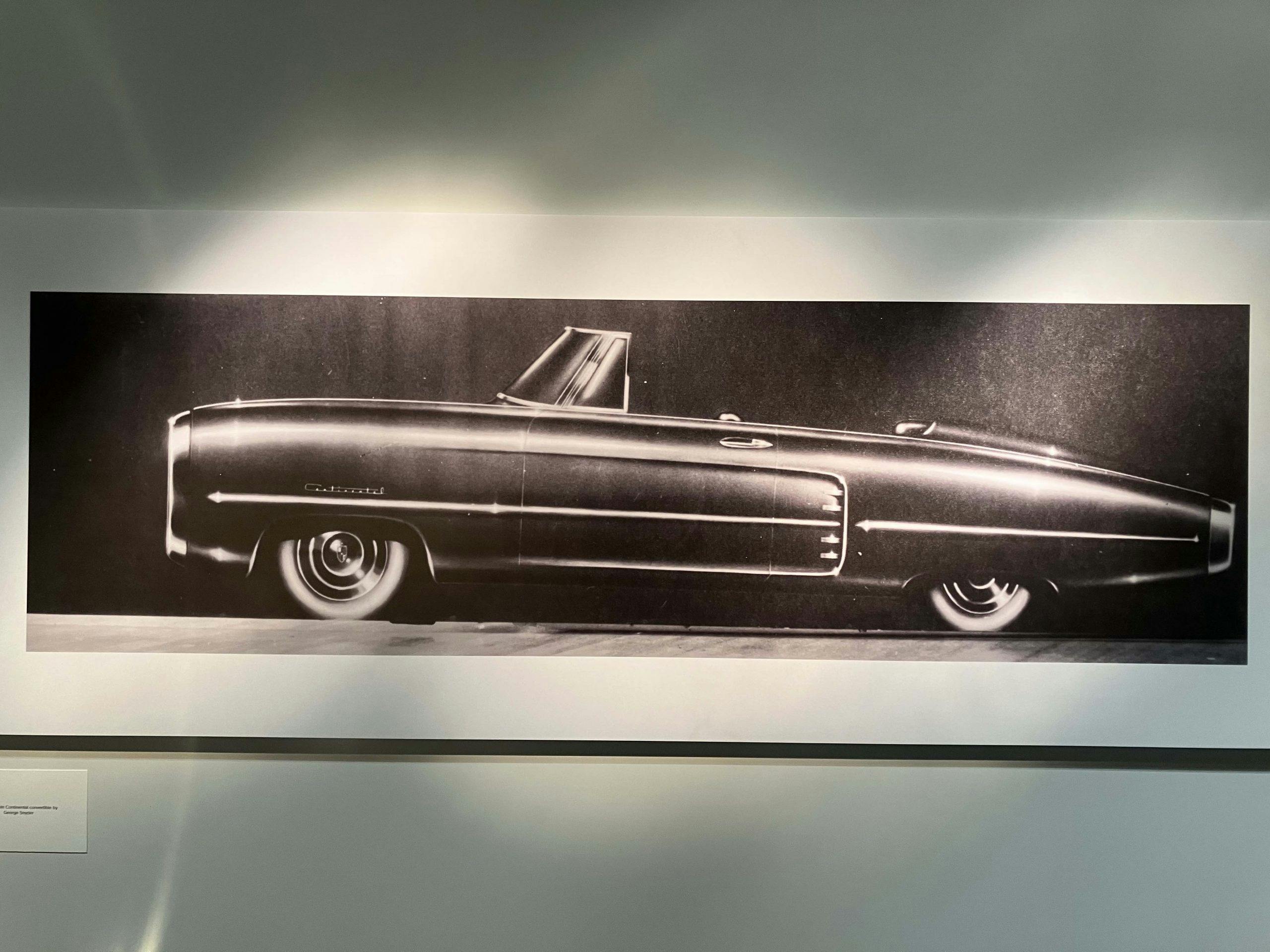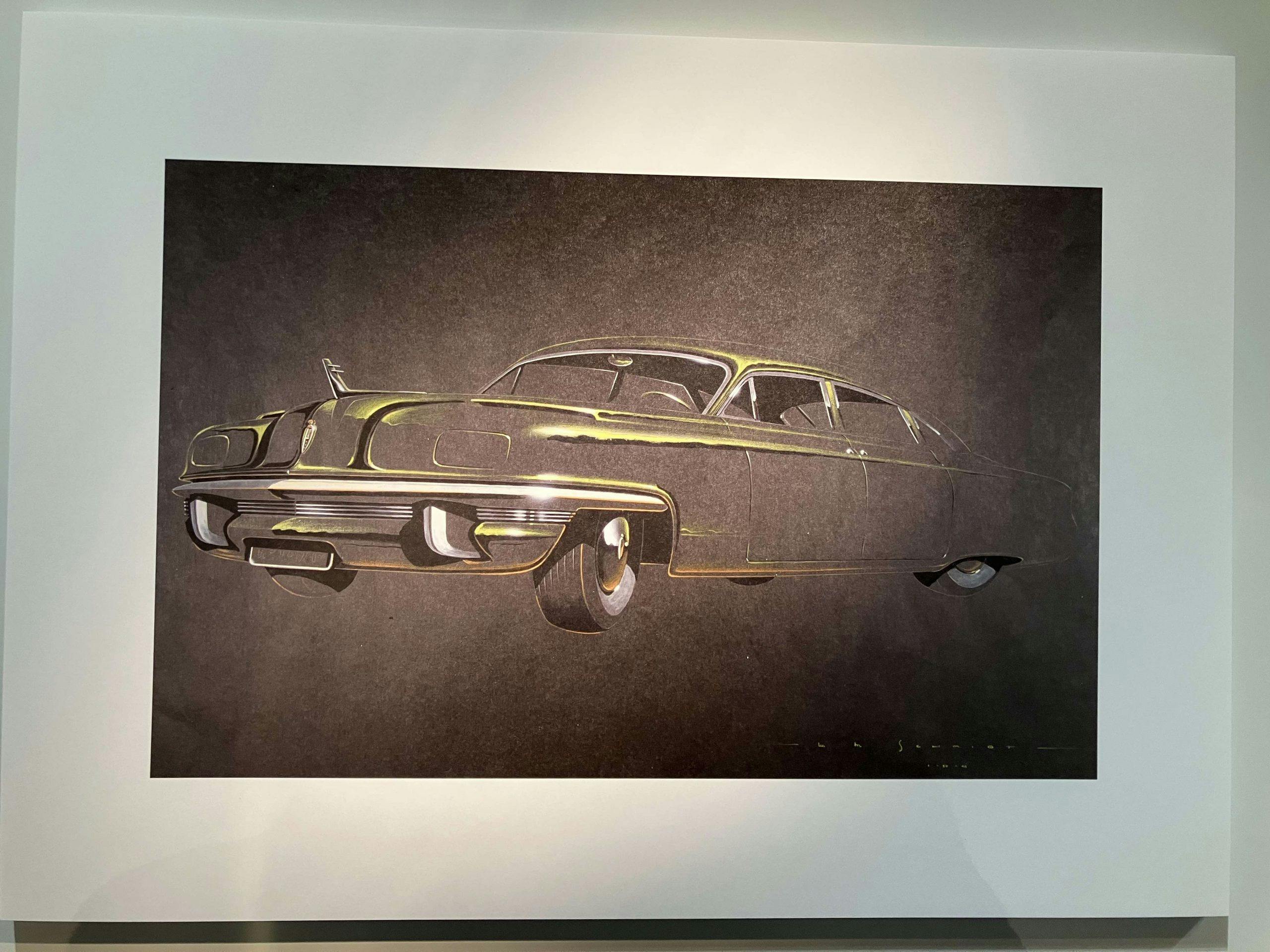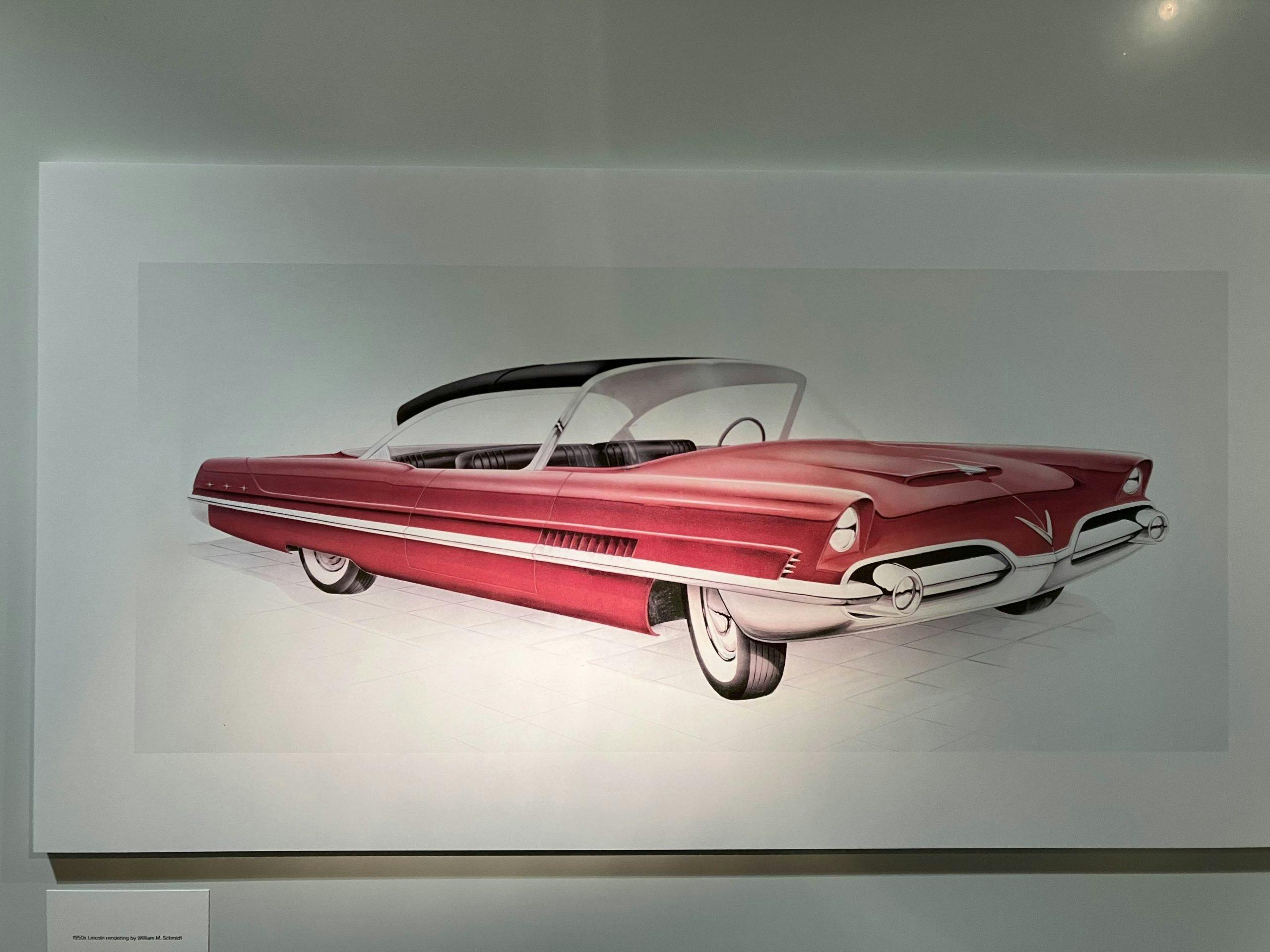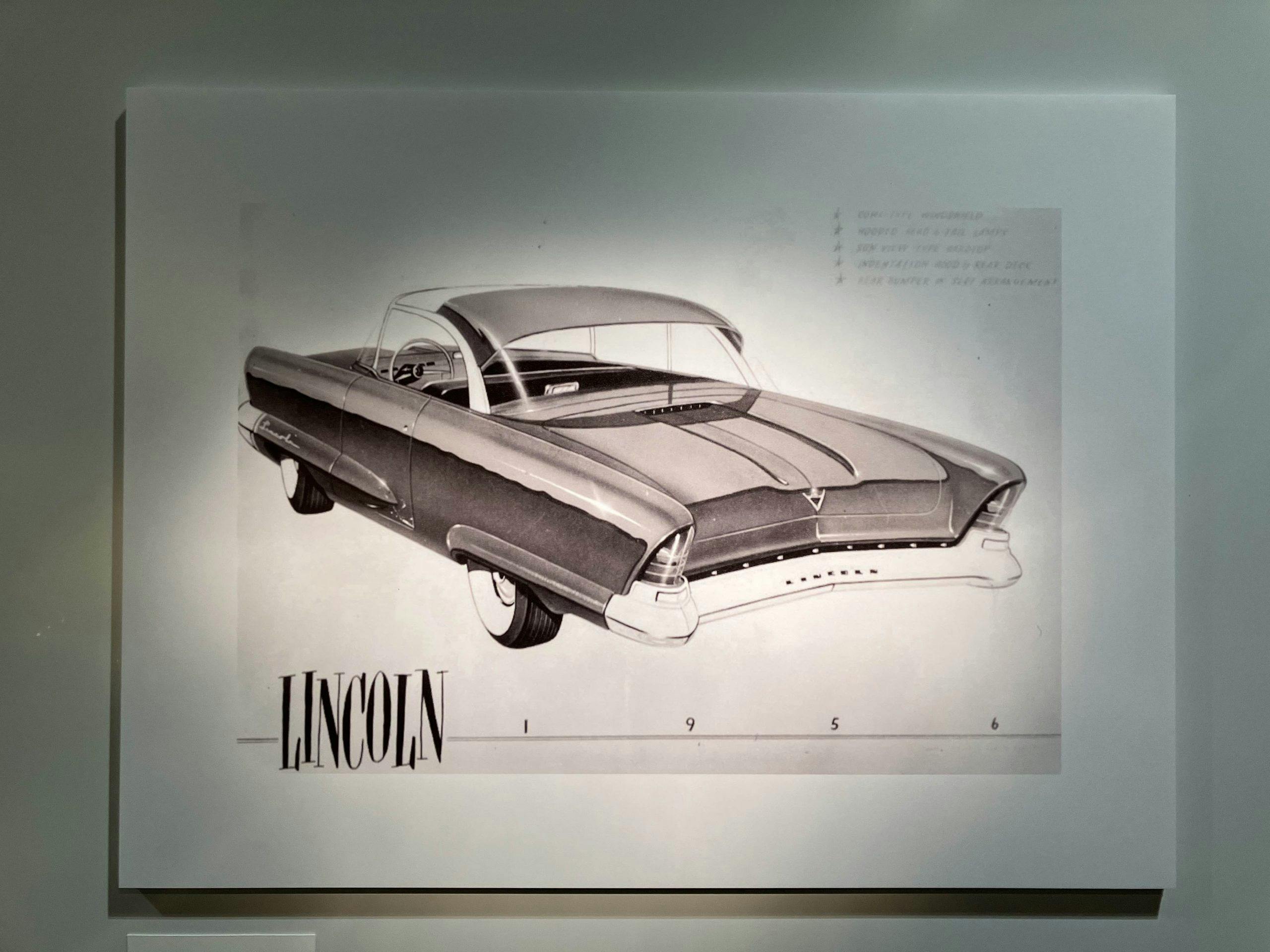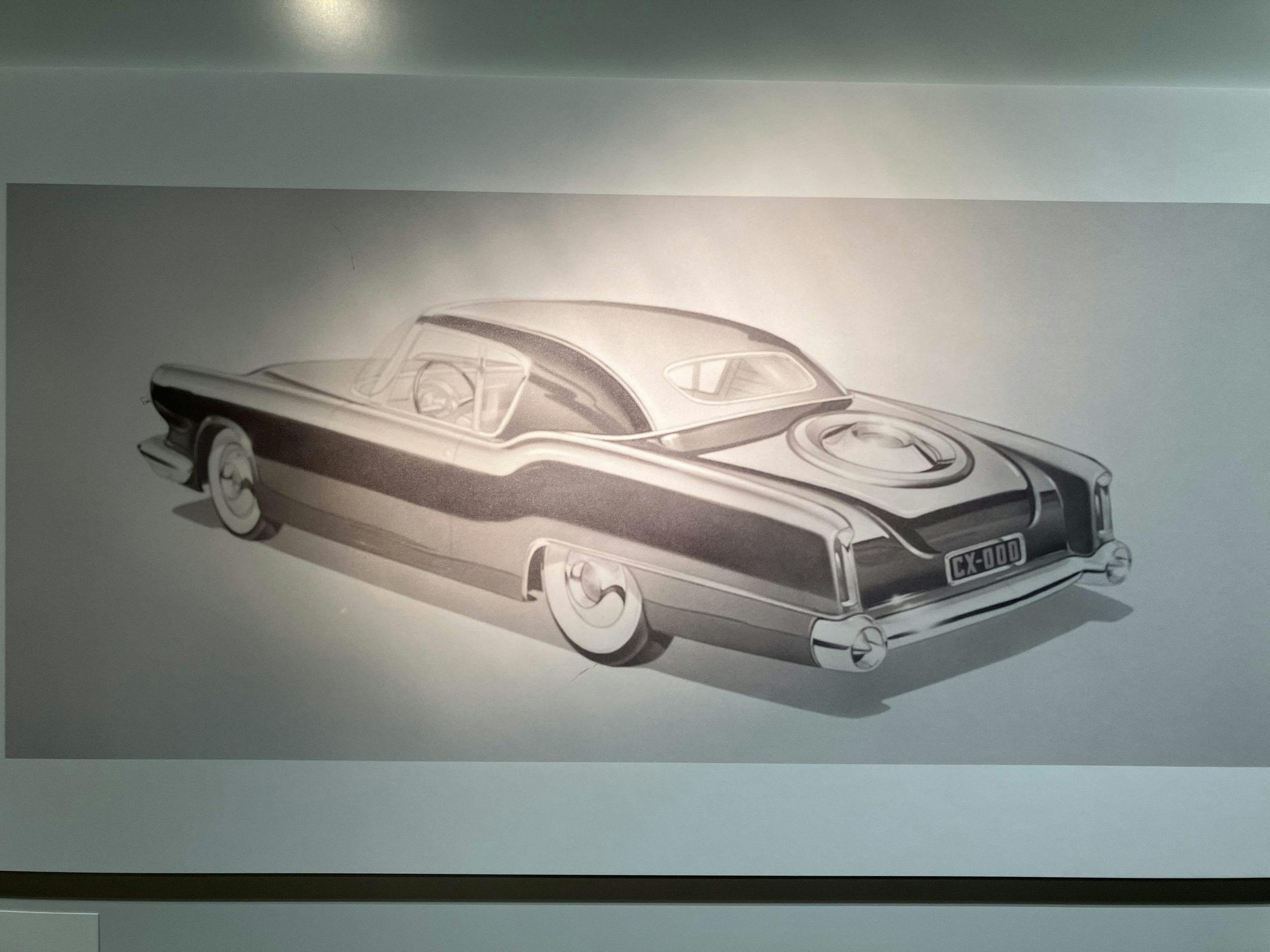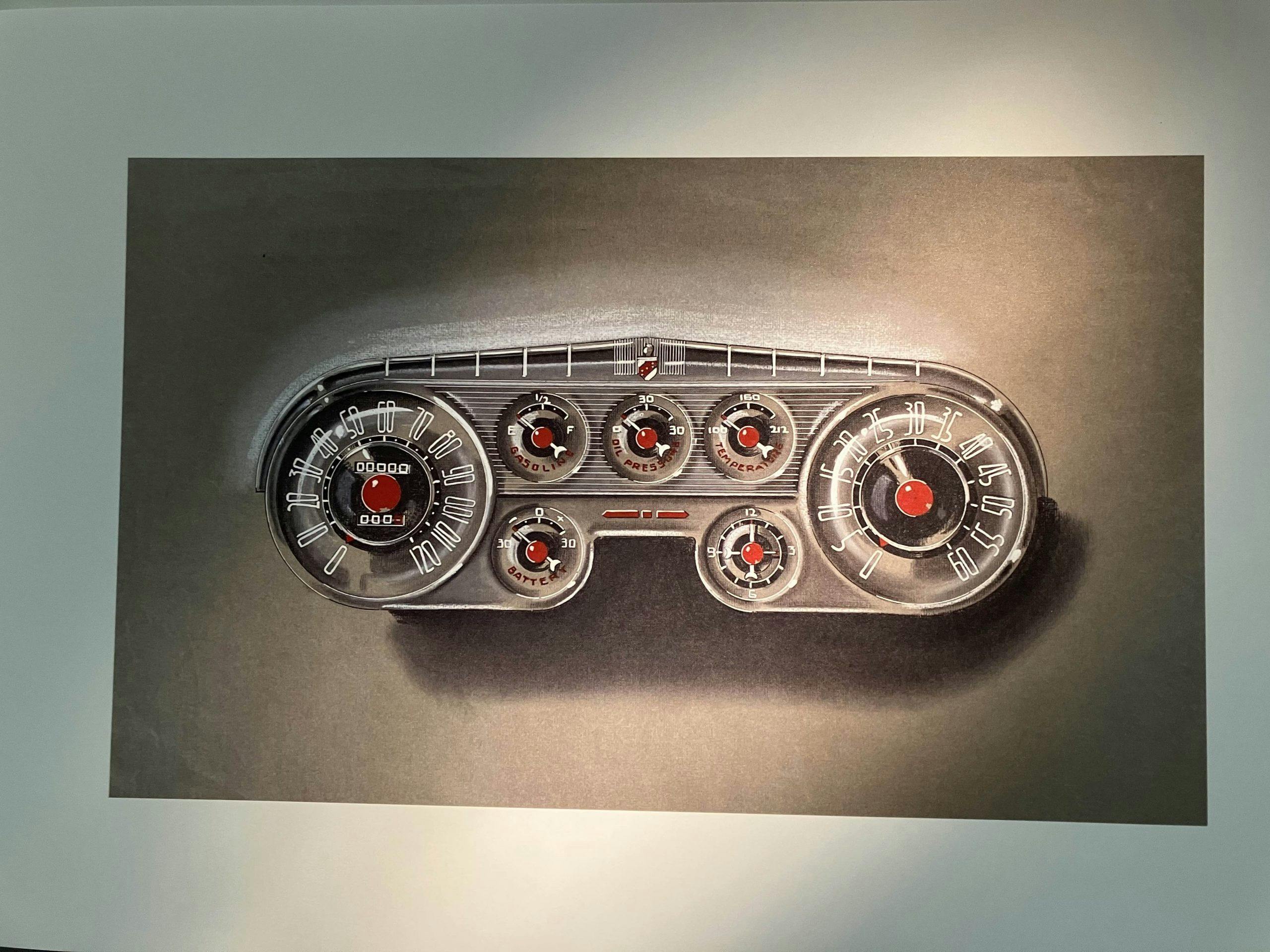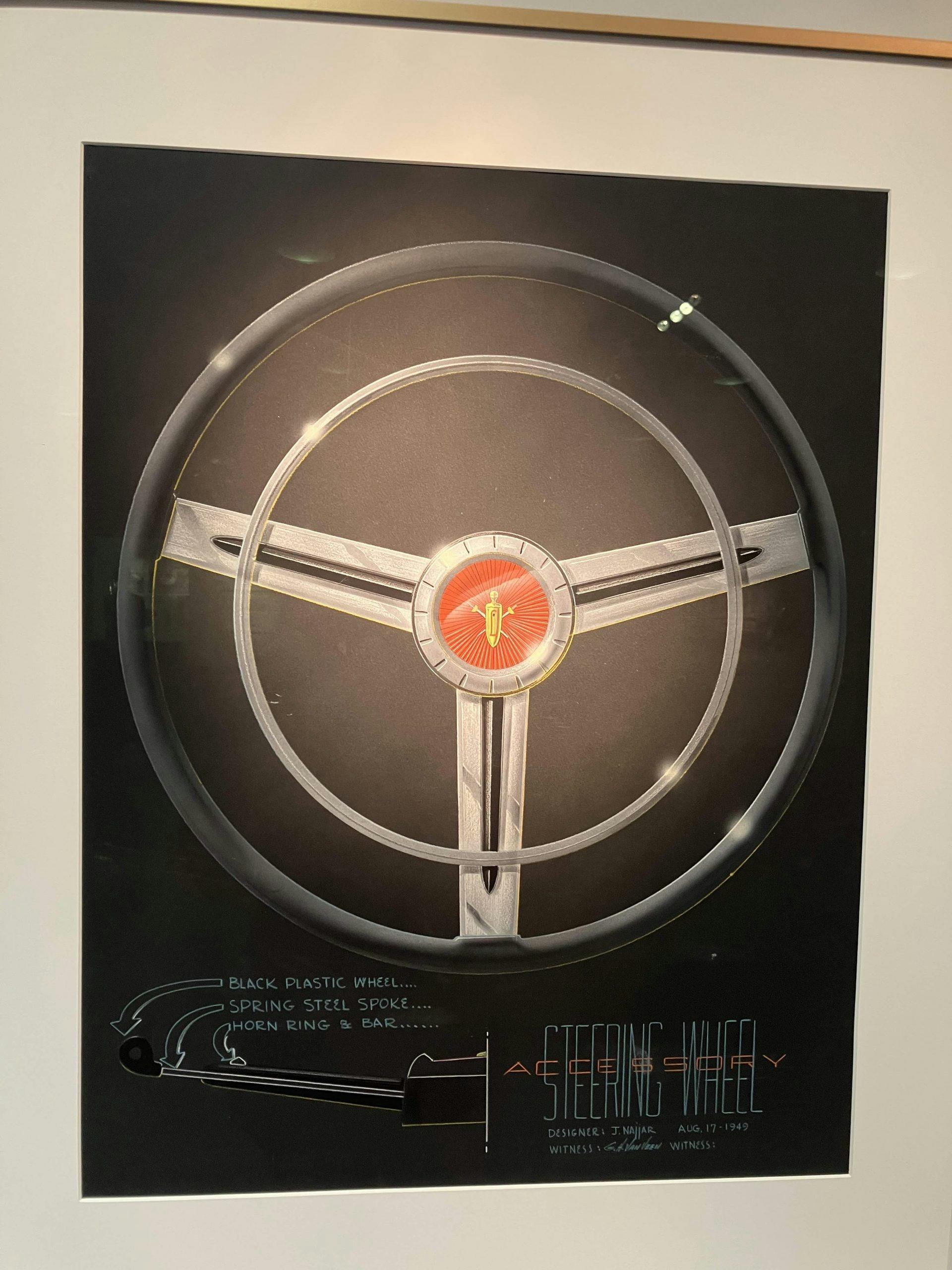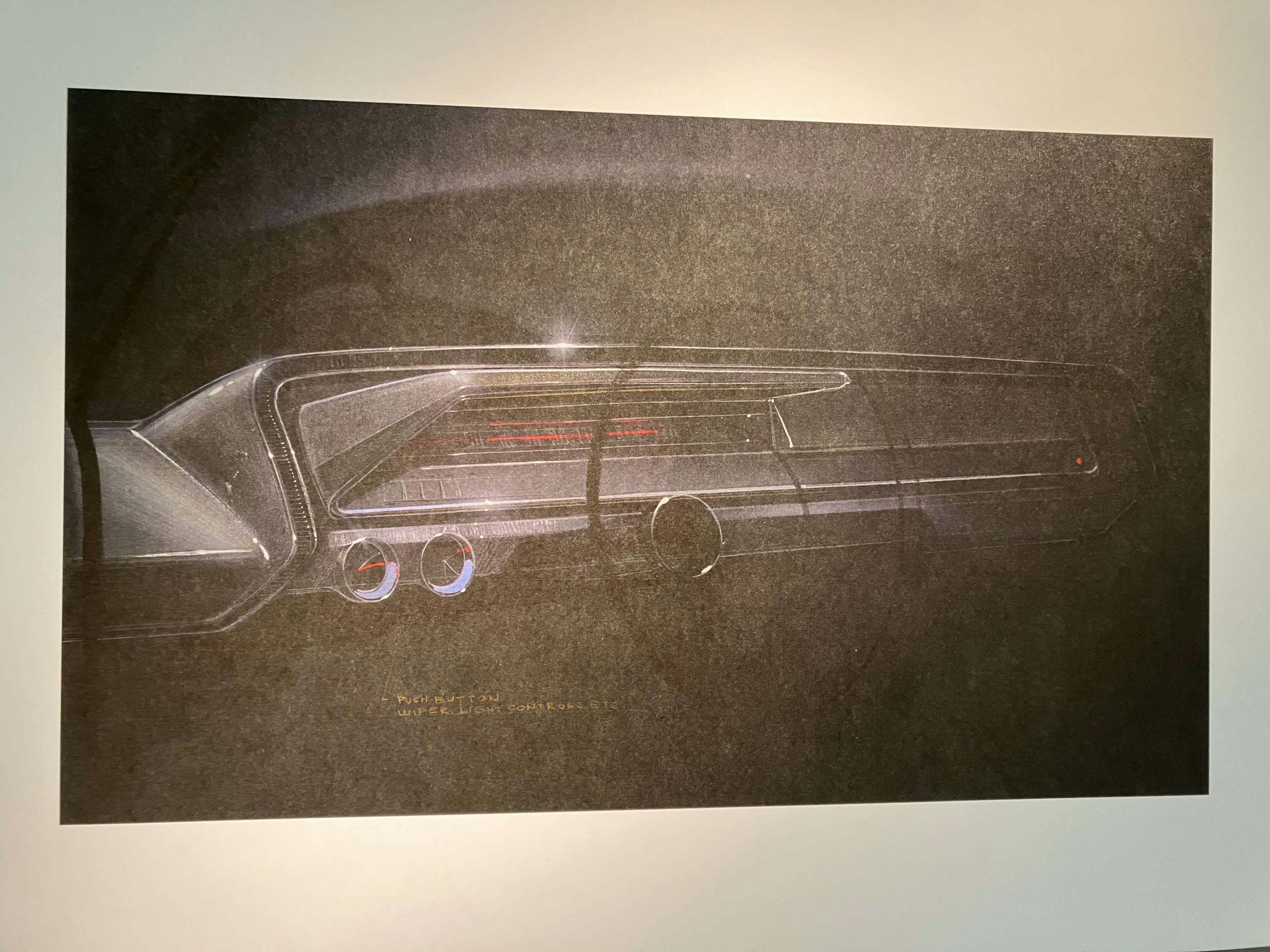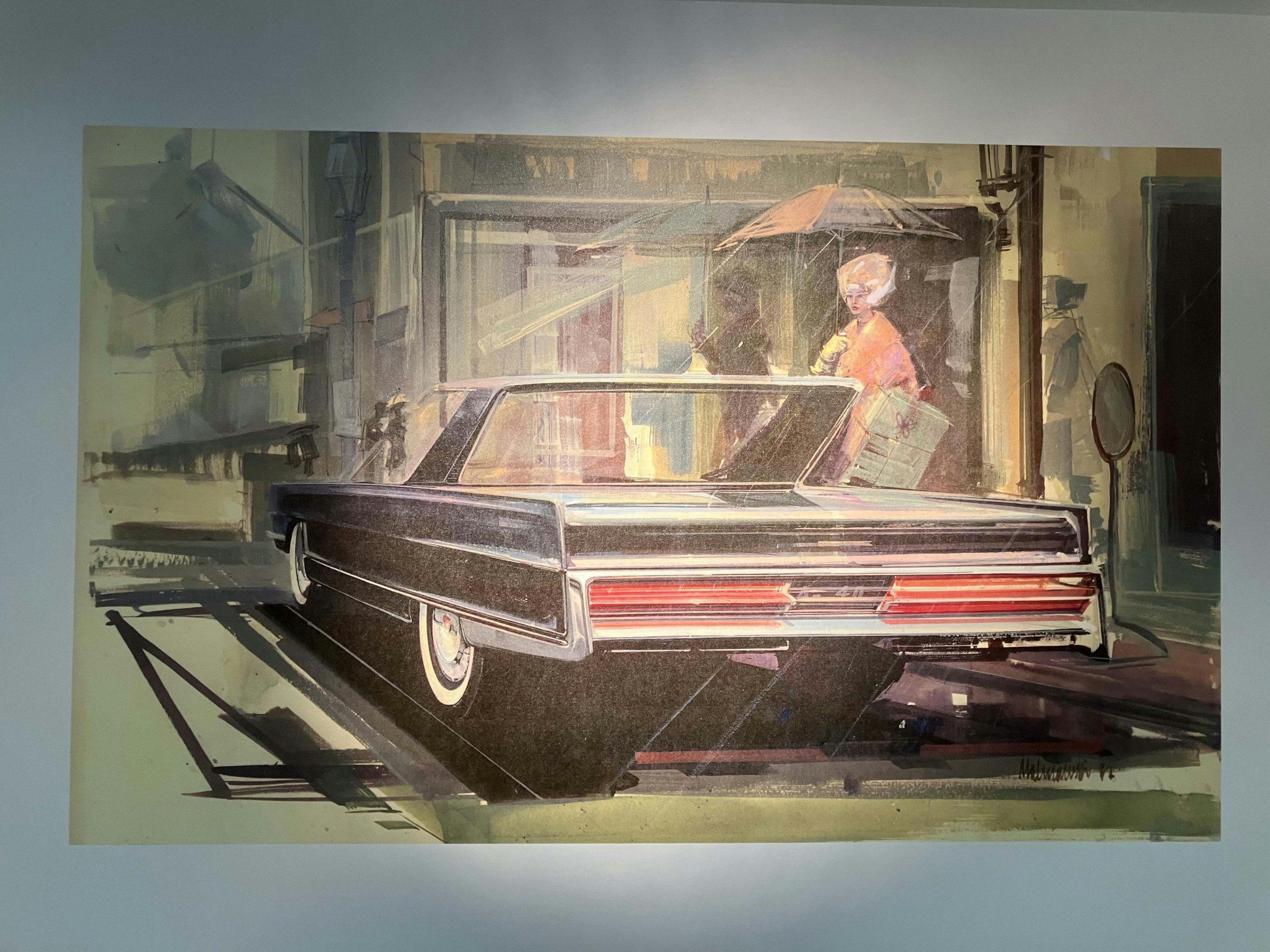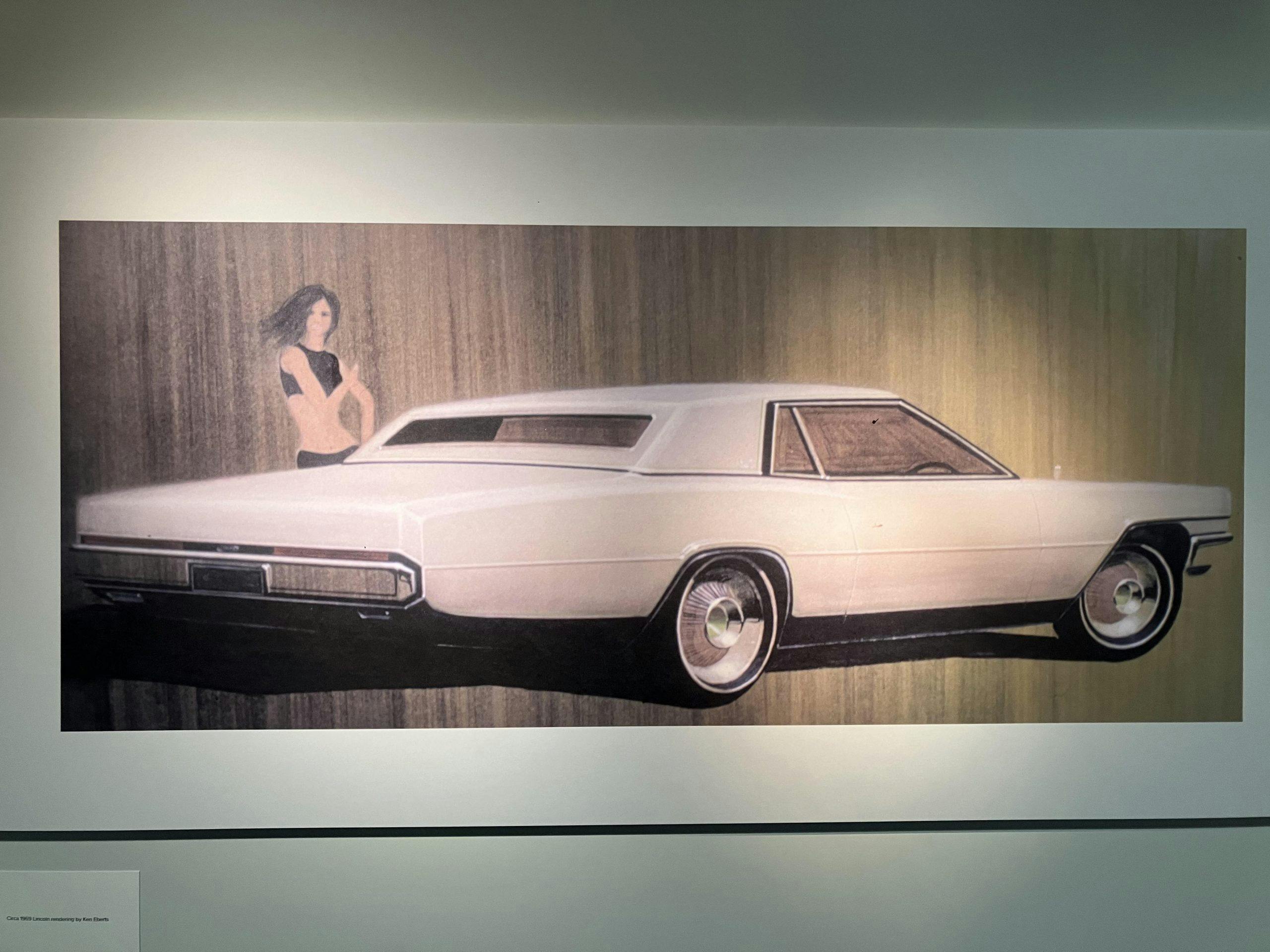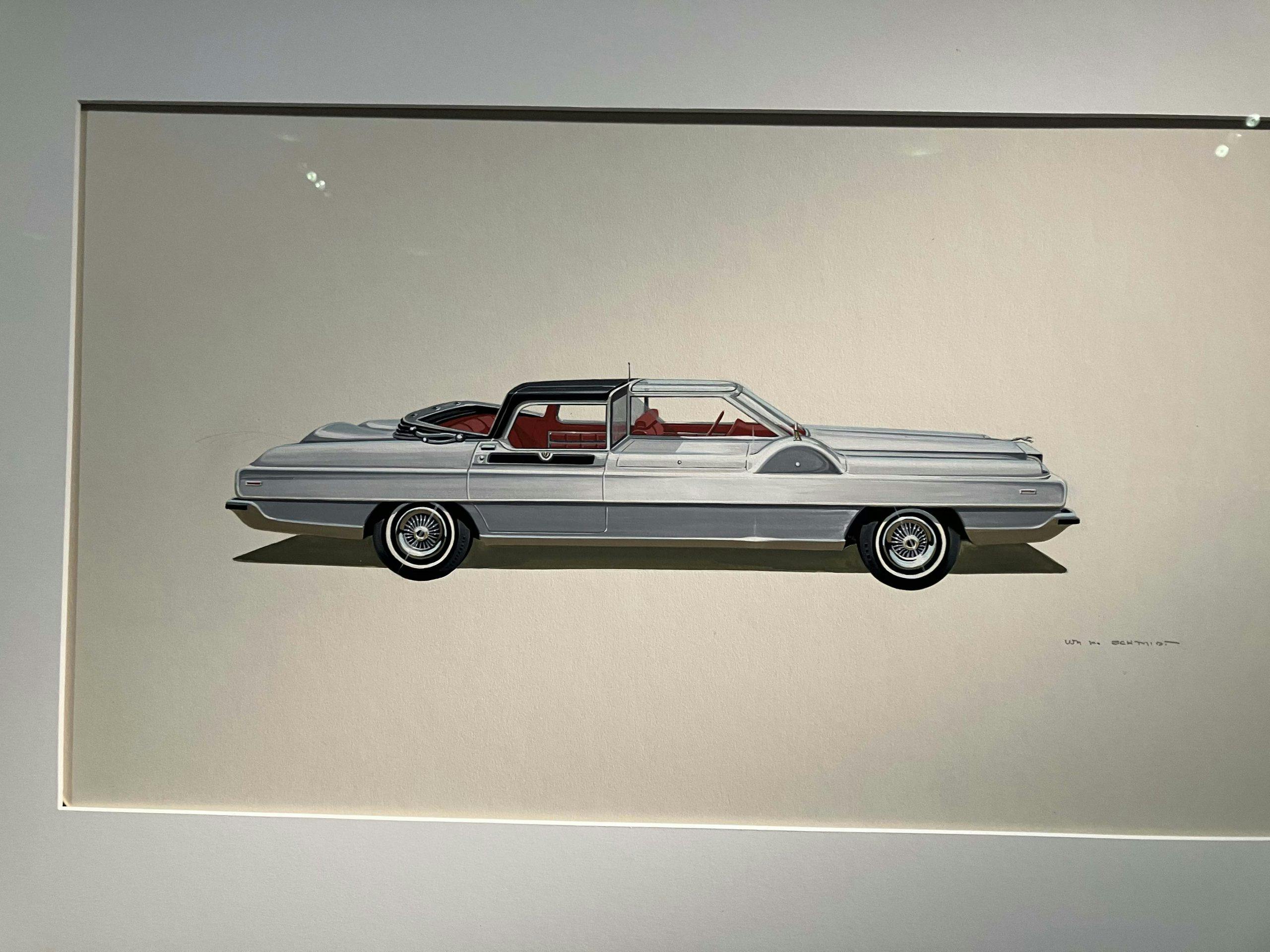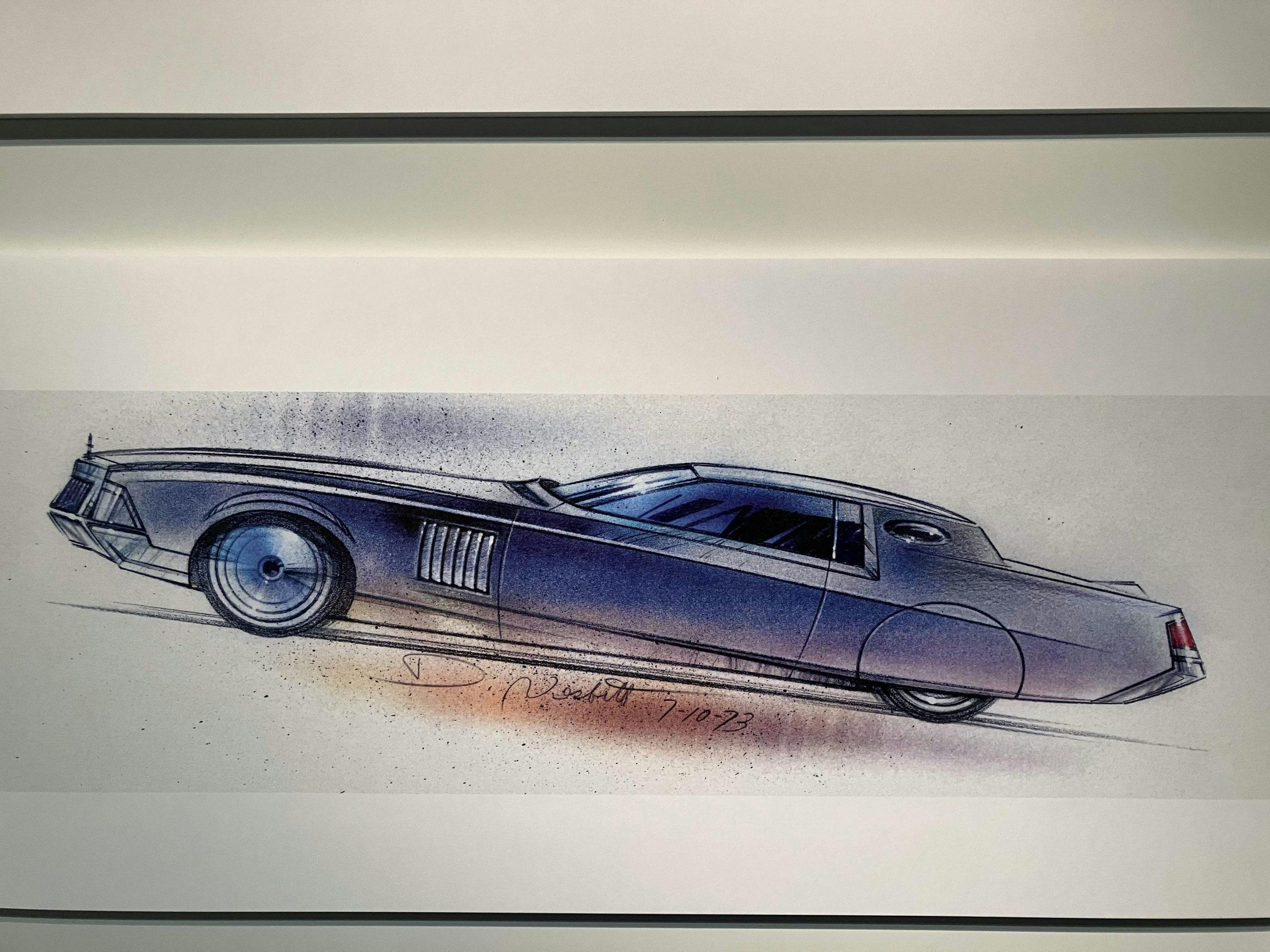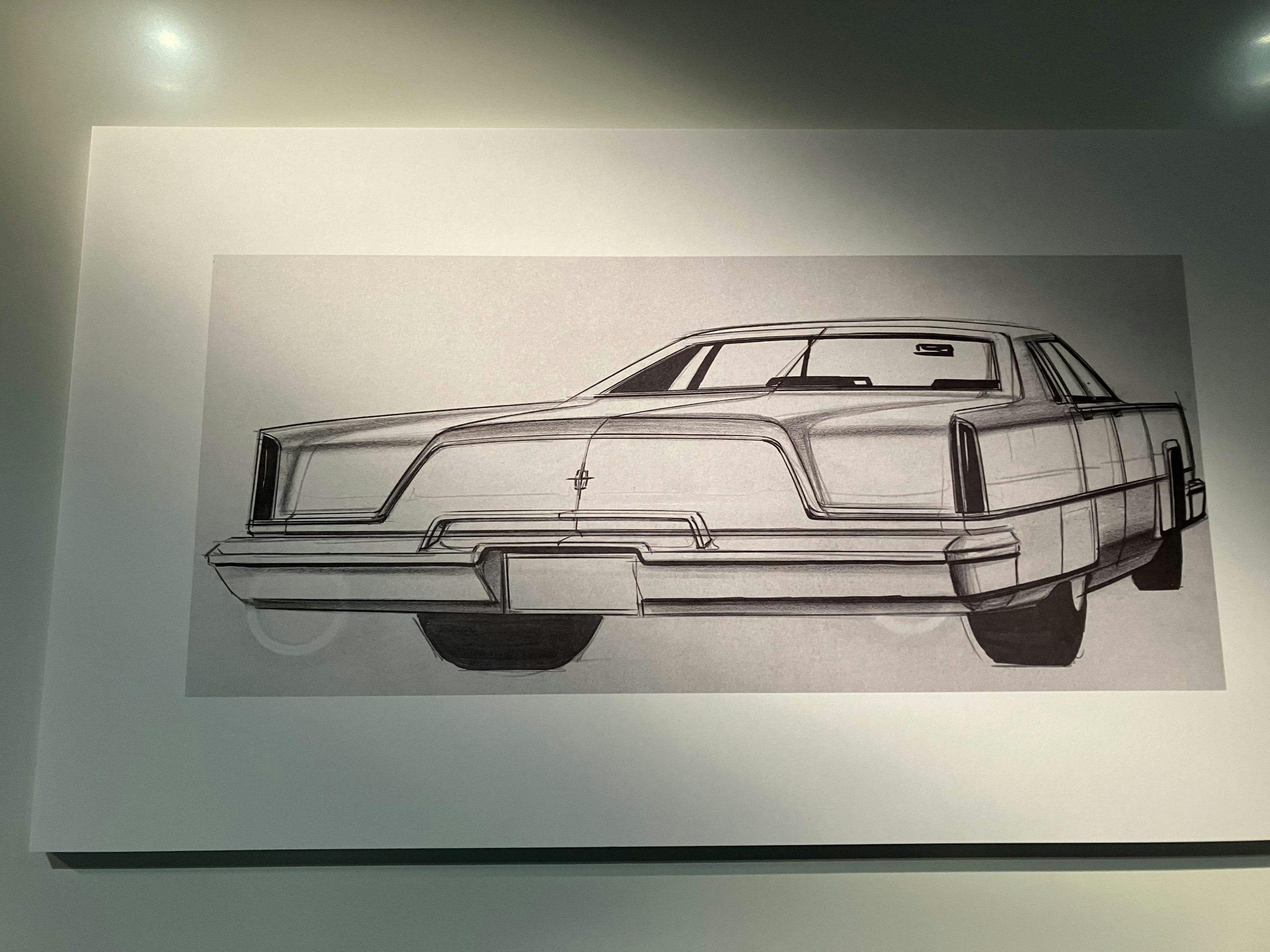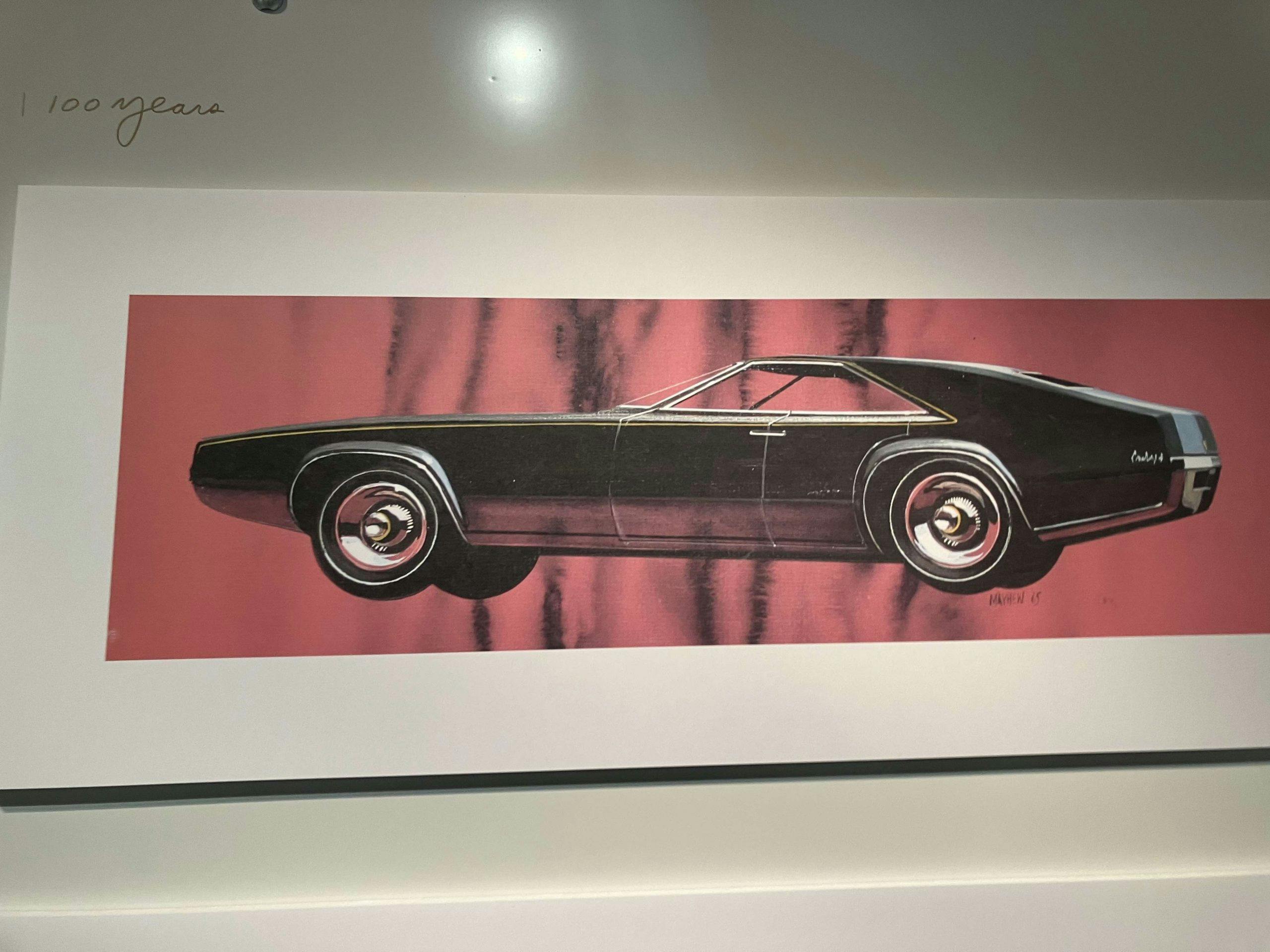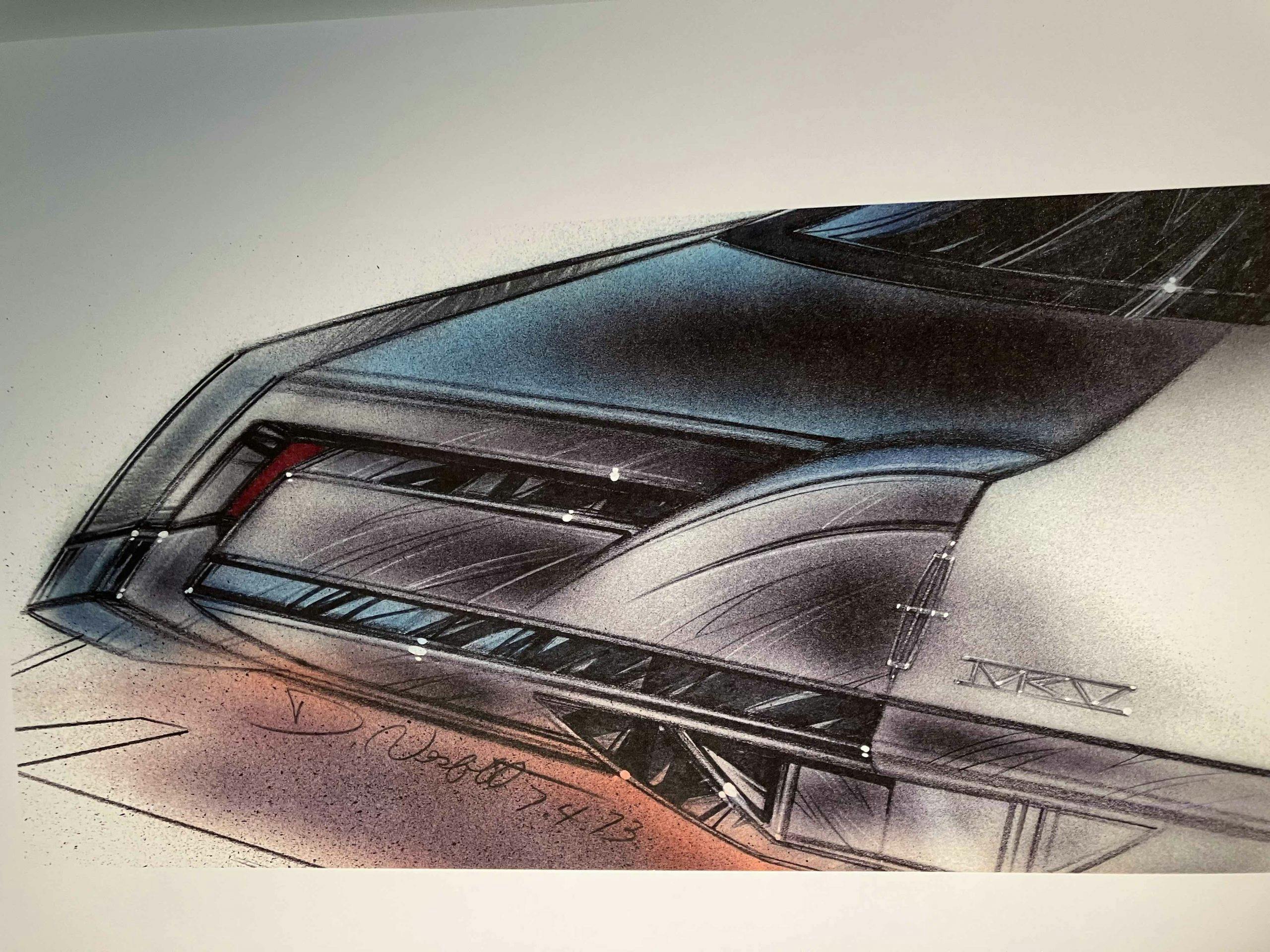Media | Articles
Unearthing historical delights within the “Lincoln Archive Experience”
The Lincoln Motor Company is celebrating its 100th anniversary with events around the world, showing its past alongside its present and future. It’s a power move from the less-than-Lexian brand, because very few automakers can pull off this level of provenance. For its local, Michigan audience, Lincoln opened up its Dearborn archives for members of the media, much like what Ford did for the Bronco back in 2020. The program’s curators call it the Lincoln Archive Experience, and they’ve truly unearthed some gems for us to behold.
But first, a suggestion: Consider this a supplement to our “Missed the Mark” primer on a century of Lincoln vehicles, please read that first to get the whole picture of the brand’s history. When you’re up to speed on 100 102 years of Lincoln automotive annals, feast your eyes on what the folks in Dearborn had for us.
Unlike future vehicles from the brand, the V-8–powered Model L overtly prioritized engineering excellence over a flashy design, as the young startup didn’t have quite the cash/customer loyalty of Duesenberg, Rolls-Royce, and the like. This meant no fancy chrome grille and no custom coachbuilding from bespoke craftsman. Still, even in those turbulent start-up times, Lincoln made 834 Model Ls roughly two years before Henry Ford purchased the lot and banished founder Henry Leland from its ranks.
This particular Model L was made during Ford’s tenure before it was gifted to Thomas Edison, and it currently belongs to The Henry Ford collection. The swag table associated with this Lincoln was a curated collection of 1922-and-up memorabilia, including the purchase documents (previously seen in our primer) from Henry Leland, the greyhound mascot, and the 1922+ grille emblem representing both the Lincoln and Ford brands.
The 1931 through ’40 Lincoln Model K was an excellent representation of a luxury car of the 1930s, doing battle with Packards, Pierce-Arrows, Duesenbergs, and, of course, the Cadillacs of the company’s post-Henry Leland, post-Henry Ford Company era. The V-8 soon gave way to a series of class-appropriate V-12s (sometimes denoted with a KB, depending on year), which earned them praise from power players on both sides of the law. The usual suspects of the custom coachbuilding world also built bodies for the K, KA, and KB Lincolns, giving the brand the prestige it so deserved in this era.
Marketplace
Buy and sell classics with confidence
The swag table for this 1937 Model K featured a Yat Ming 1:18th scale die-cast, PR photos, advertising/marketing materials, a pewter Lincoln greyhound mascot, and a letter from Lincoln that formalized its relationship with Brunn & Company. No doubt that letter of intent was chosen because this Model K (on loan from The Henry Ford) also featured a Brunn & Co. body. Nice touch!
As noted in our previous coverage, the Lincoln Zephyr was a successful implementation of Streamline Moderne design, ushering in a new era of luxury vehicle with factory coachwork that beat (rivaled?) the bespoke builders and a new unitized frame. This example from 1936 is on loan from the Gilmore Museum and is notable because it is a 2-door sedan and not the Business Coupe that every customizer turns into hot rod.
The swag table sported a Precision 100 1:18th scale die-cast Business Coupe and an odd smattering of Lincoln information that would be a stretch to call even tangentially connected to the Zephyr. While avoiding connections to the regrettable 2006 Zephyr-Fusion luxury sedan is a good idea, choosing the sales brochure for a 1995 Lincoln Continental is rather perplexing.
The main gallery had what might be the pièce de résistance of the collection: Edsel Ford’s personal 1941 Continental. While Edsel technically owned the prototype (1939) Continental fashioned to be a show/concept car before such terms were commonplace, this ’41 is a production model that belongs to The Henry Ford’s collection. Speaking of this museum, they suggest that the original concept was destroyed, so it’s a safe bet that Edsel’s affection for this production model was strong.
The Continental came with a series of artifacts giving rare insight into Edsel Ford the artist. I had never seen Edsel’s fine art in person before, and his charcoal rendering of a still life (pot and vase) proves what the history books have always suggested: Edsel was a far, far different person than his father, Henry Ford. Edsel’s portrait, painted by Diego Rivera, hangs a few feet away from the 1941 Continental and is reported to be the only work of the famous artist that didn’t show the automotive industry from the perspective of hard labor and assembly line automation (see: his massive Detroit Industry Murals in the Rivera Court of the Detroit Institute of Arts).
While the 1939 Continental was a show car intended for a very small audience (i.e., only Edsel’s friends as he vacationed in Florida) the 1953 Lincoln X-100 was Ford’s first official concept car intended to wow auto-show attendees in the same way as the vehicles present in General Motors’ Motorama. The X-100 coincided with Ford’s 50th Anniversary, and featured cutting edge innovations like heated seats, a panoramic power sunroof, and an in-car telephone. Perhaps it was William Clay Ford who ensured the X-100’s themes didn’t make production, as the understated 1956 Continental Mark II instead made the cut. The X-100’s swag table included promotional material, including a press release.
The historical significance of the 1956 through ’57 Continental Mark II cannot be understated for the Lincoln brand. That said, it has been discussed at length in previous articles, so instead enjoy these photos of this example, borrowed from a private collection, and all the historical items that led to the creation of this car (and the standalone Continental Division behind it) displayed alongside it.
To cover Lincoln’s fabulous 1961 through ’69 Continentals, we were treated to a 1961 Continental convertible (on loan from the Gilmore Museum) and a 1964 Lehmann-Peterson stretch limousine (from The Henry Ford) used by the Pope in a 1965 visit to New York City. Again, we’ve gone into painful detail in our Continental buyer’s guide, so please enjoy the photos of the vehicles and the supporting documents. They include PR materials for the Presidential limousine, marketing/press materials from the first year, and even a feasibility study of the Continental’s now famous “coach doors” paired with a pillarless hardtop design.
Apparently enough time has passed that the once-infamous Malaise Era of automotive design has now become palatable for everyone, whether the favorable reflections occur online or in a curated exhibit from an OEM. Considering Lincoln’s sales successes (the Continental Mark V was the best-selling Mark Series) and cultural relevance (every TV/movie “bad guy” of the era was driven in a black Town Car) this 1979 Continental Mark V Cartier designer edition (from a private collection) is the last year of peak luxury from Lincoln. The swag table associated with the pinnacle of American personal luxury even included a letter from the folks at Cartier, all the way back in 1926!
See above for a few more displays of Lincoln memorabilia: While some of this is readily available from collectors on eBay, there are plenty of items I’ve never seen online. The combination of all these items was rather stunning—almost as impressive as the secret stash of vintage renderings the kind folks at Lincoln presented to us in a museum-quality setting. Those works of art are seen below.
The Lincoln Archive Experience was loaded with surprise and delight, for just about every decade in the brand’s history. Even better, Lincoln offered up a guided tour from Robert Gelardi, Lincoln’s chief interior designer. His insight into the future of the Lincoln brand, complete with renderings of electrified vehicles we may see in the next few years, was a rare treat. But “rare treat” is an understatement on a personal level, as a kid who got into cars because of one particular example, and never stopped soaking up all things Lincoln ever since.
I literally felt like a kid in a candy store. The Lincoln Archive Experience opened up memories, brought new insight, and delighted my senses to the point where I felt child-like joy. It was something I haven’t felt in decades. That said, if you’ll forgive the unprofessional camera-phone nature of this unedited video below, enjoy part of the tour with Mr. Gelardi’s insight in the background. It truly proves that a video speaks … well, a whole lot more than a thousand words.


